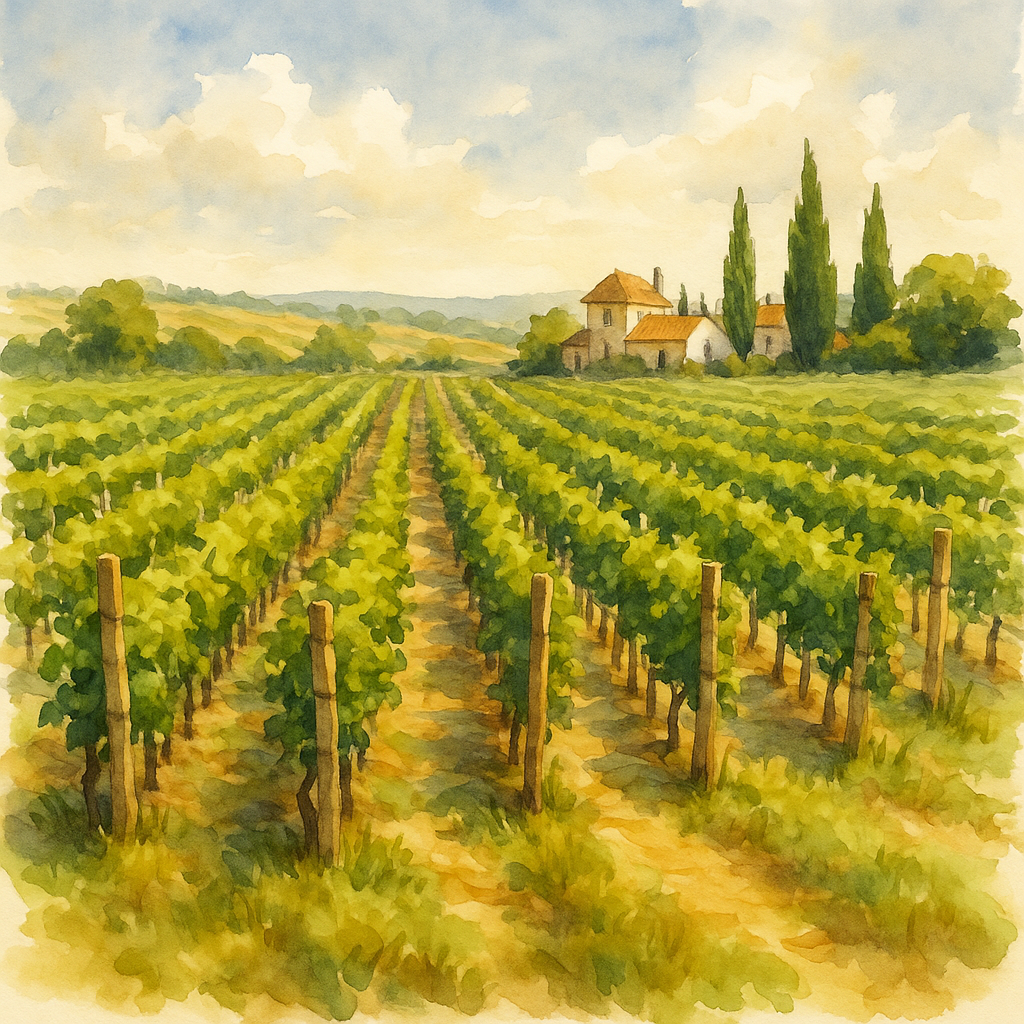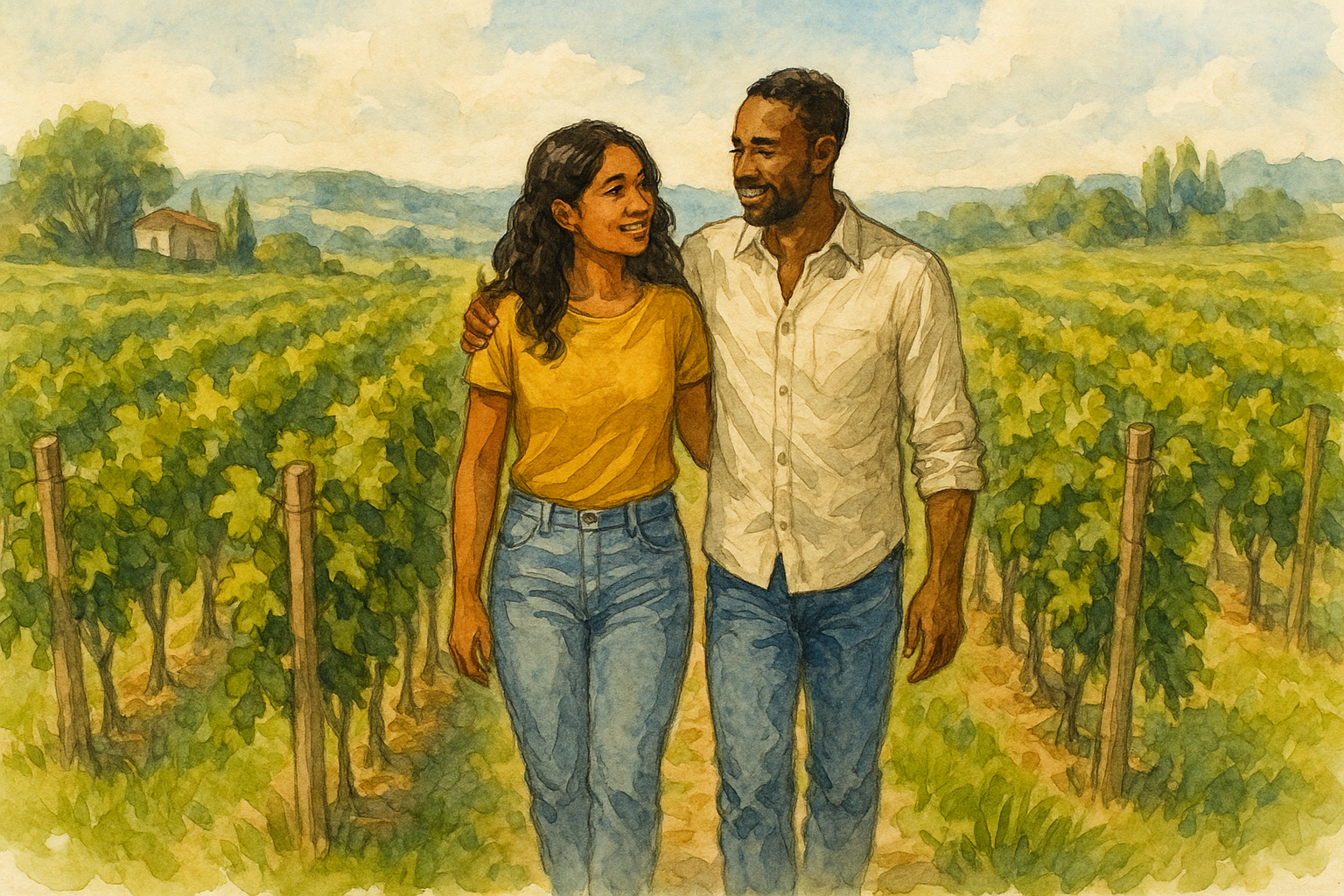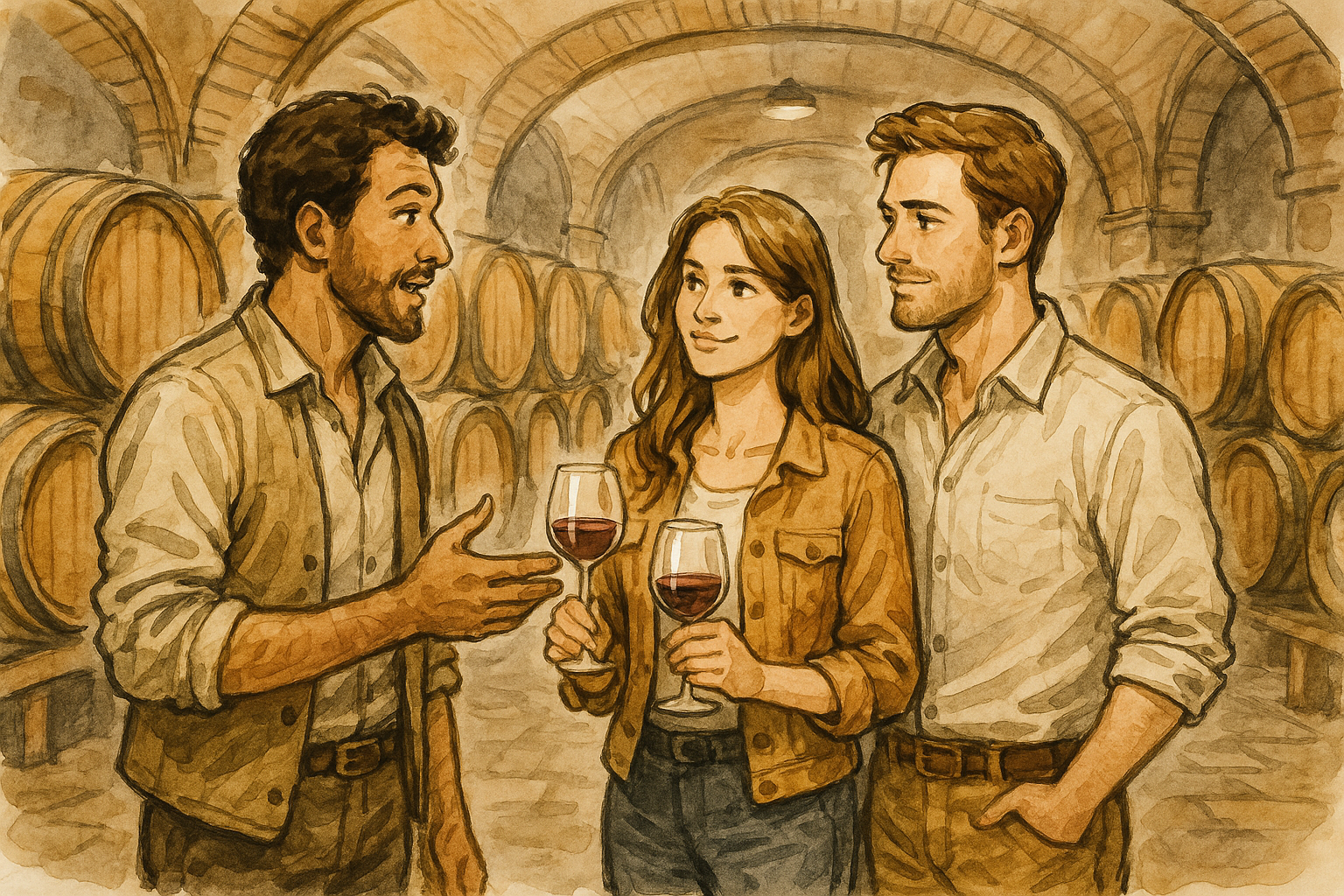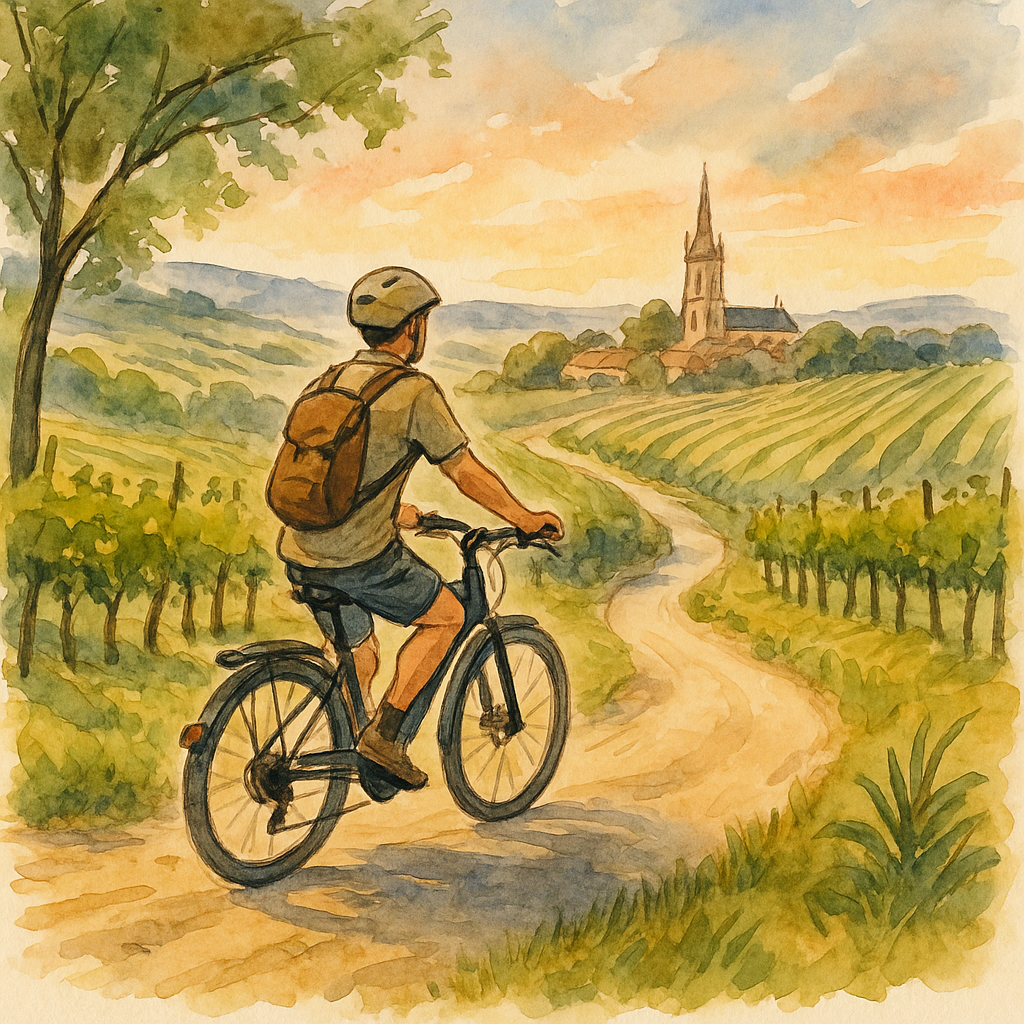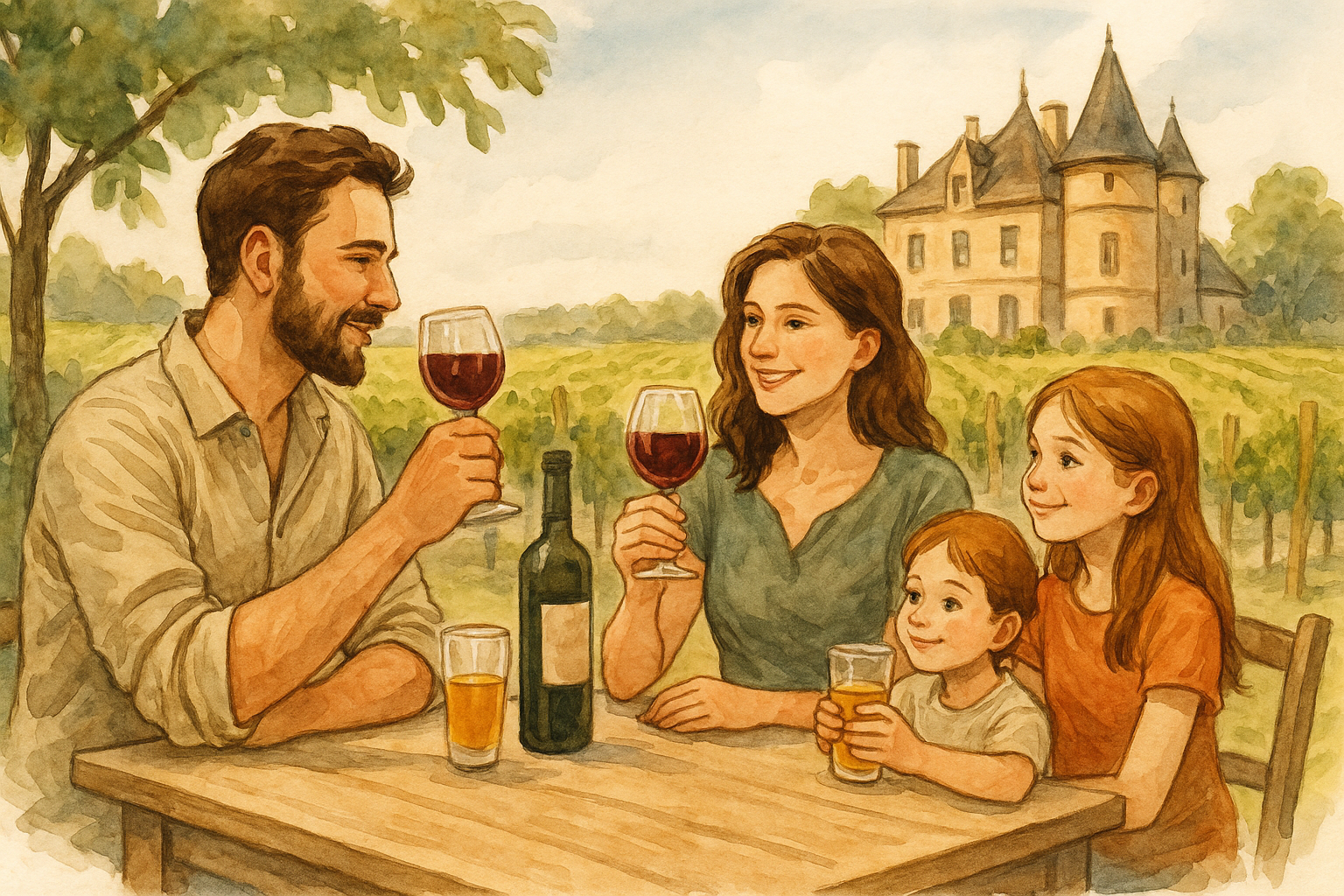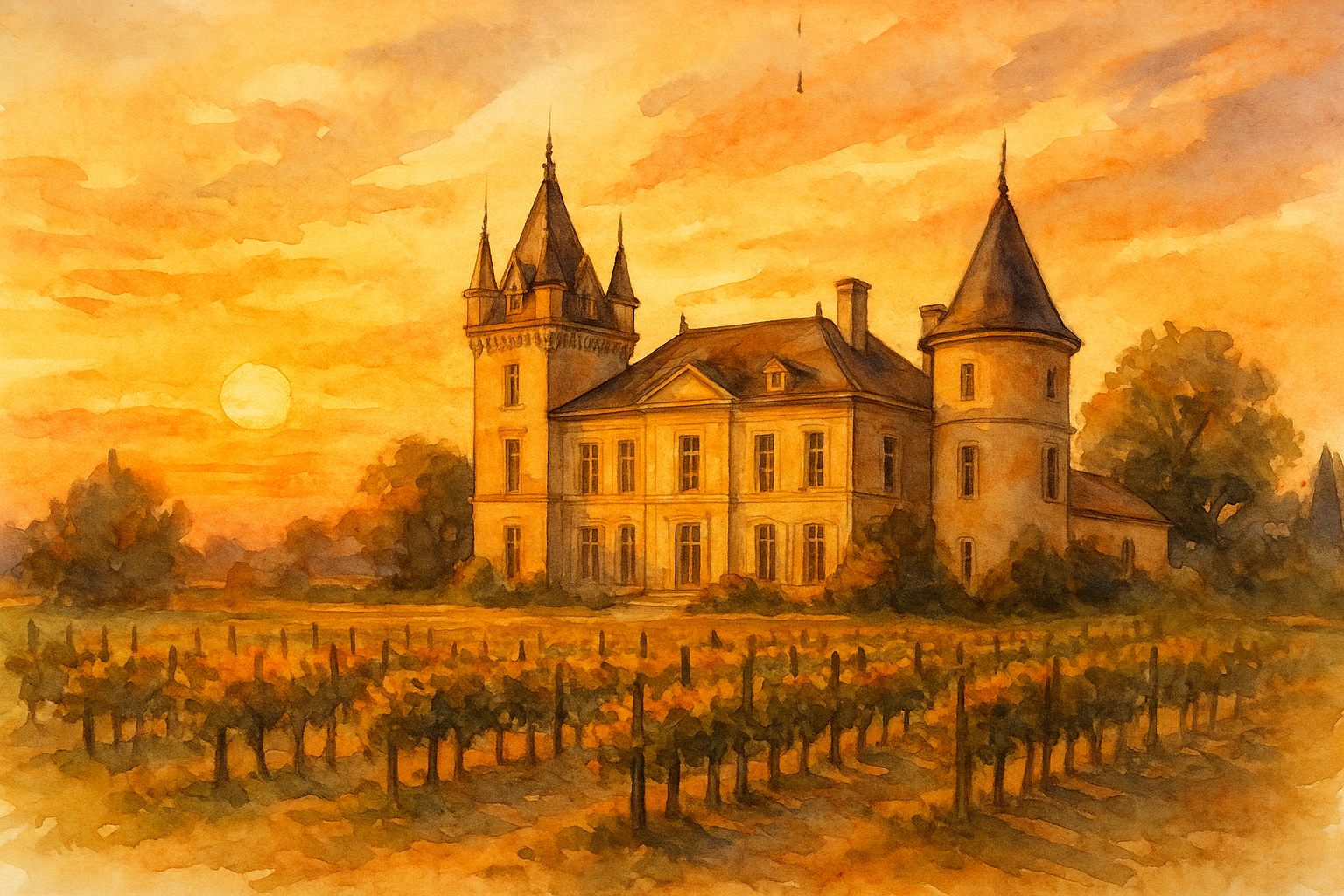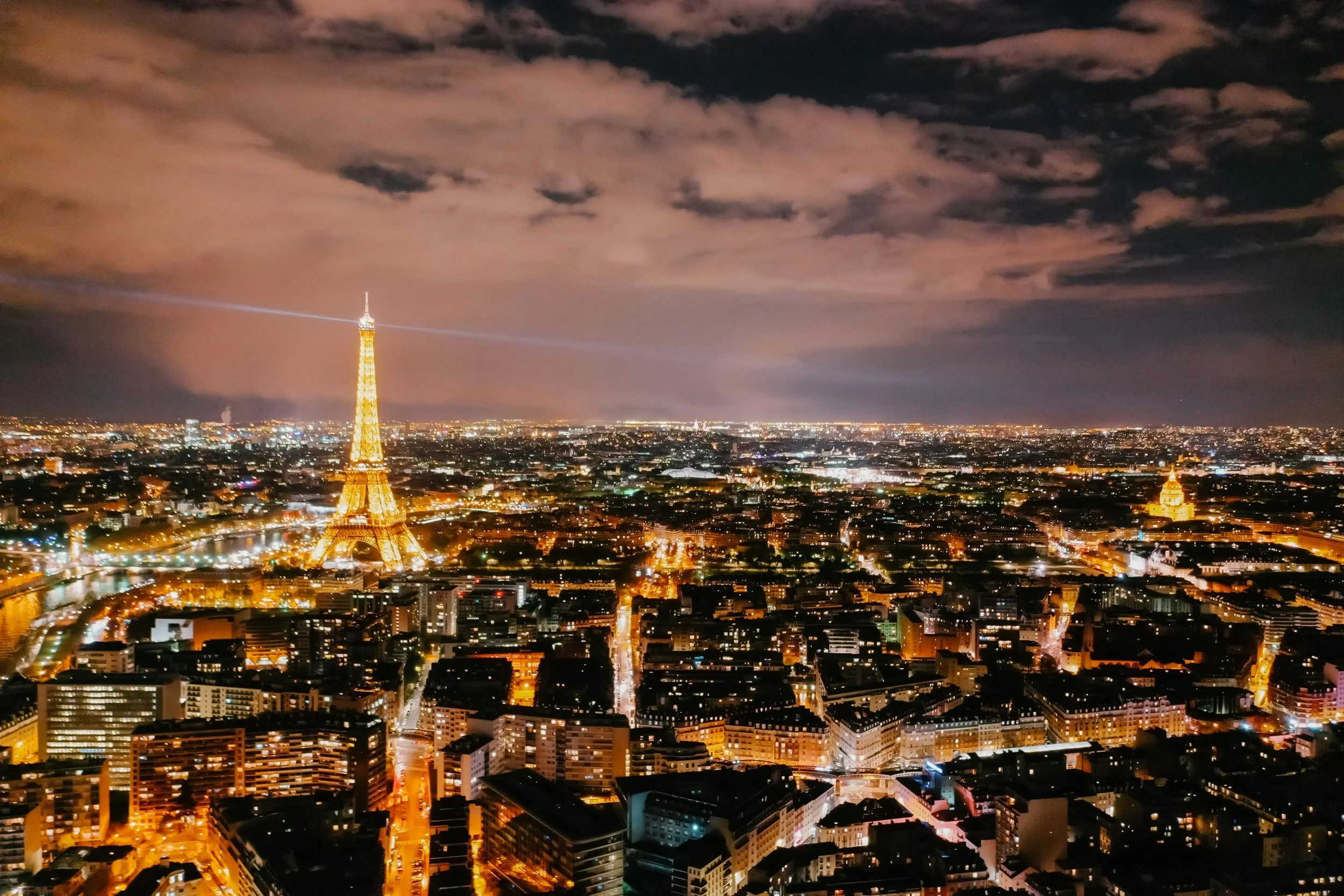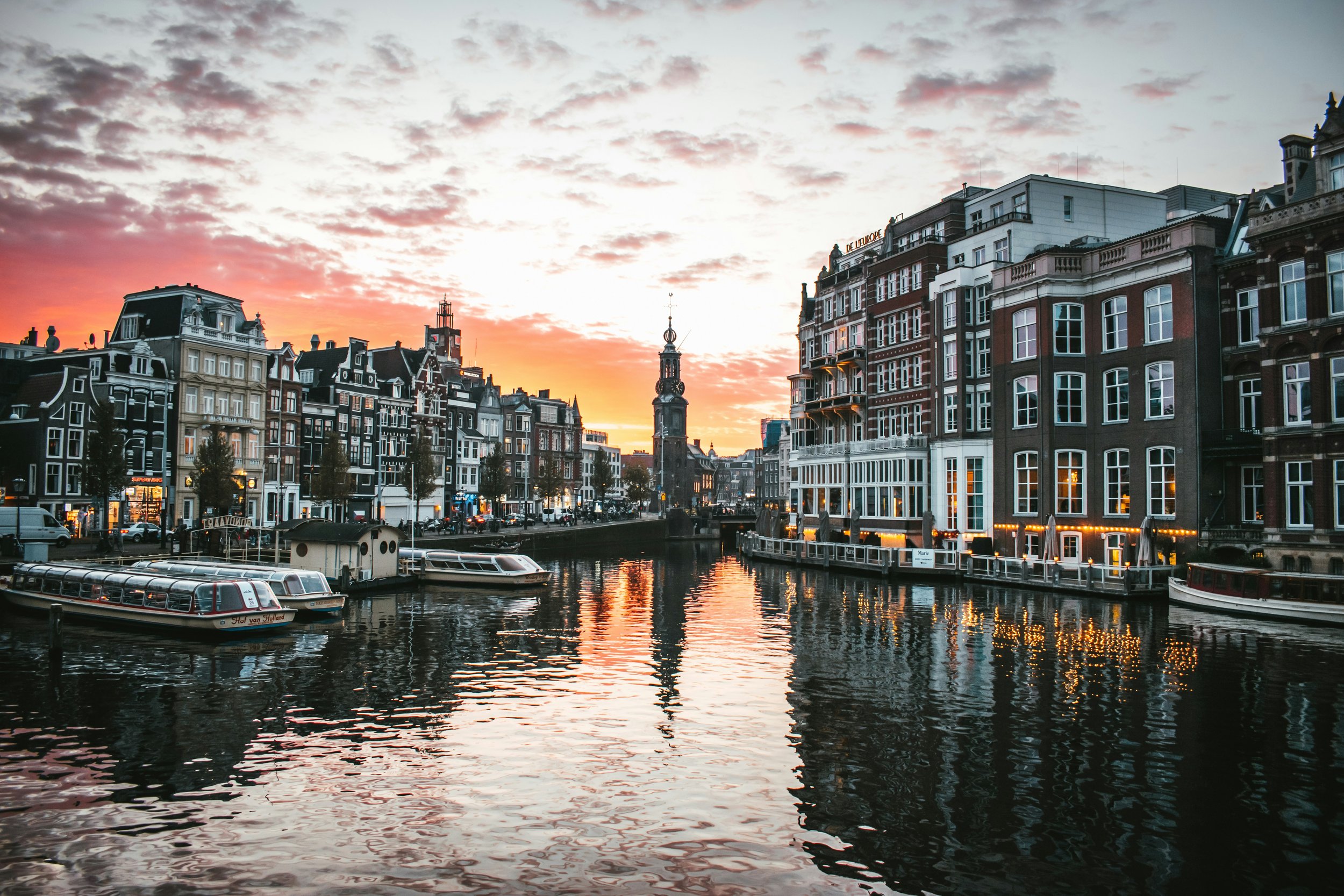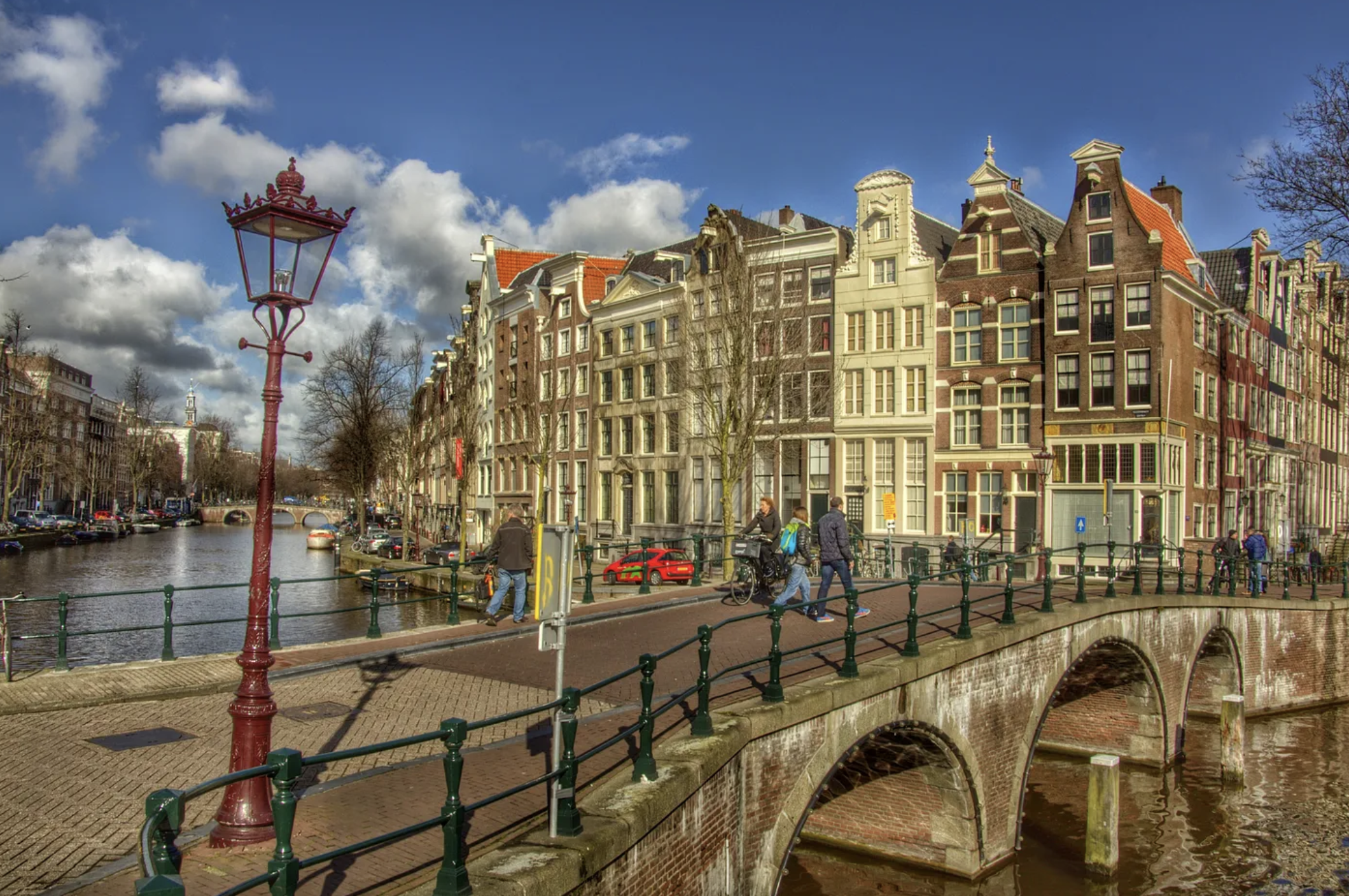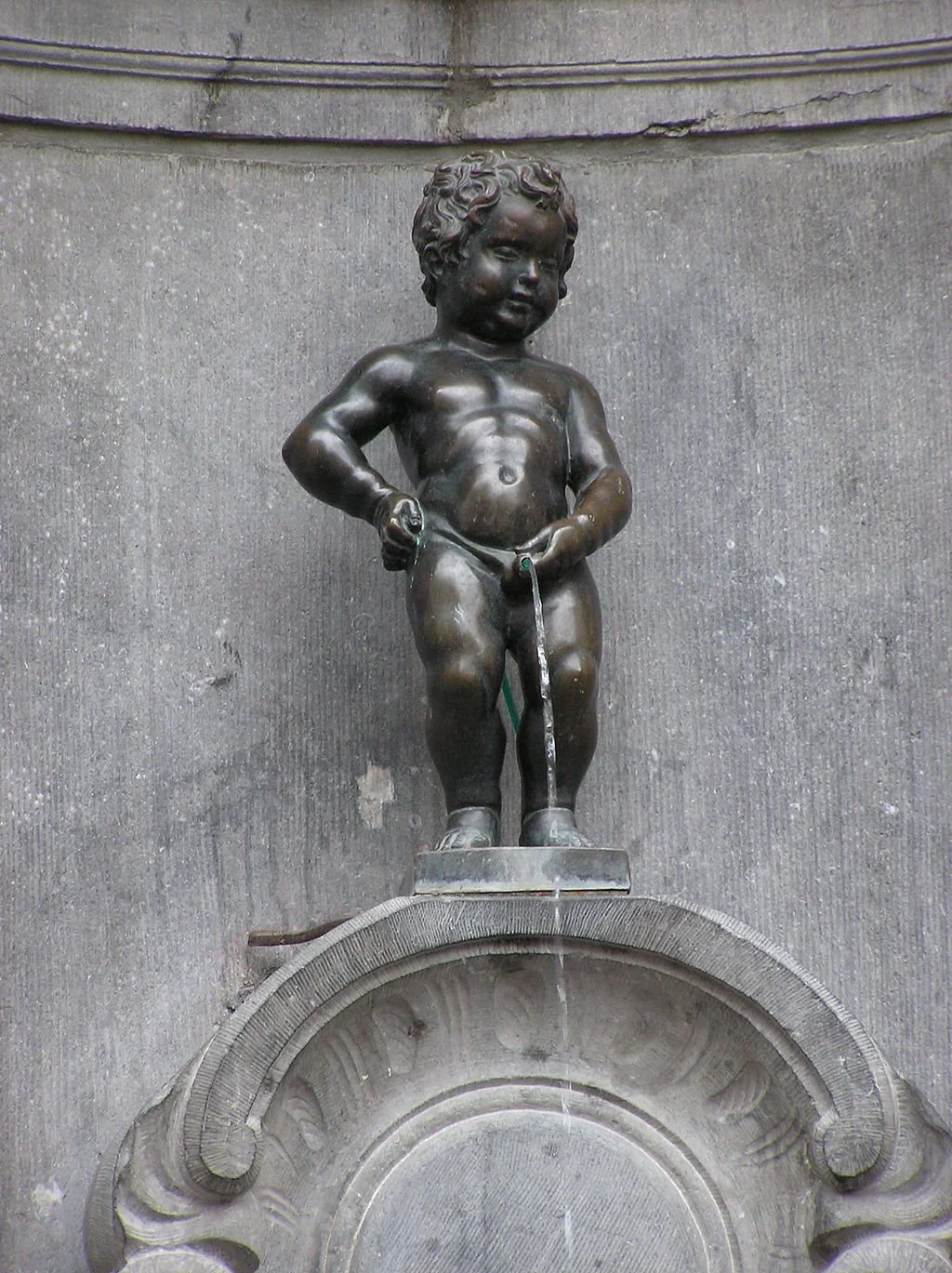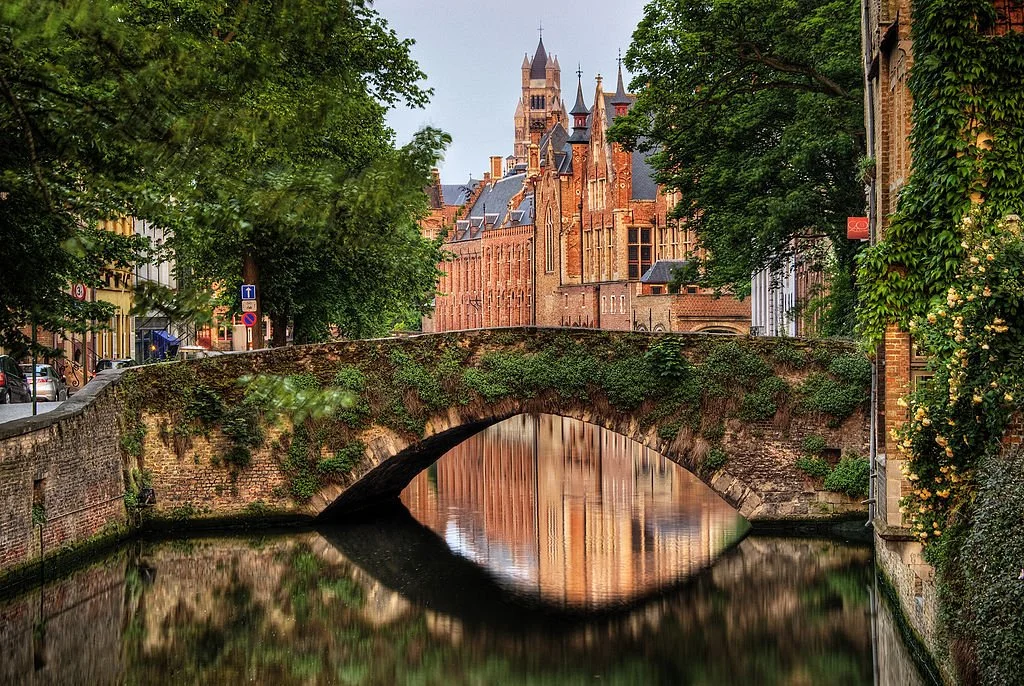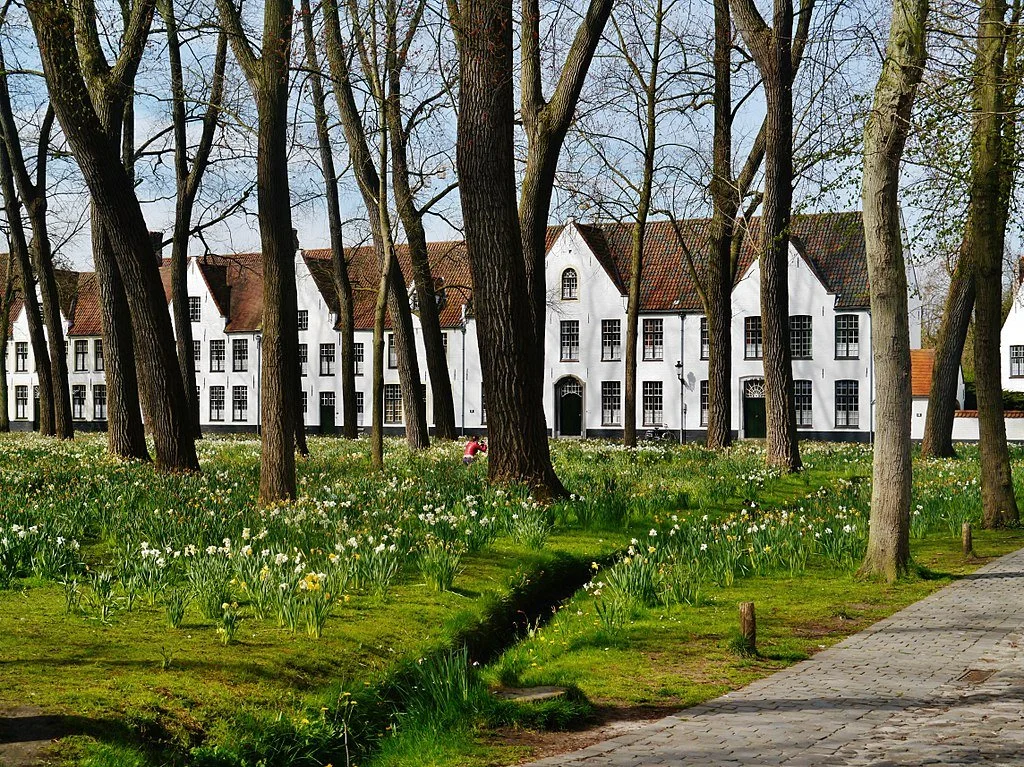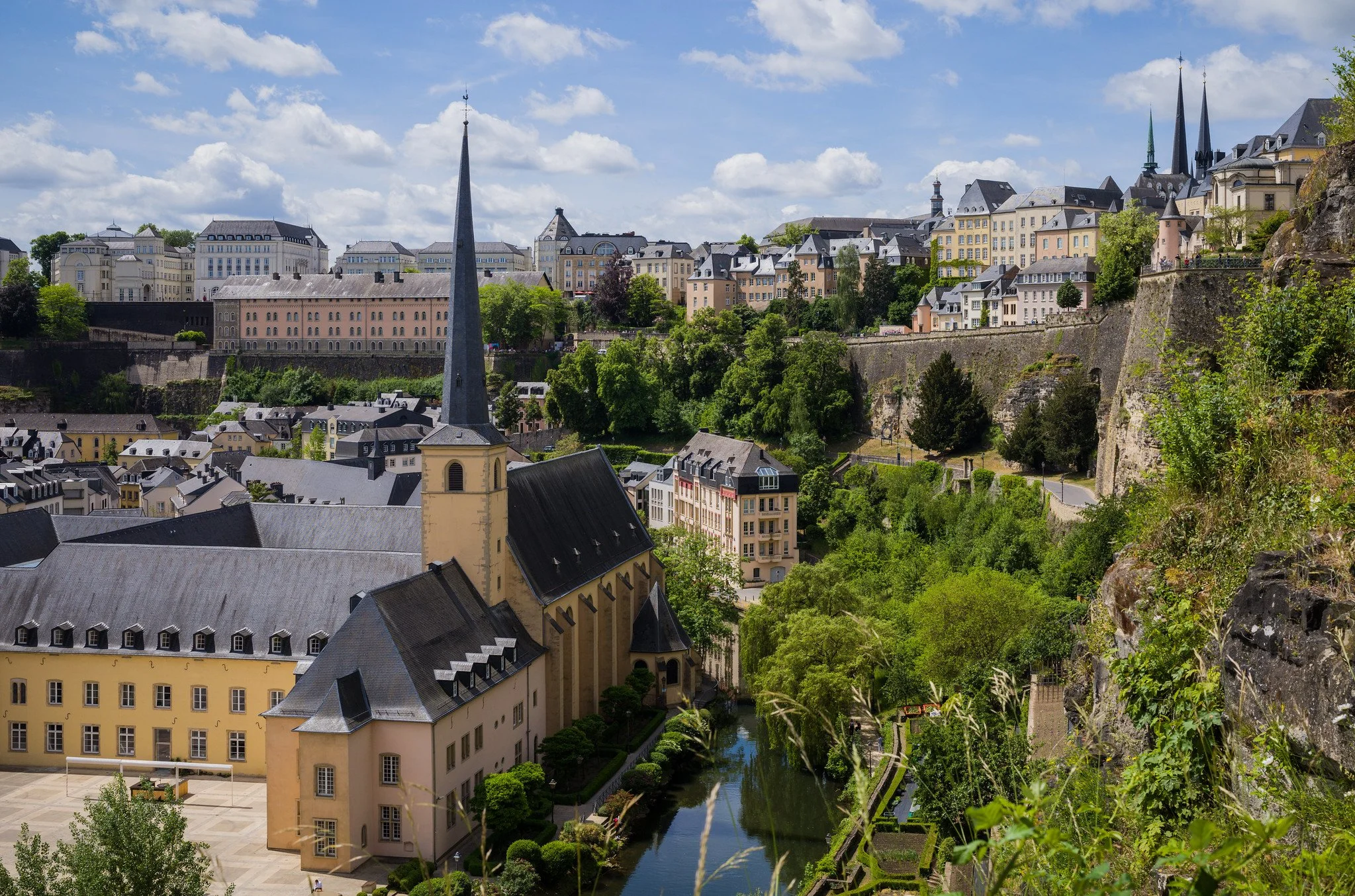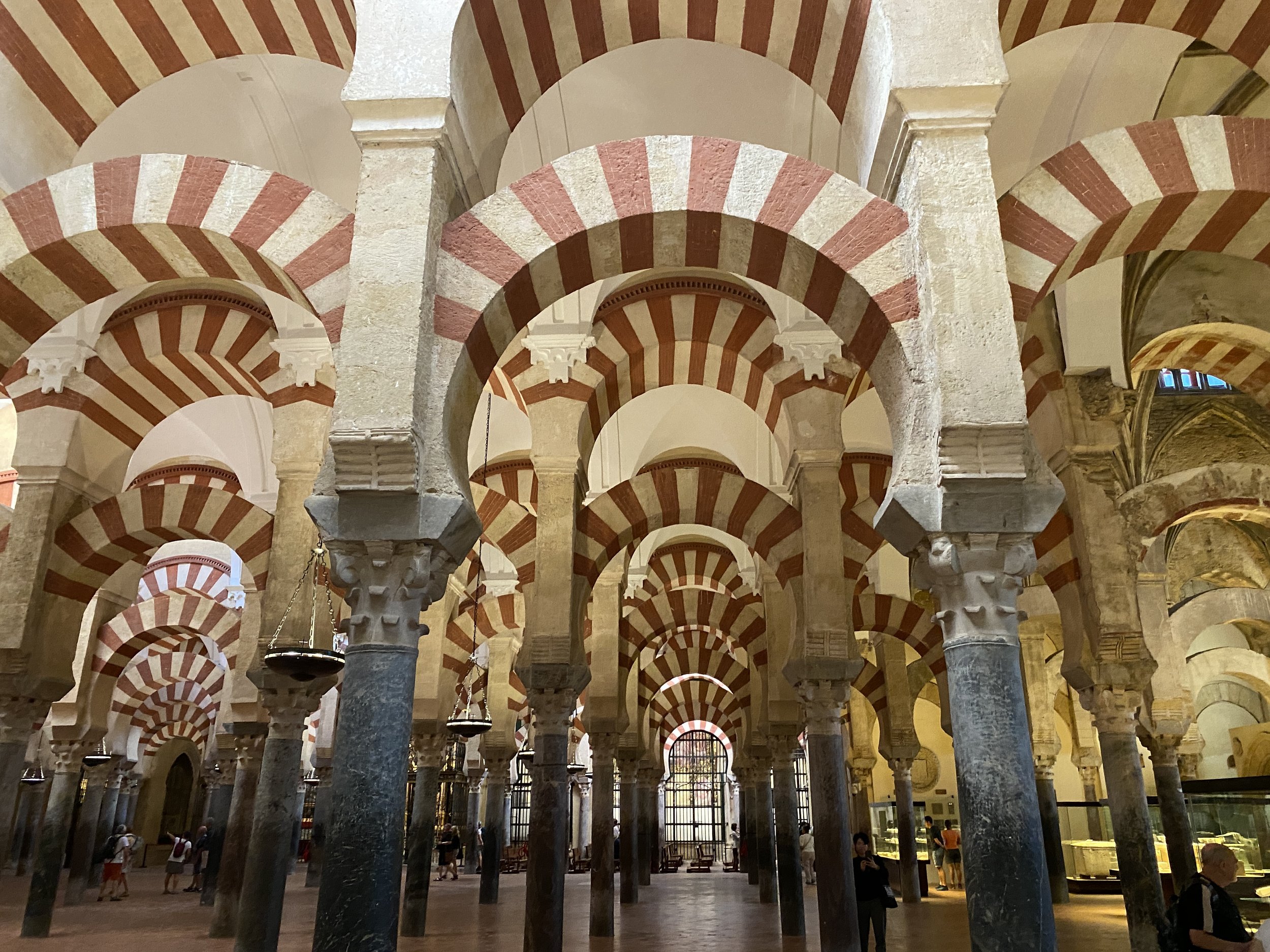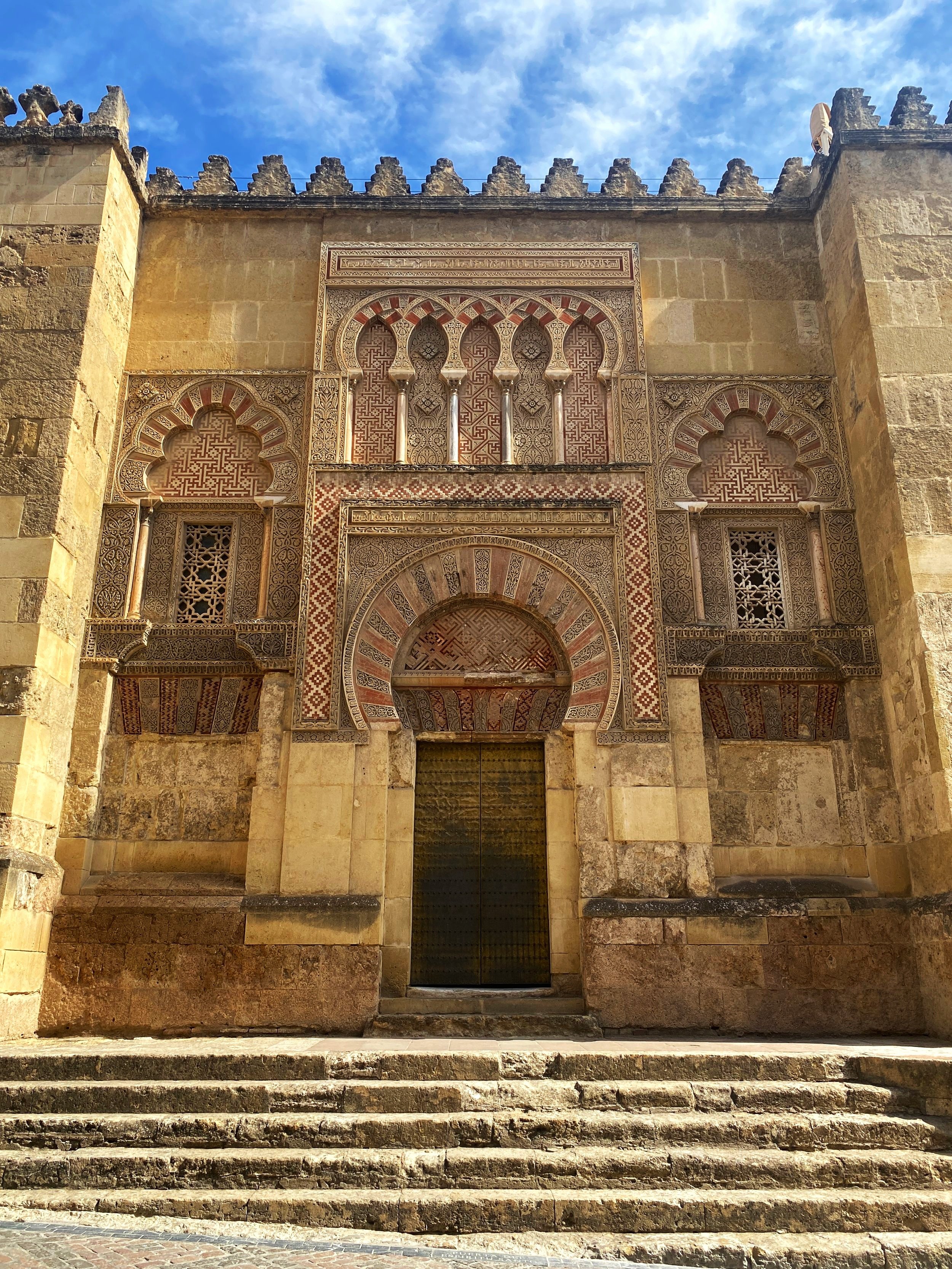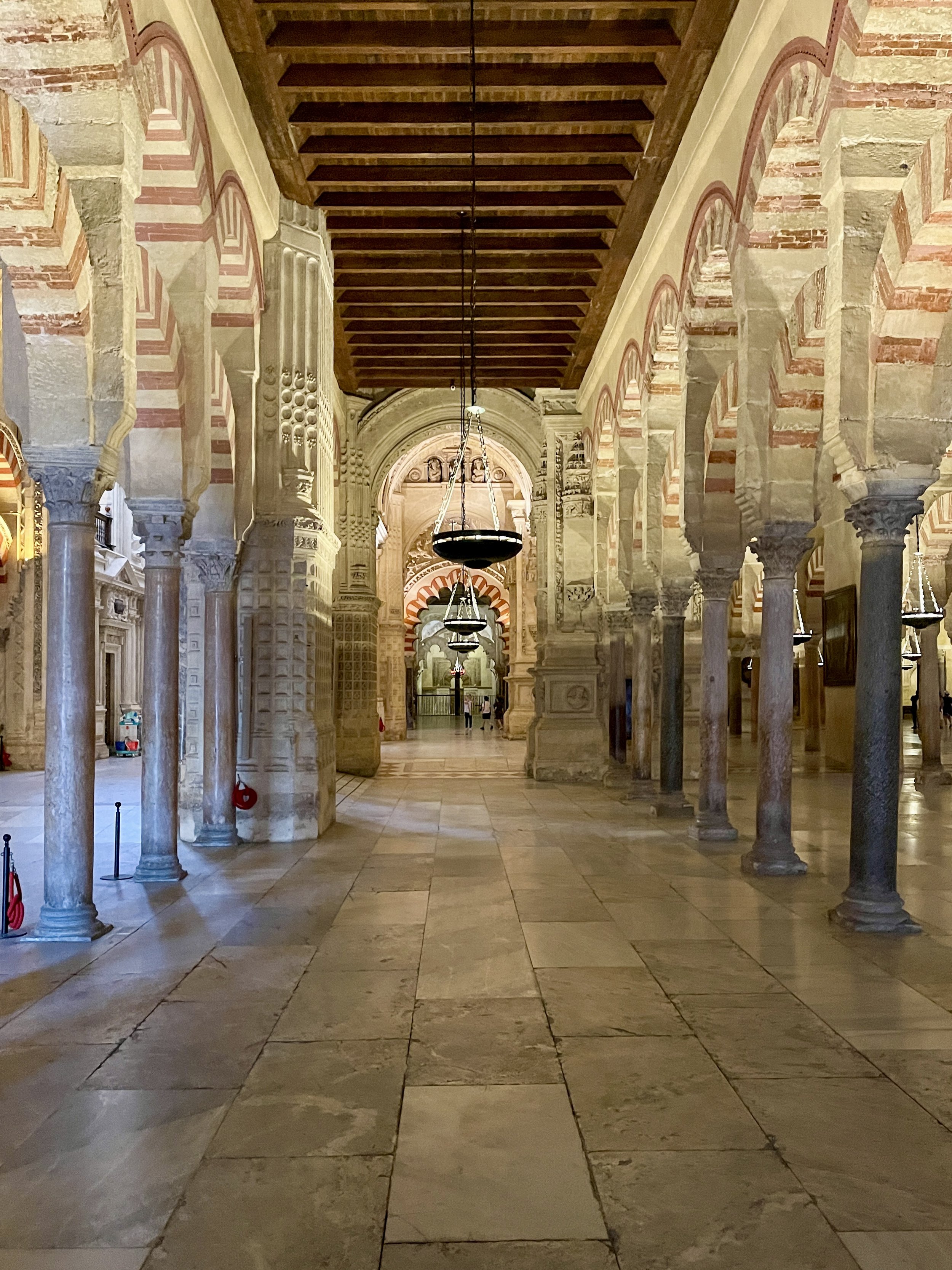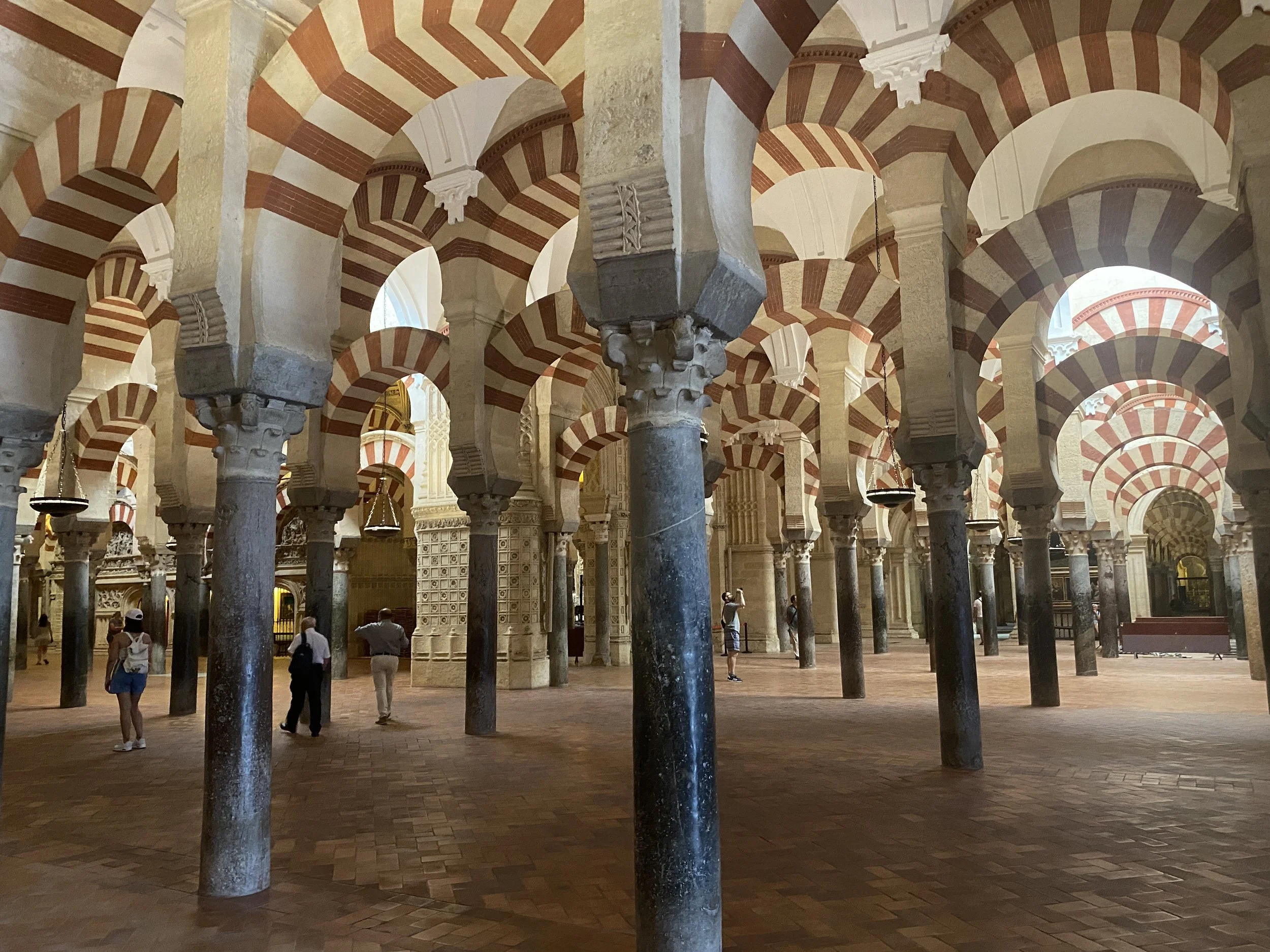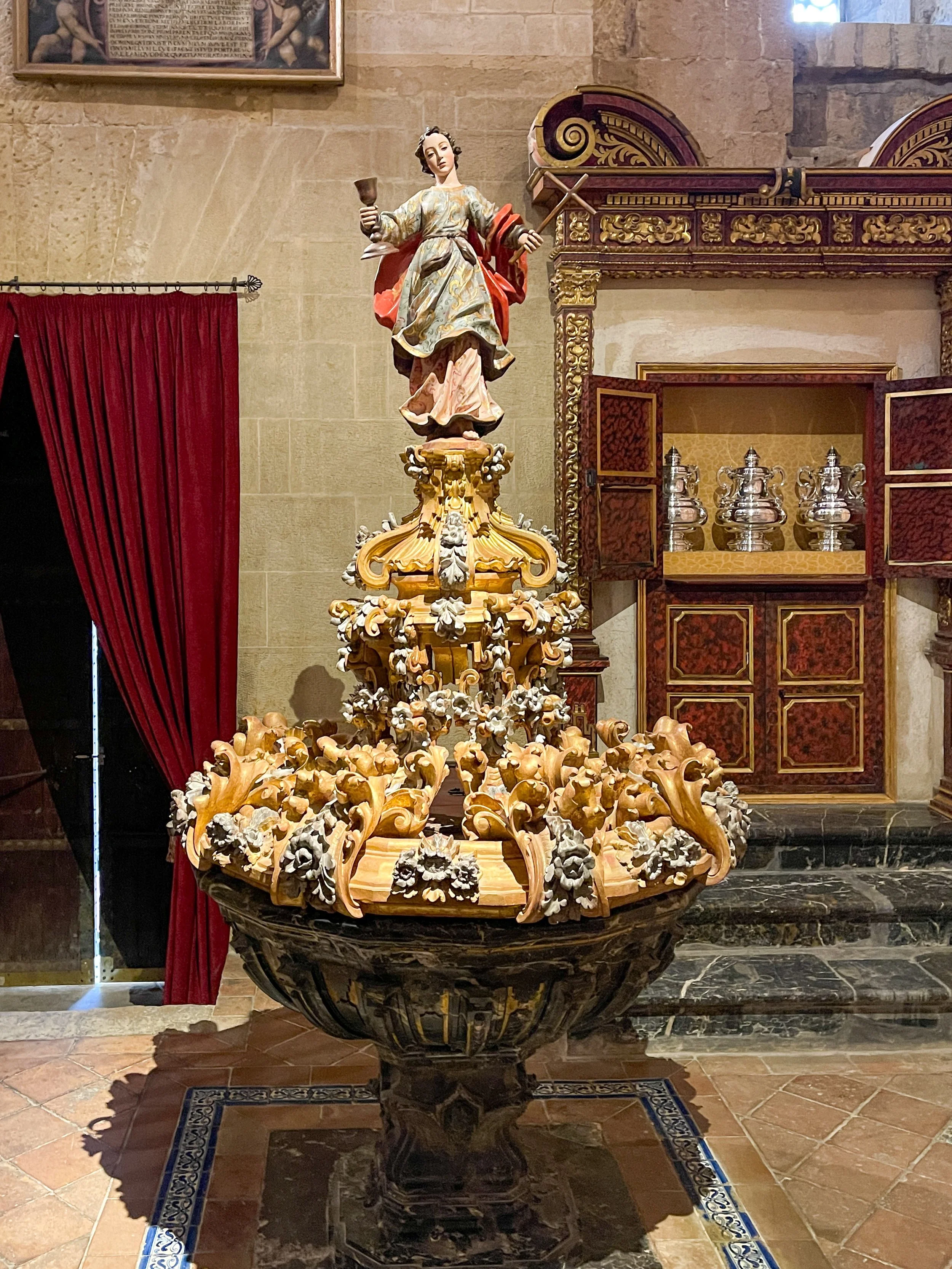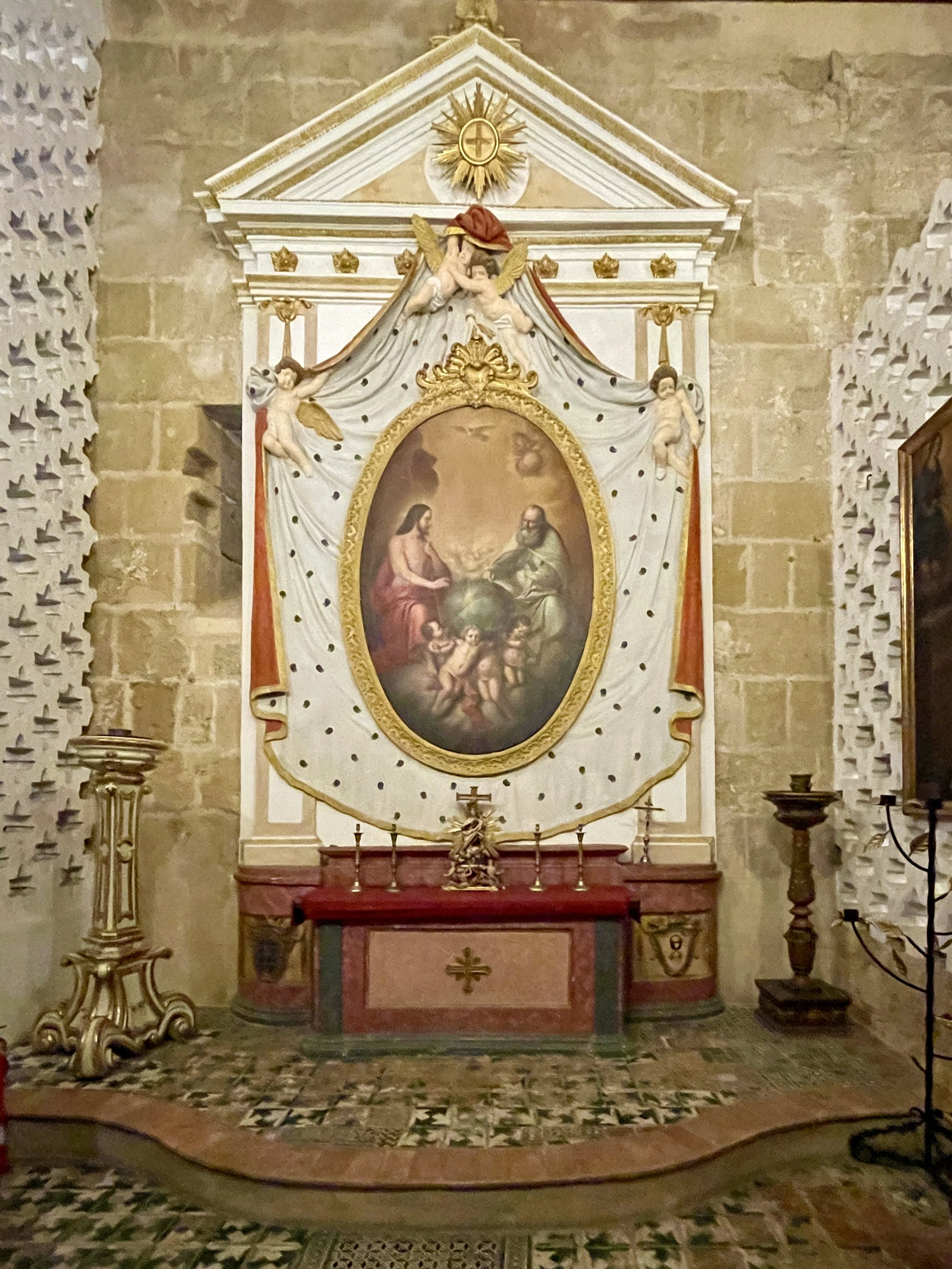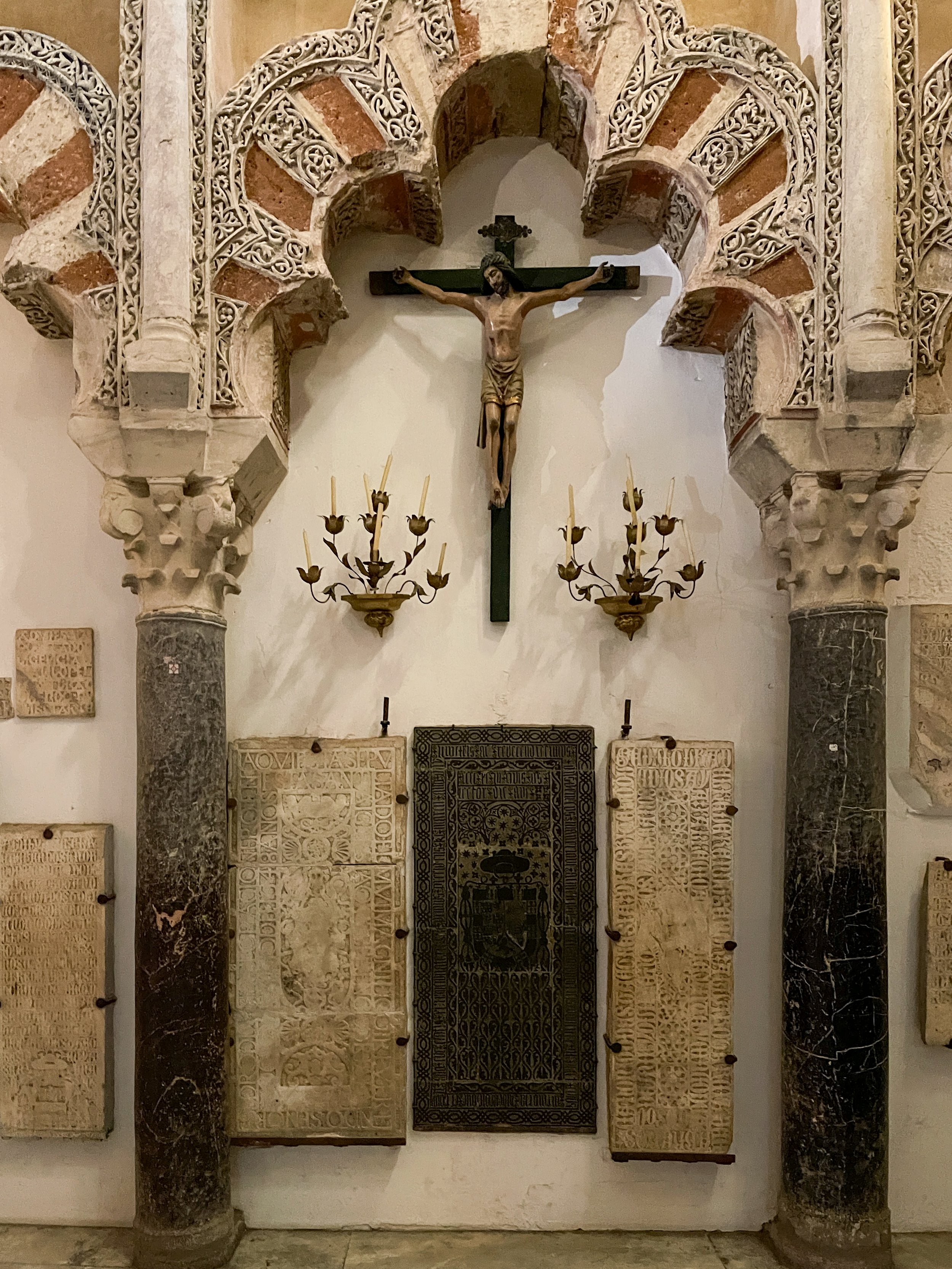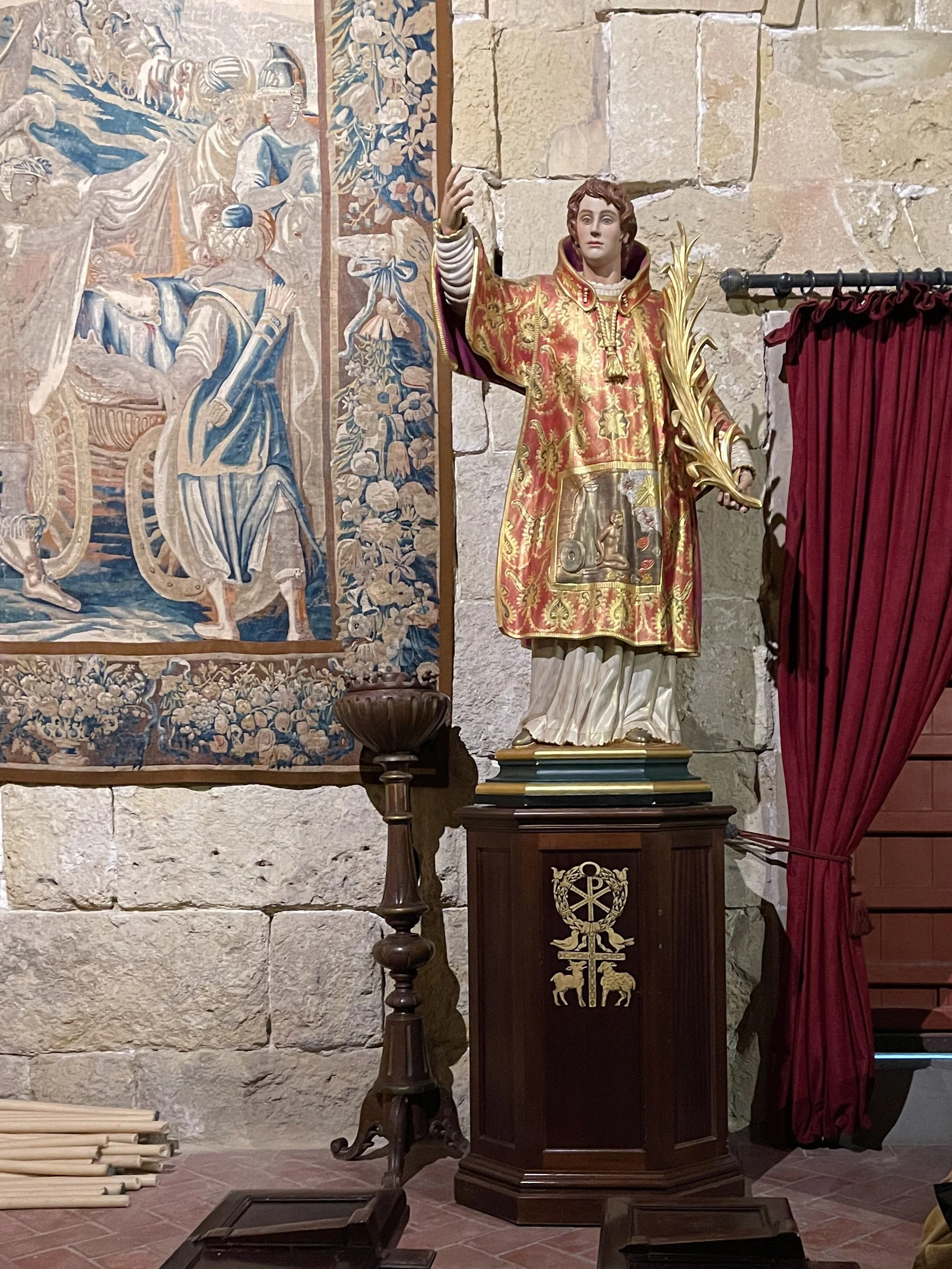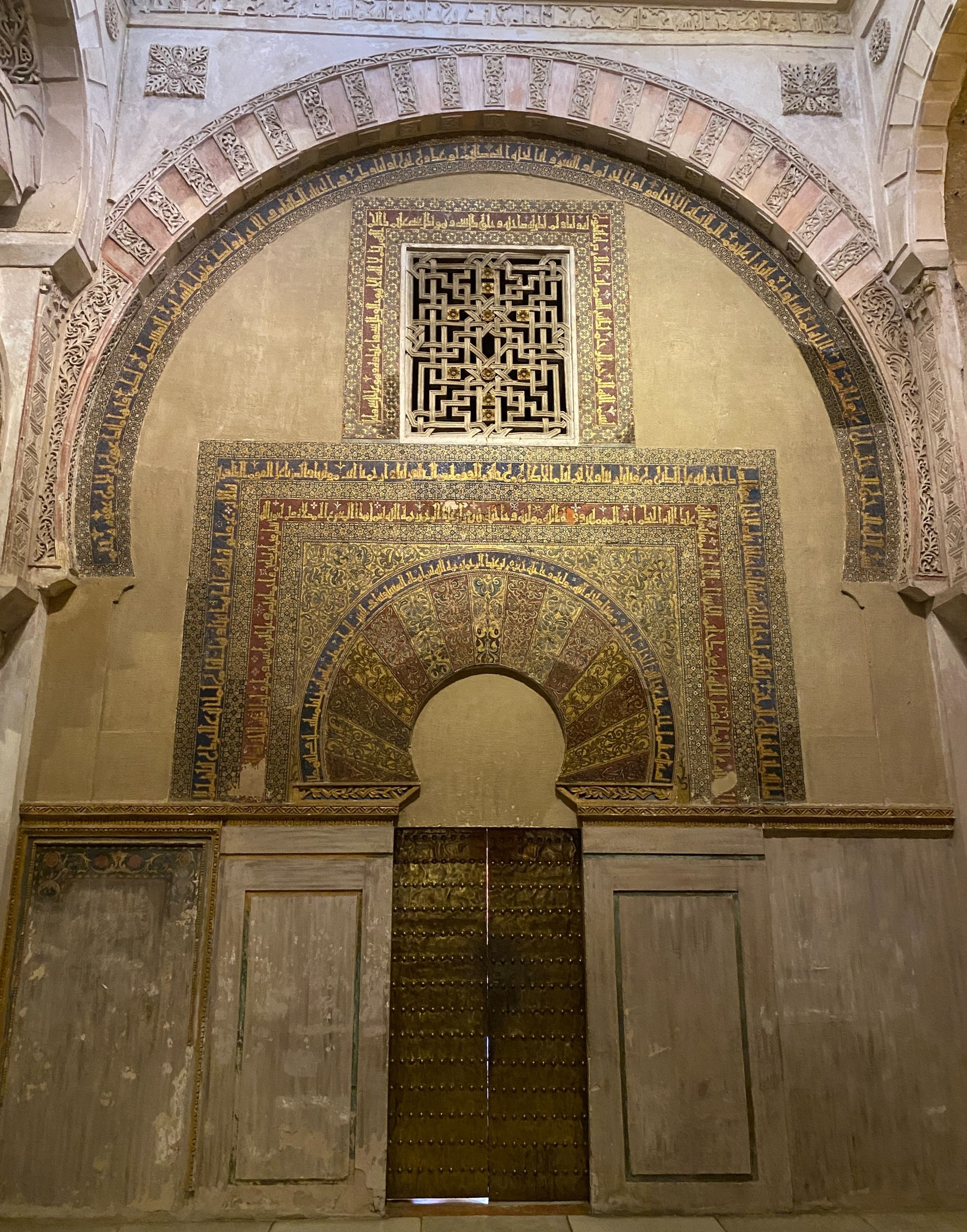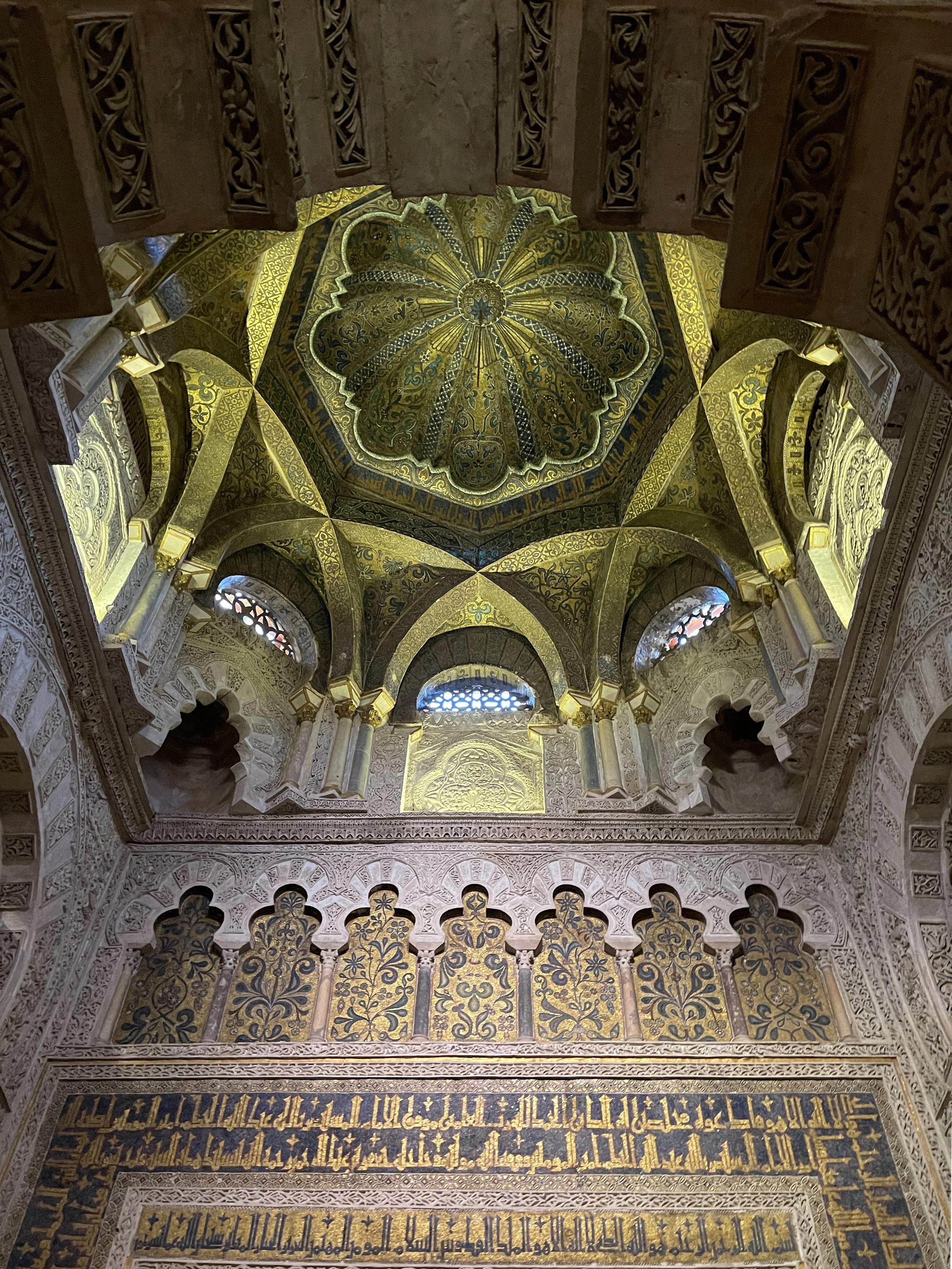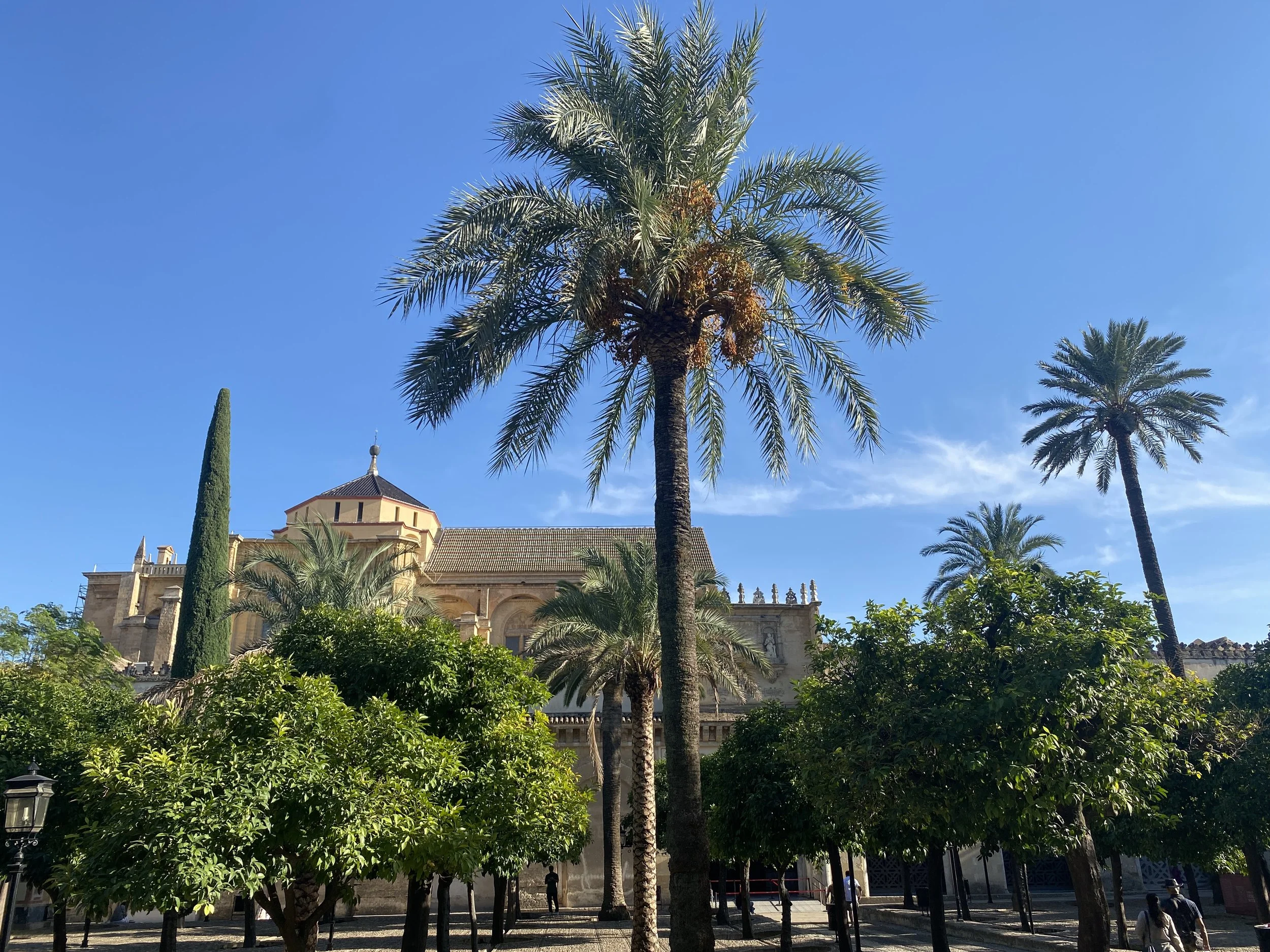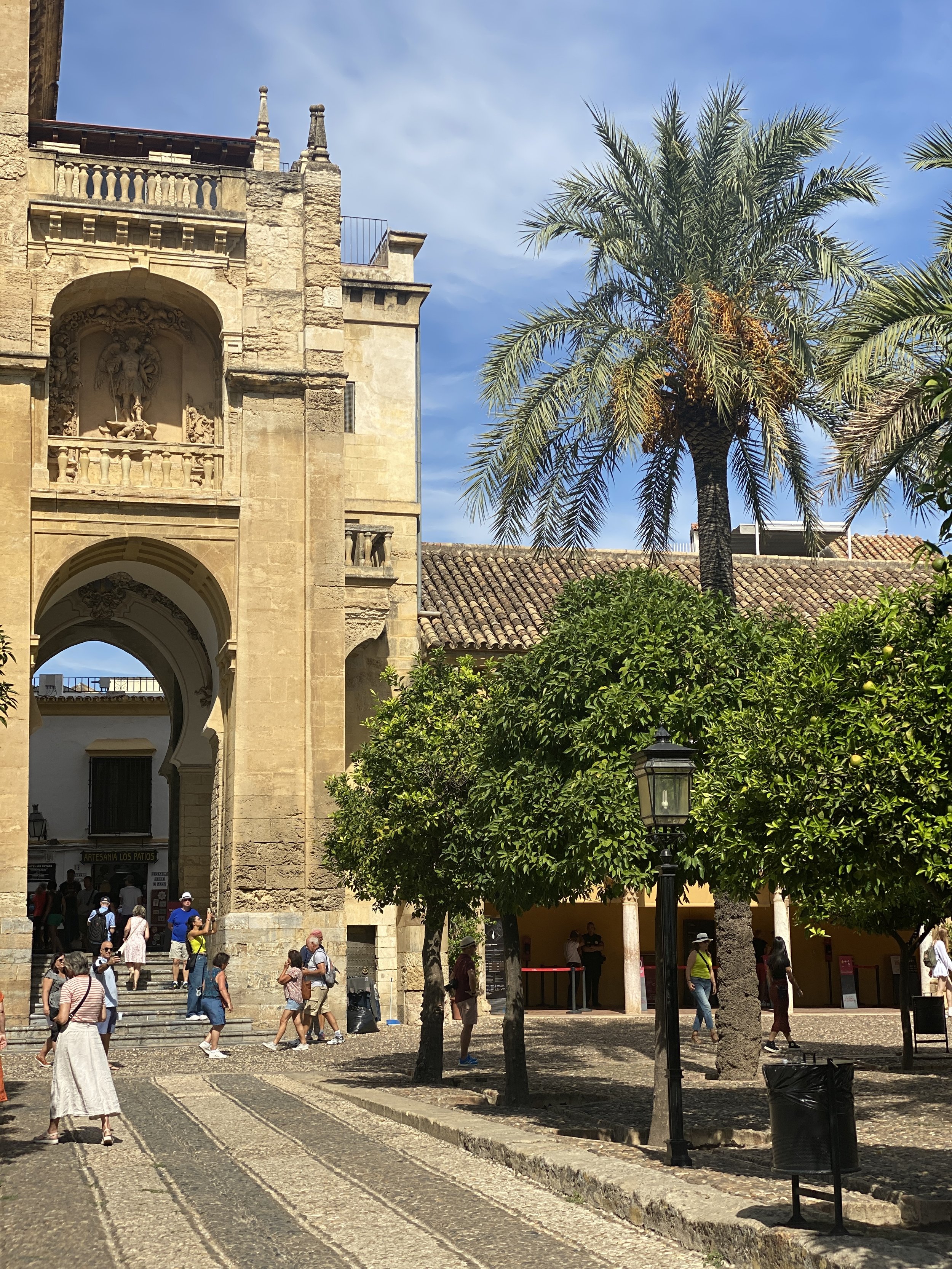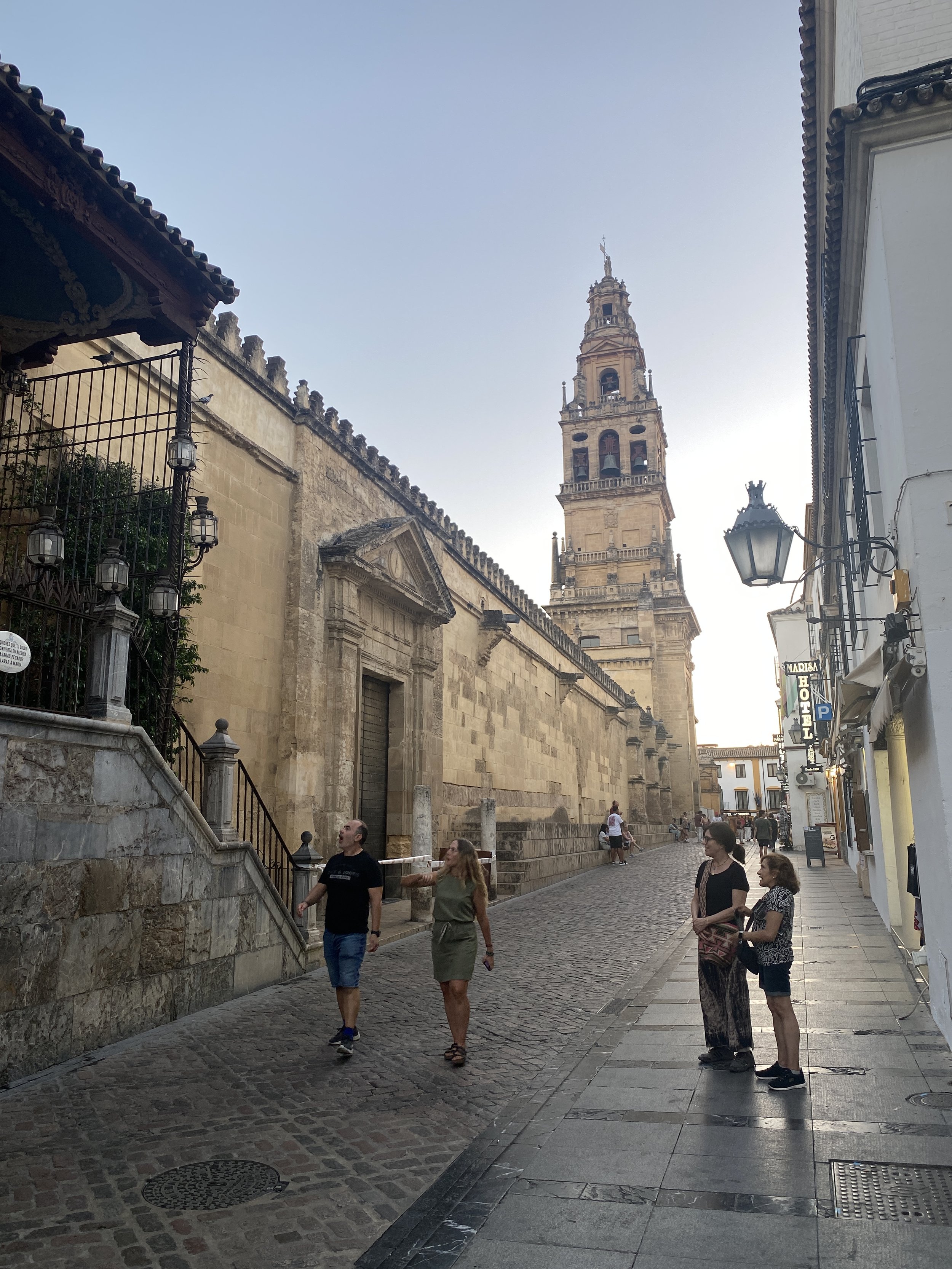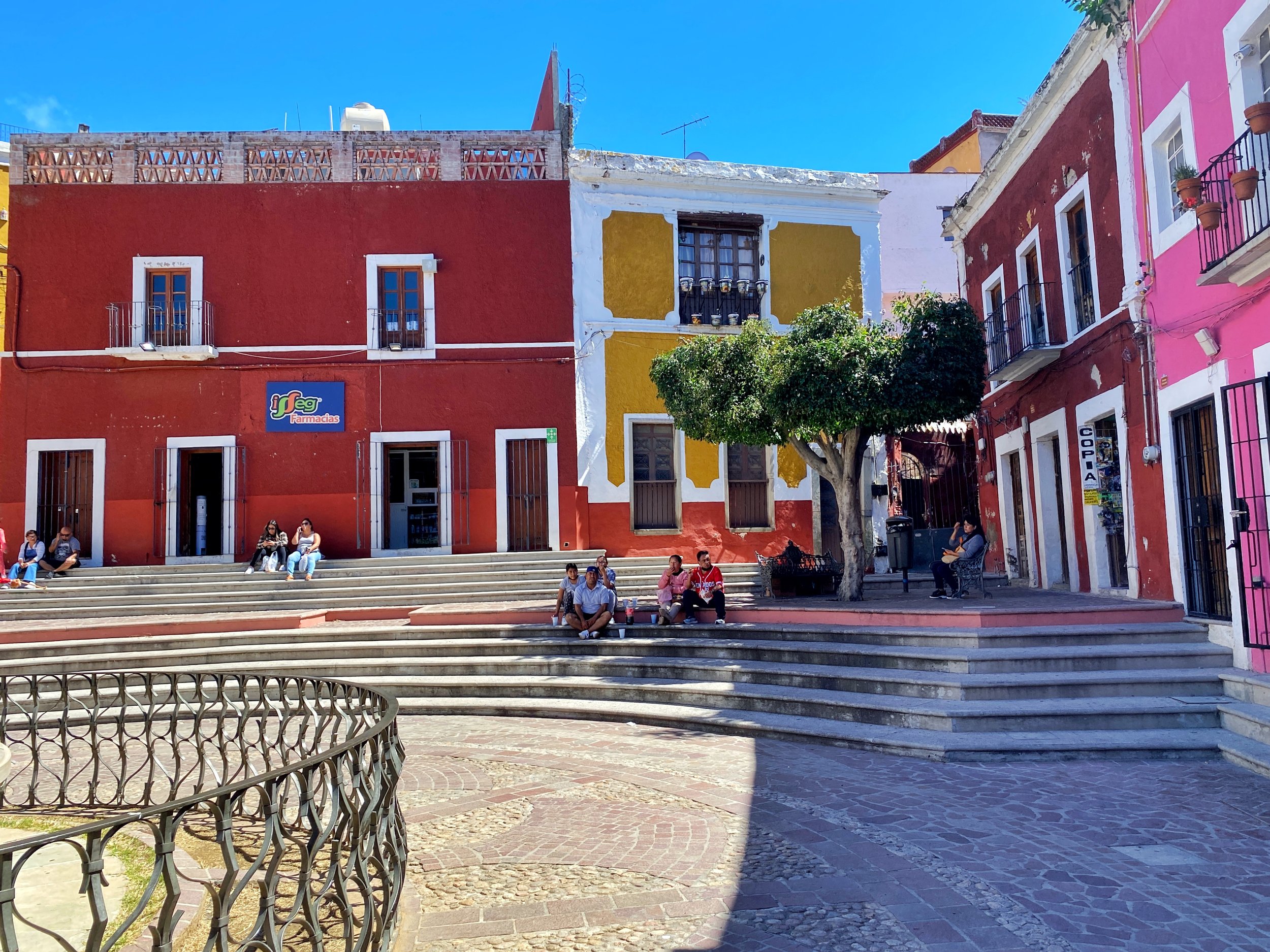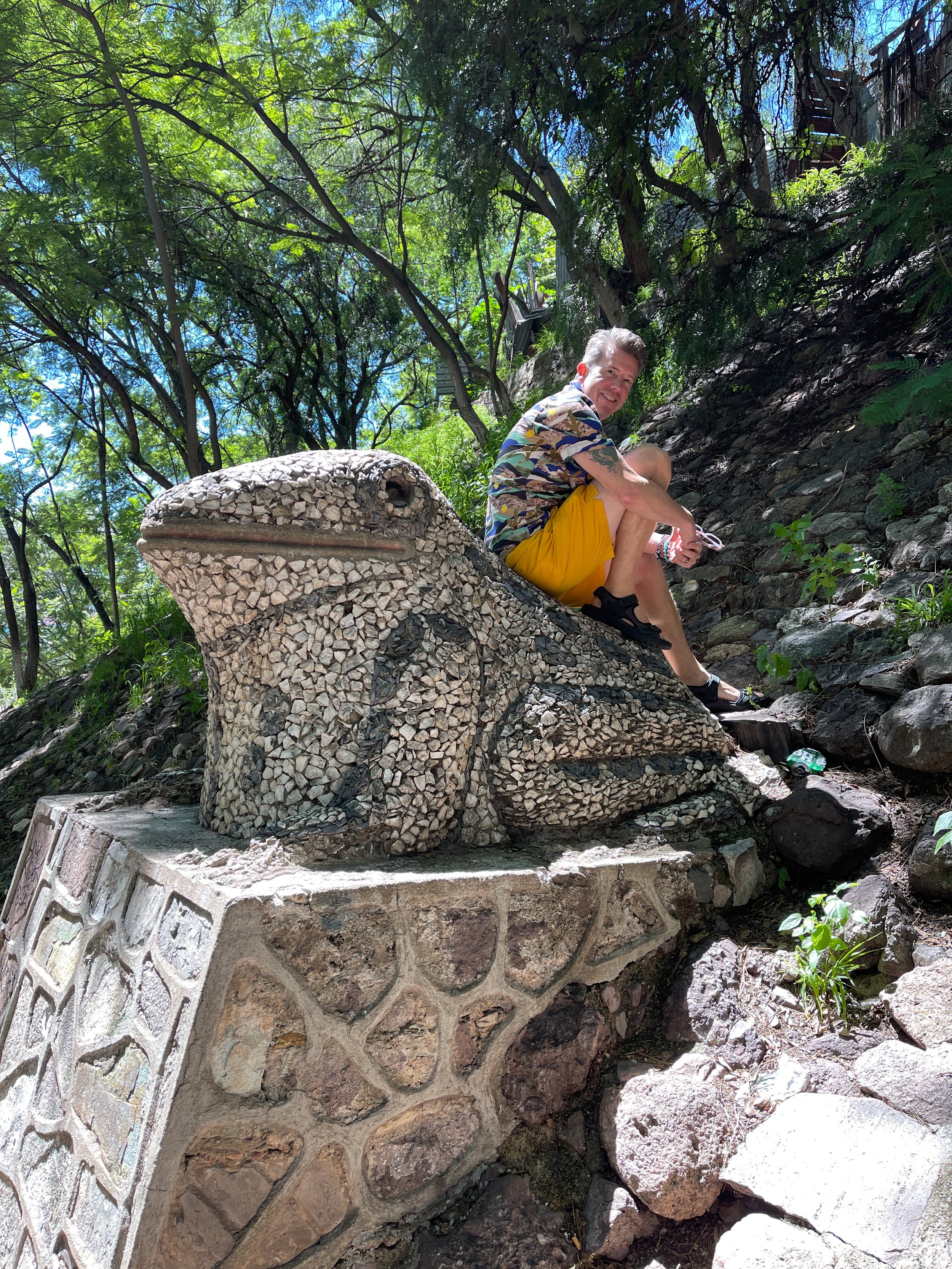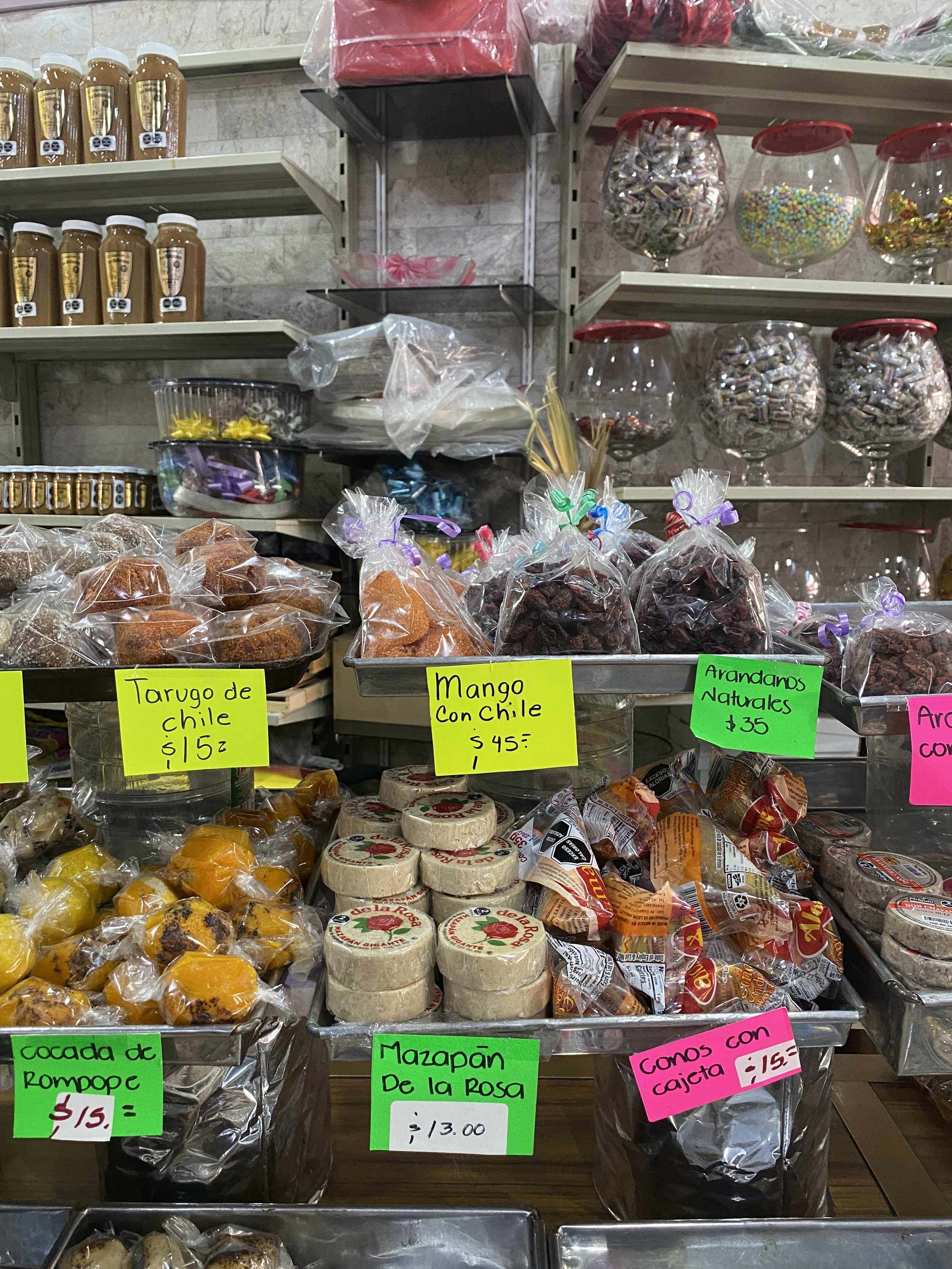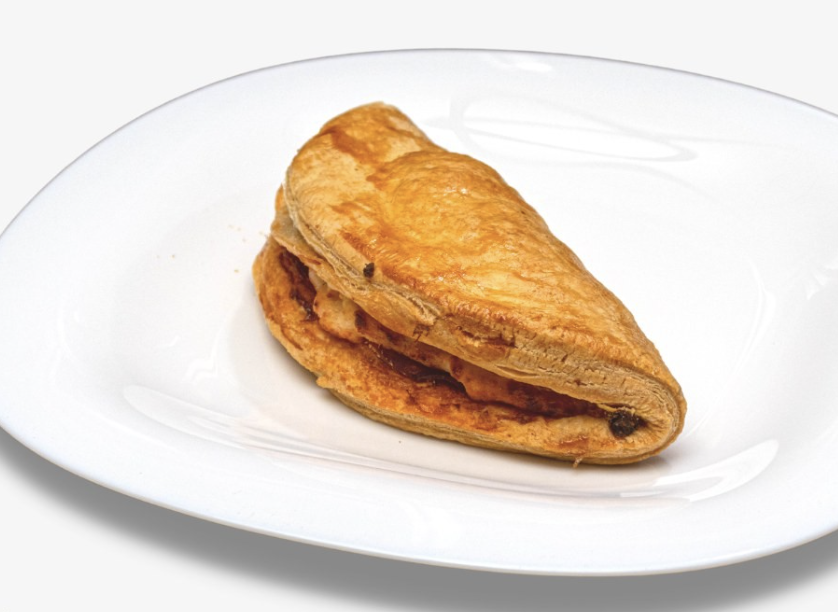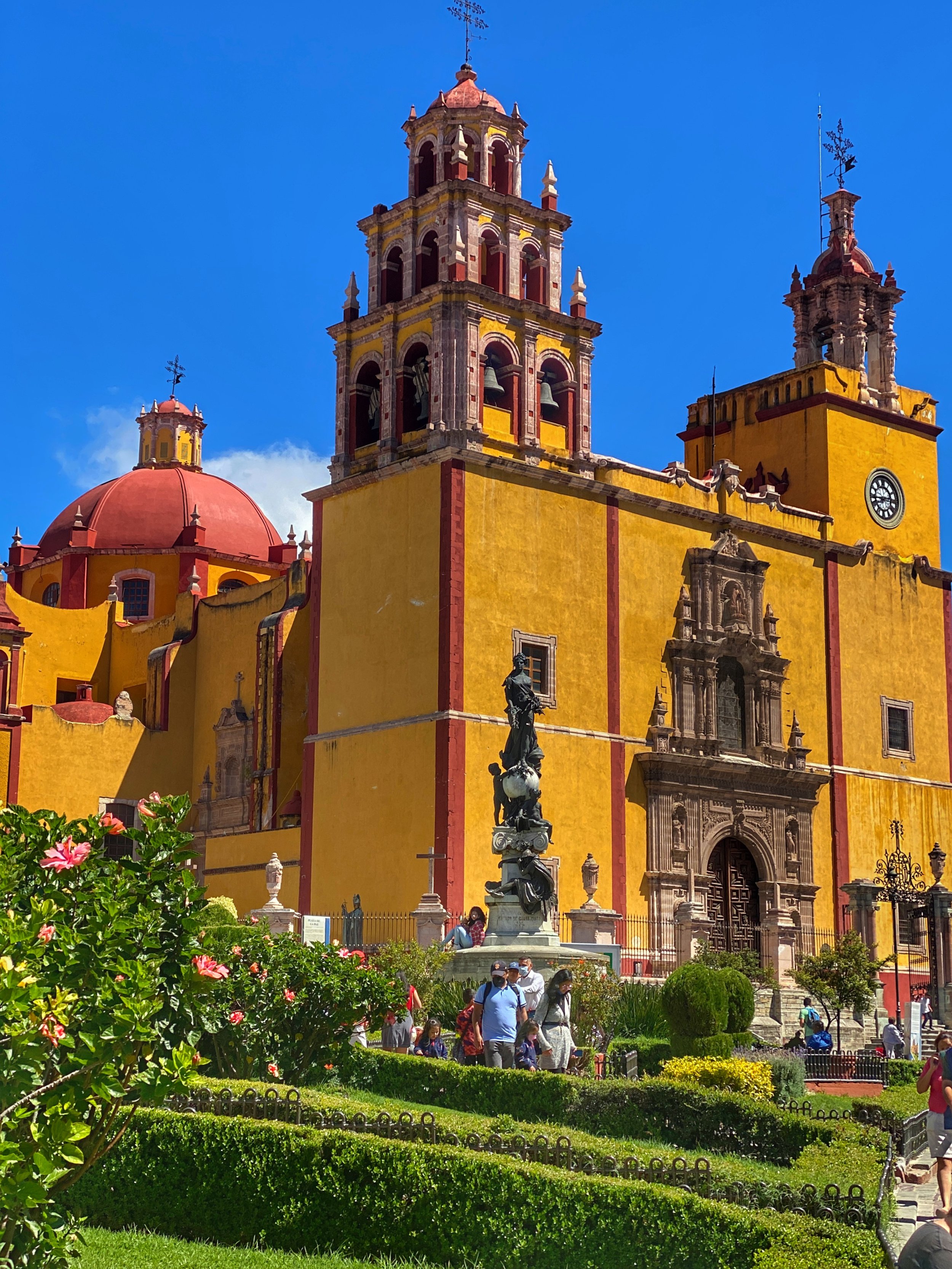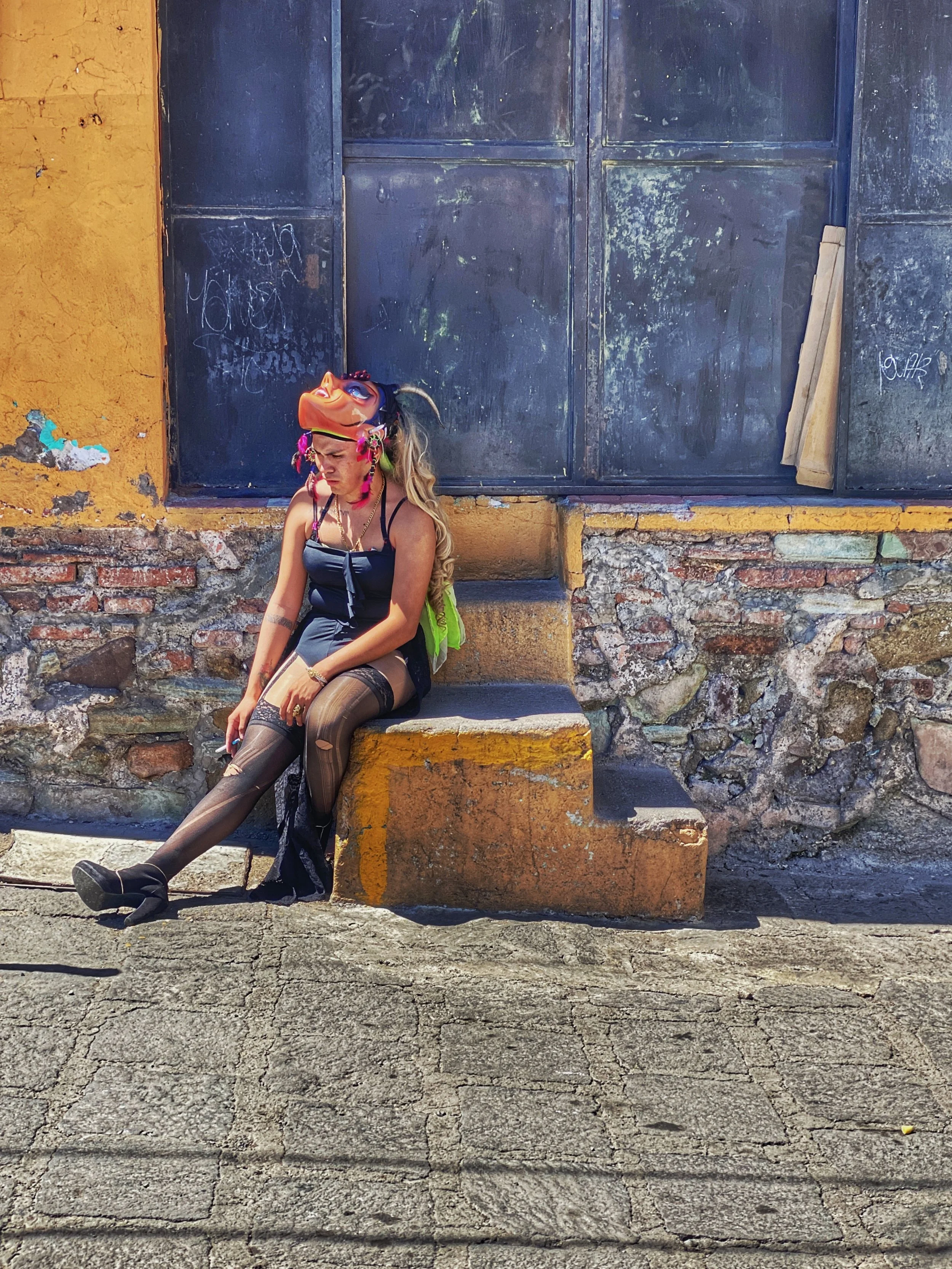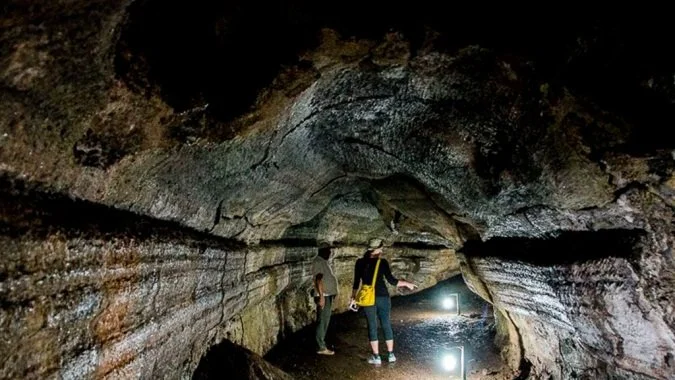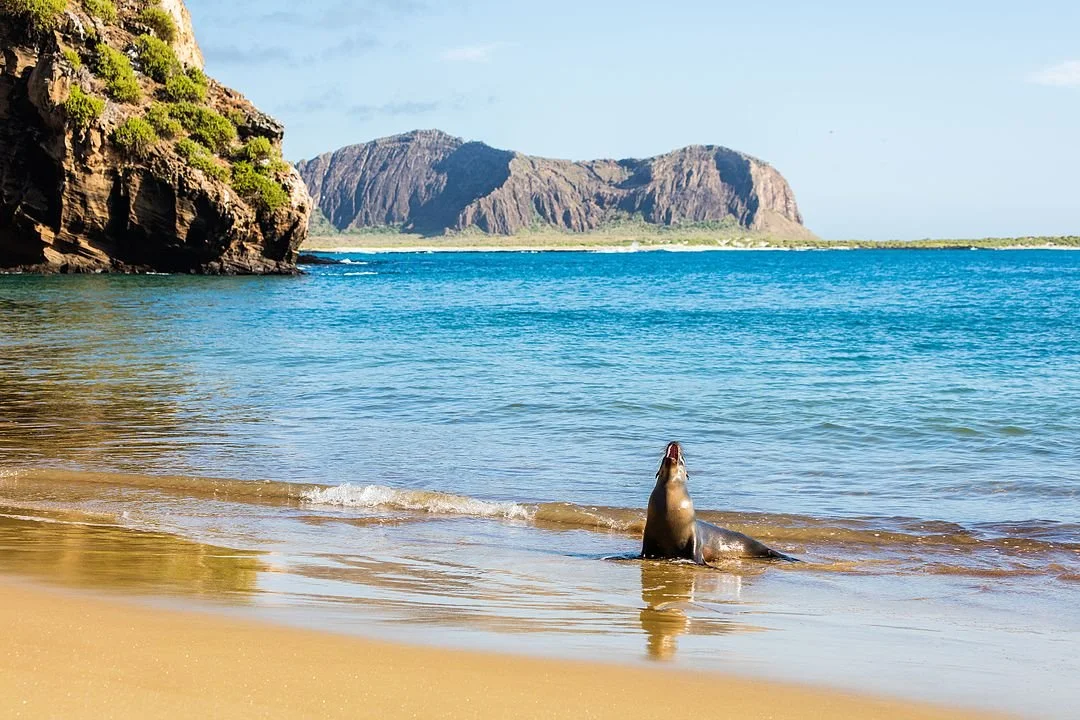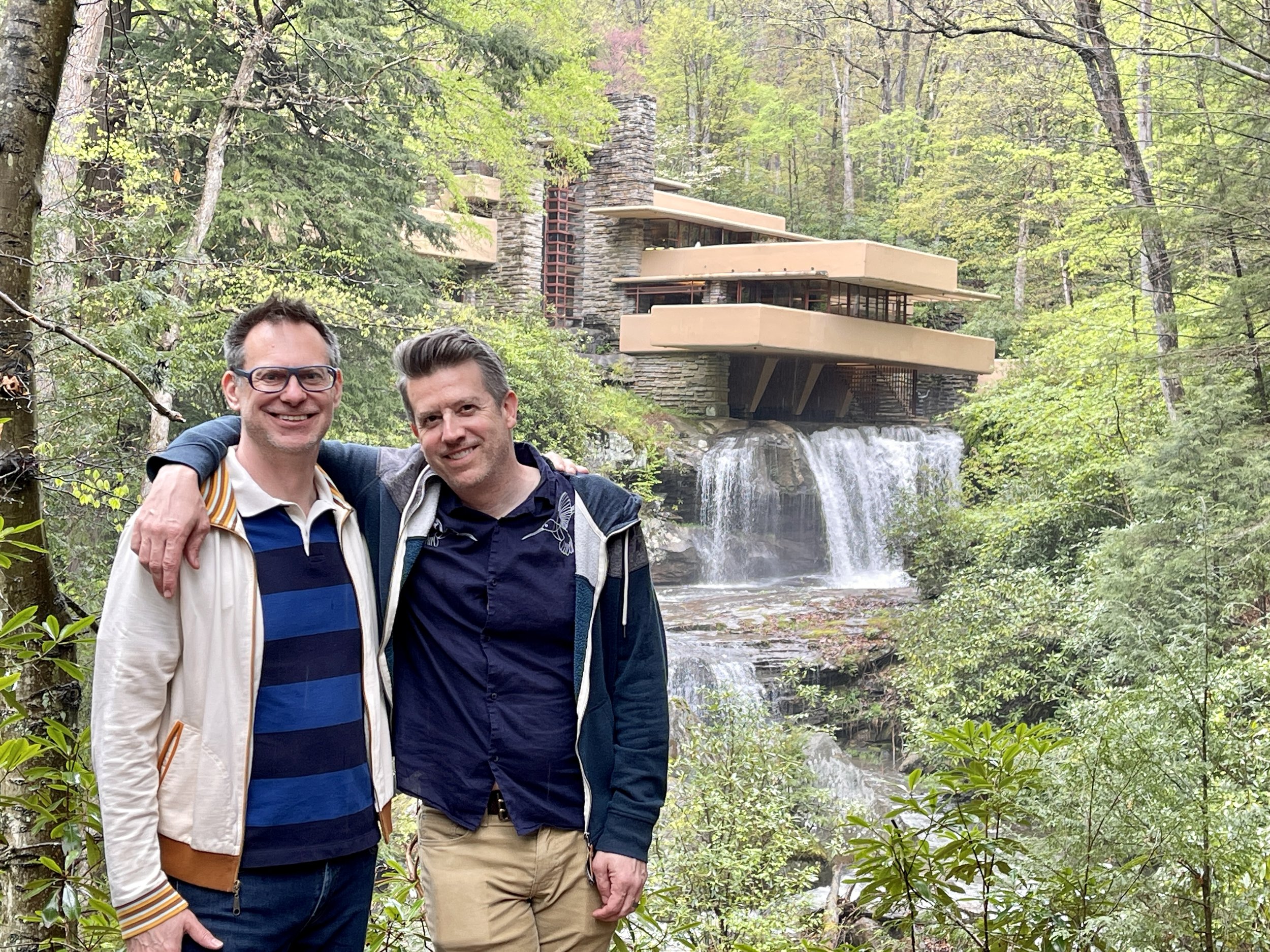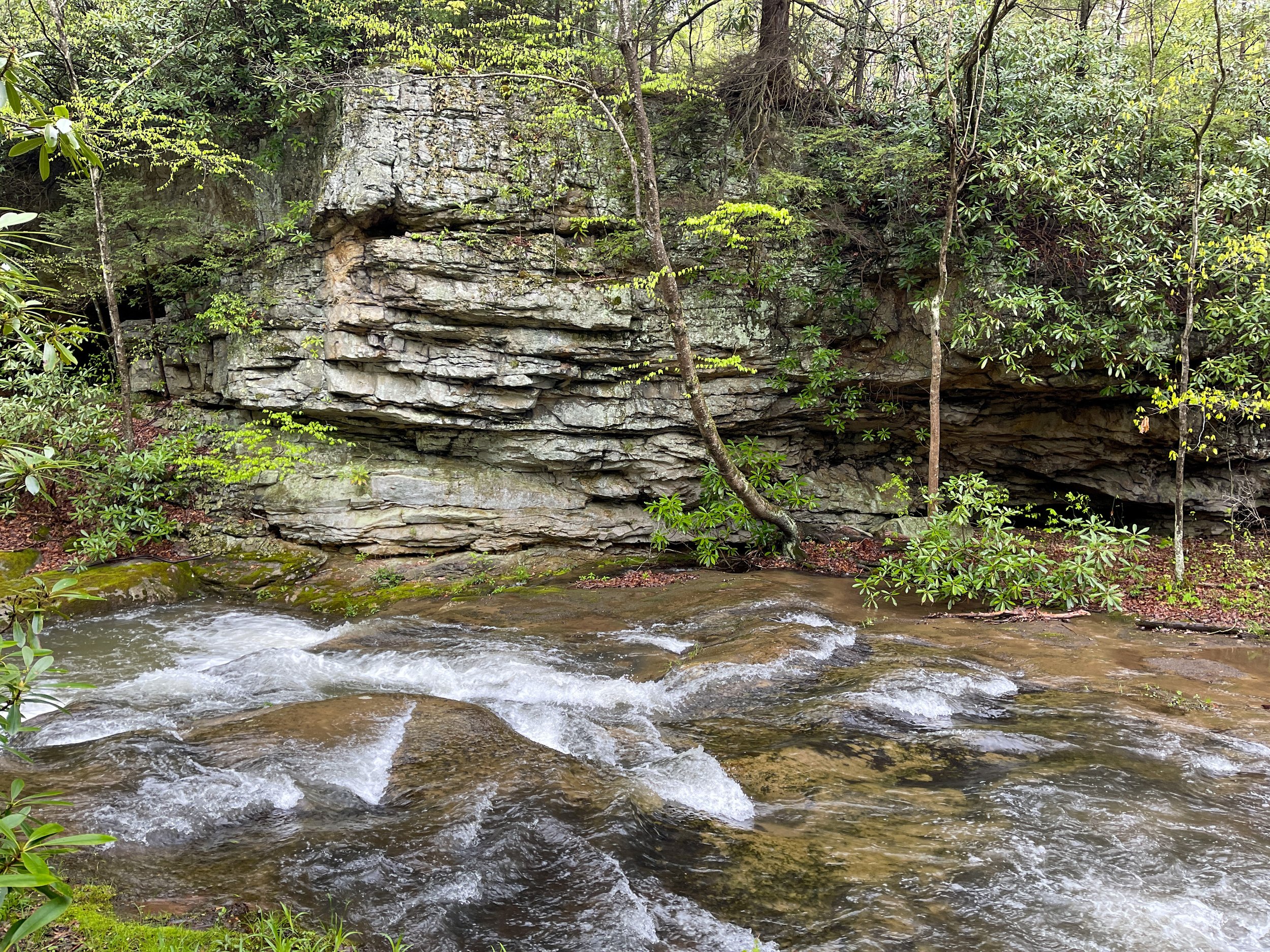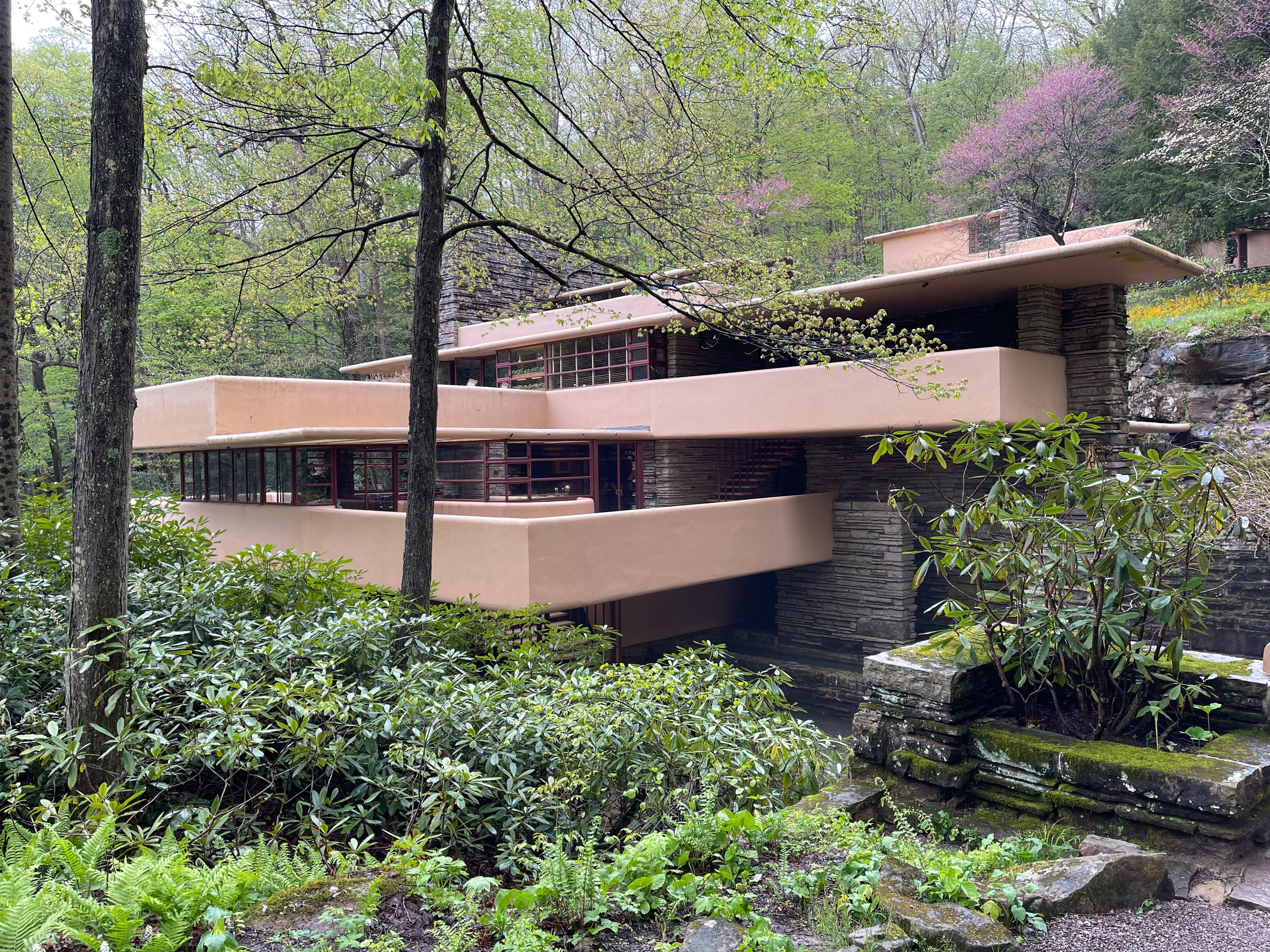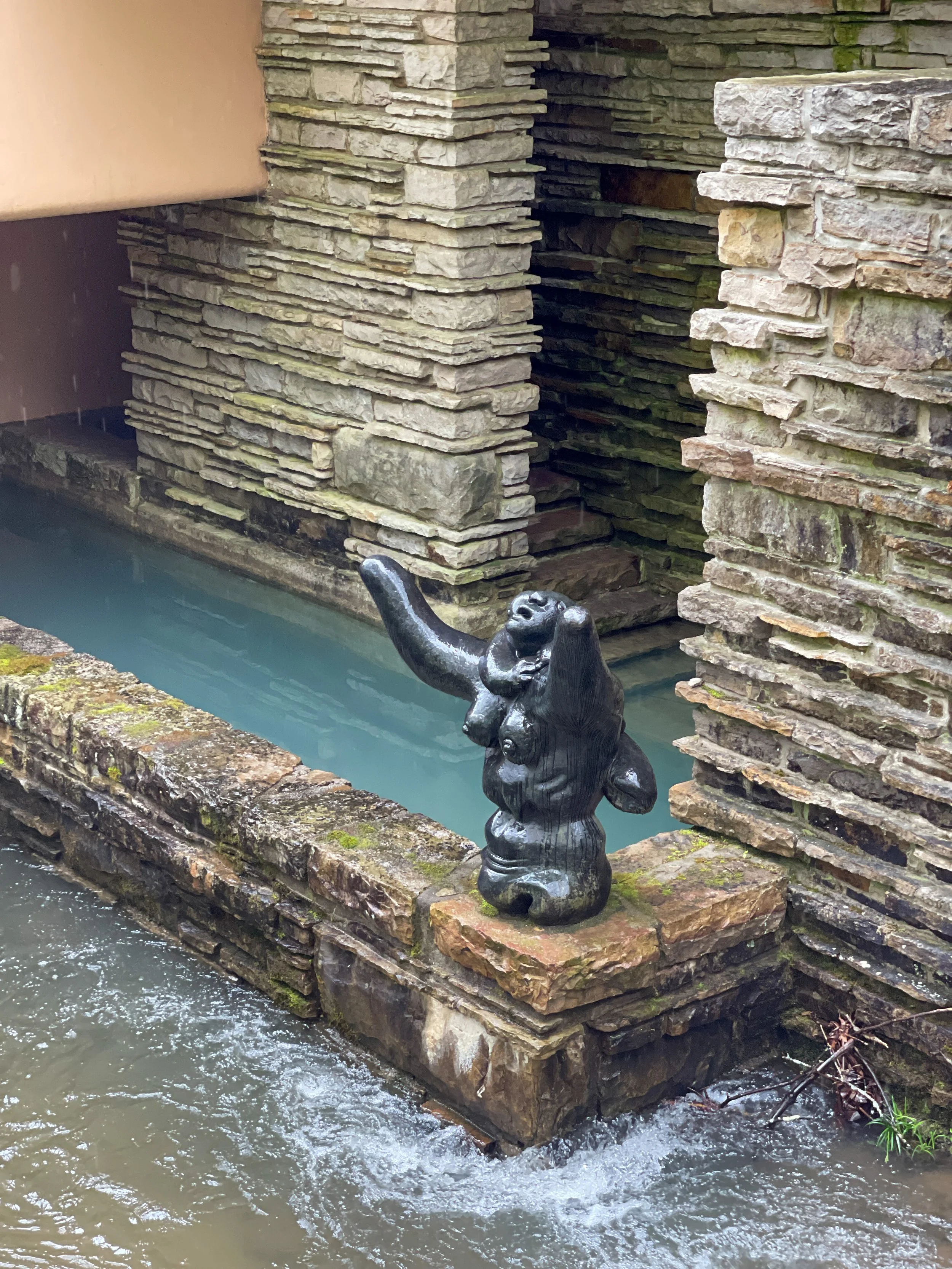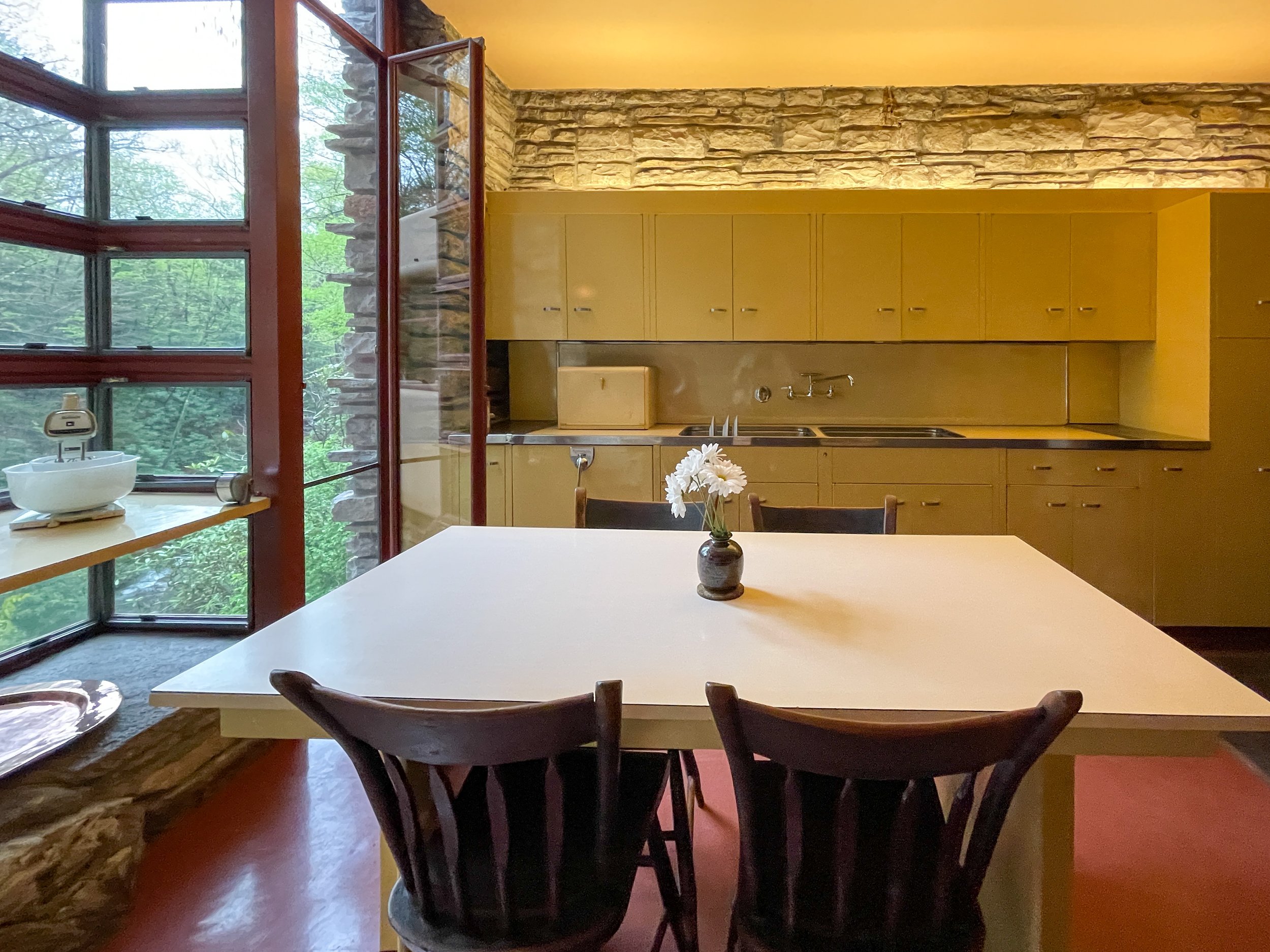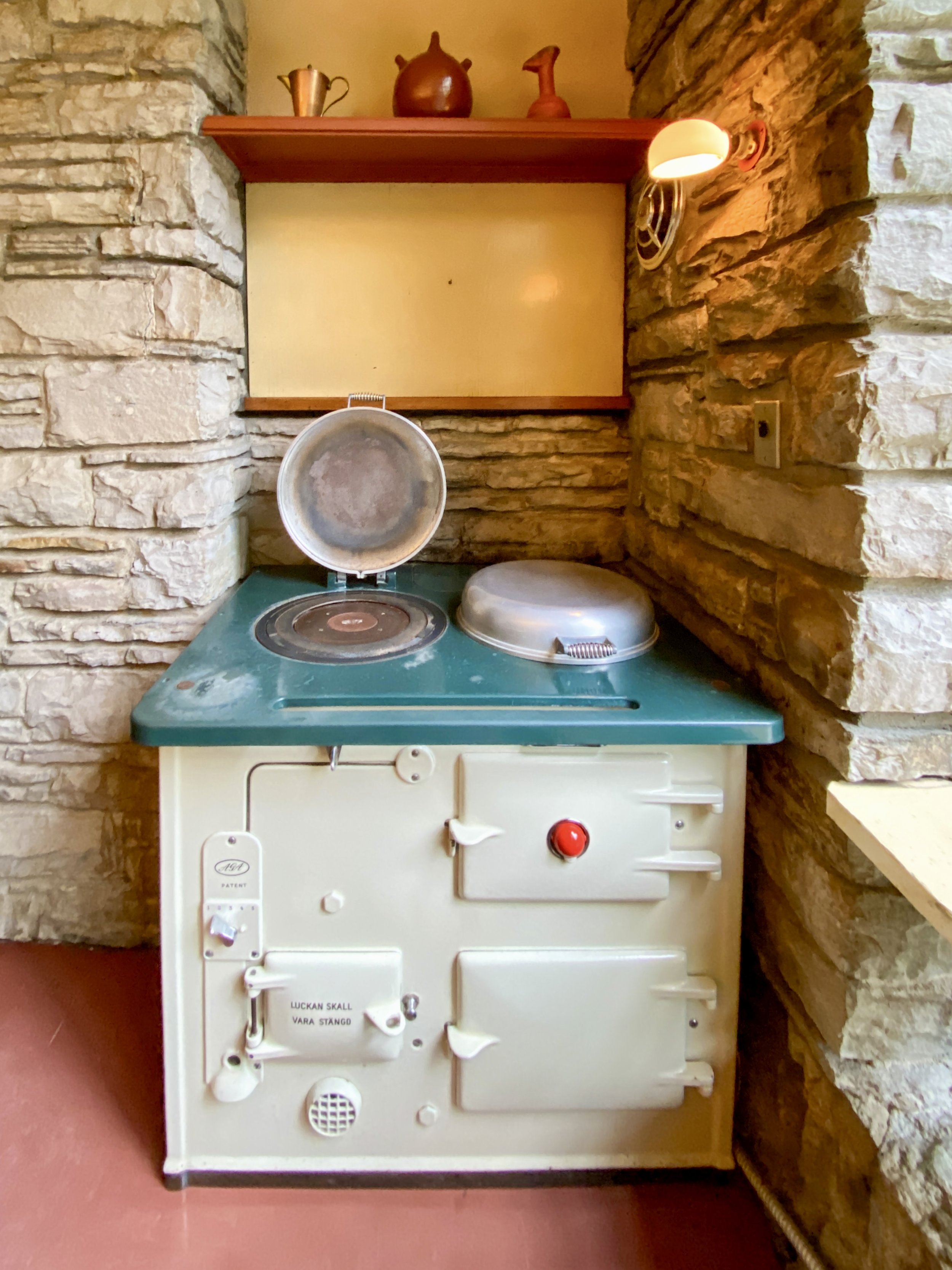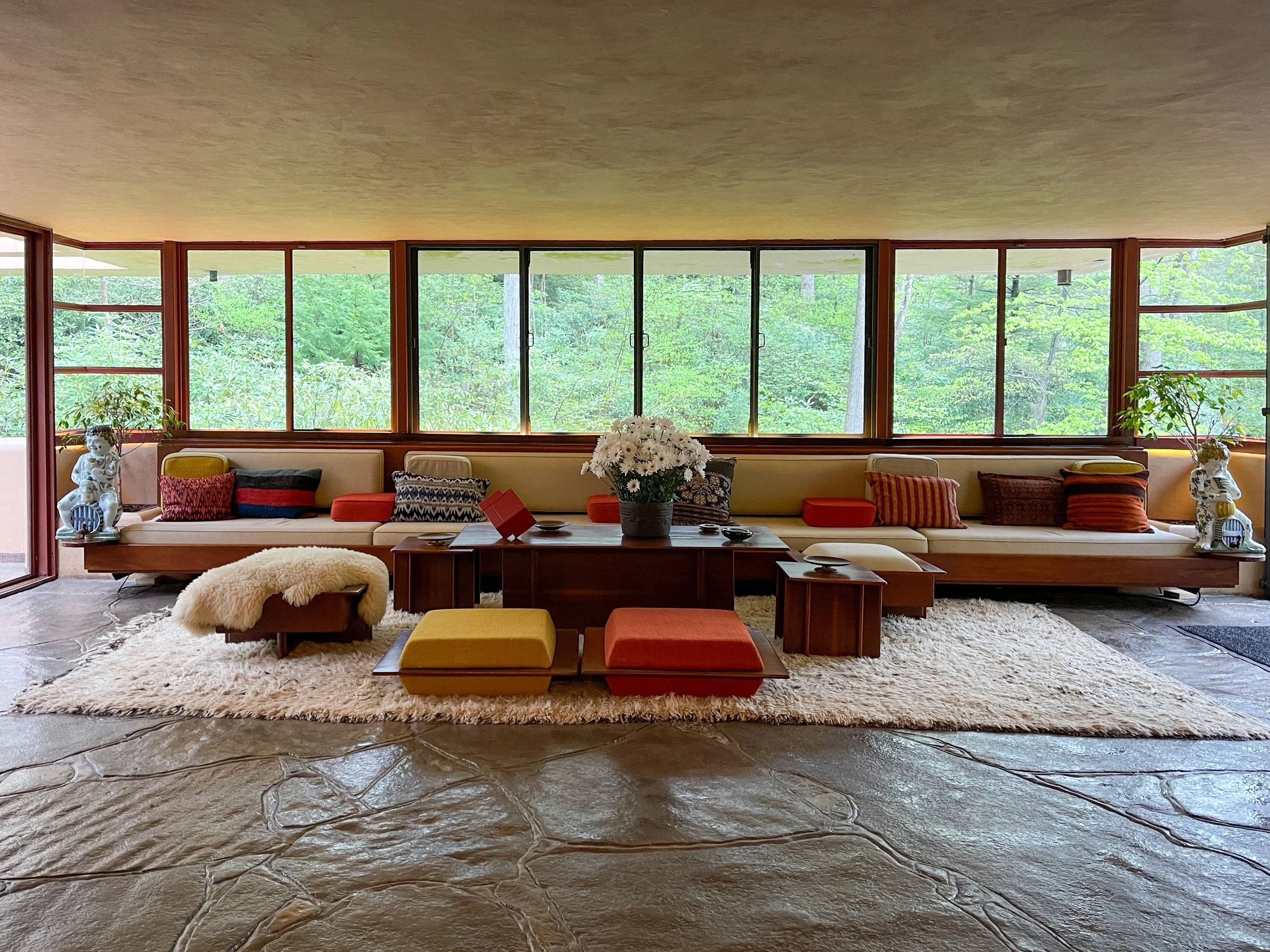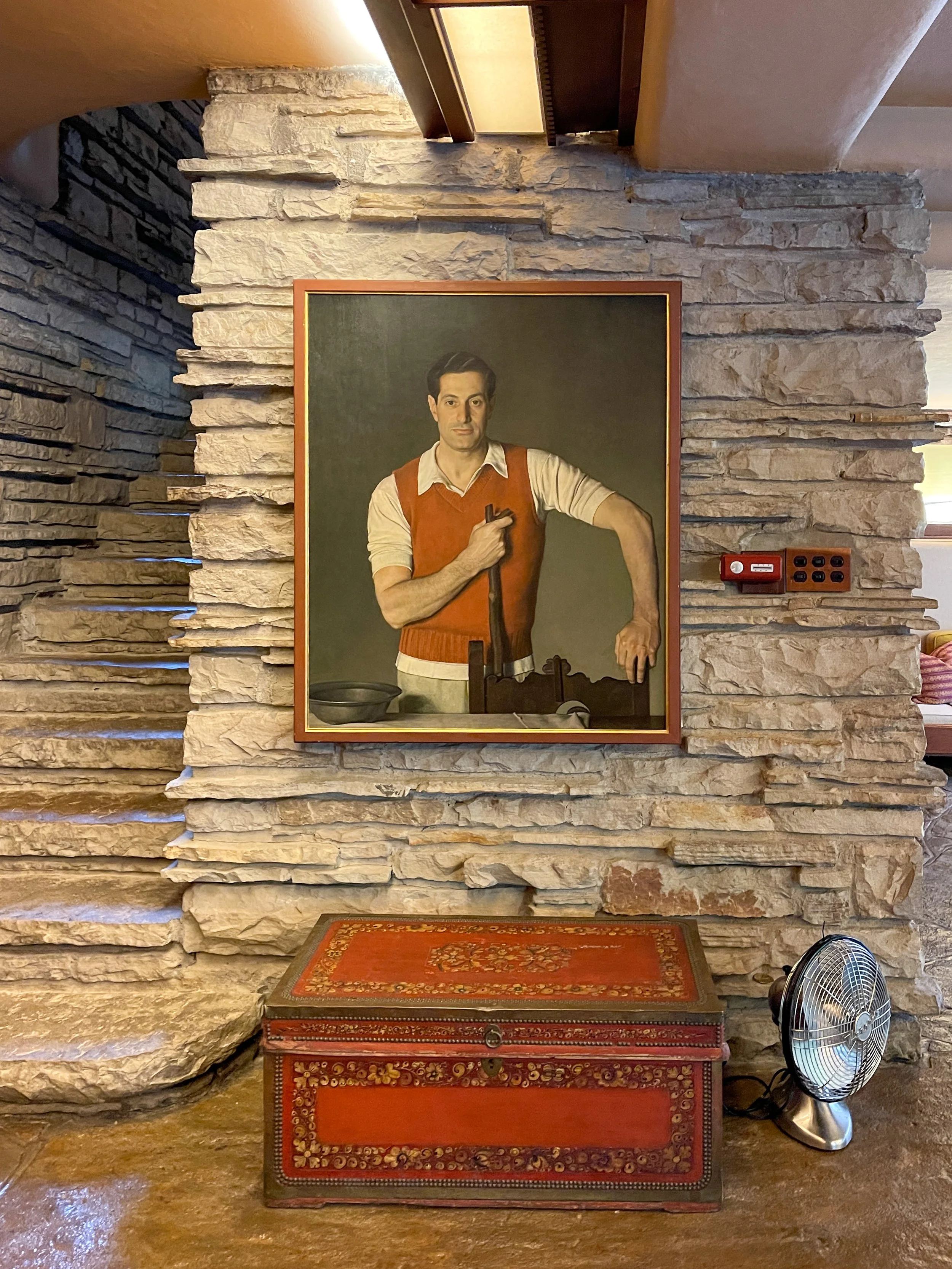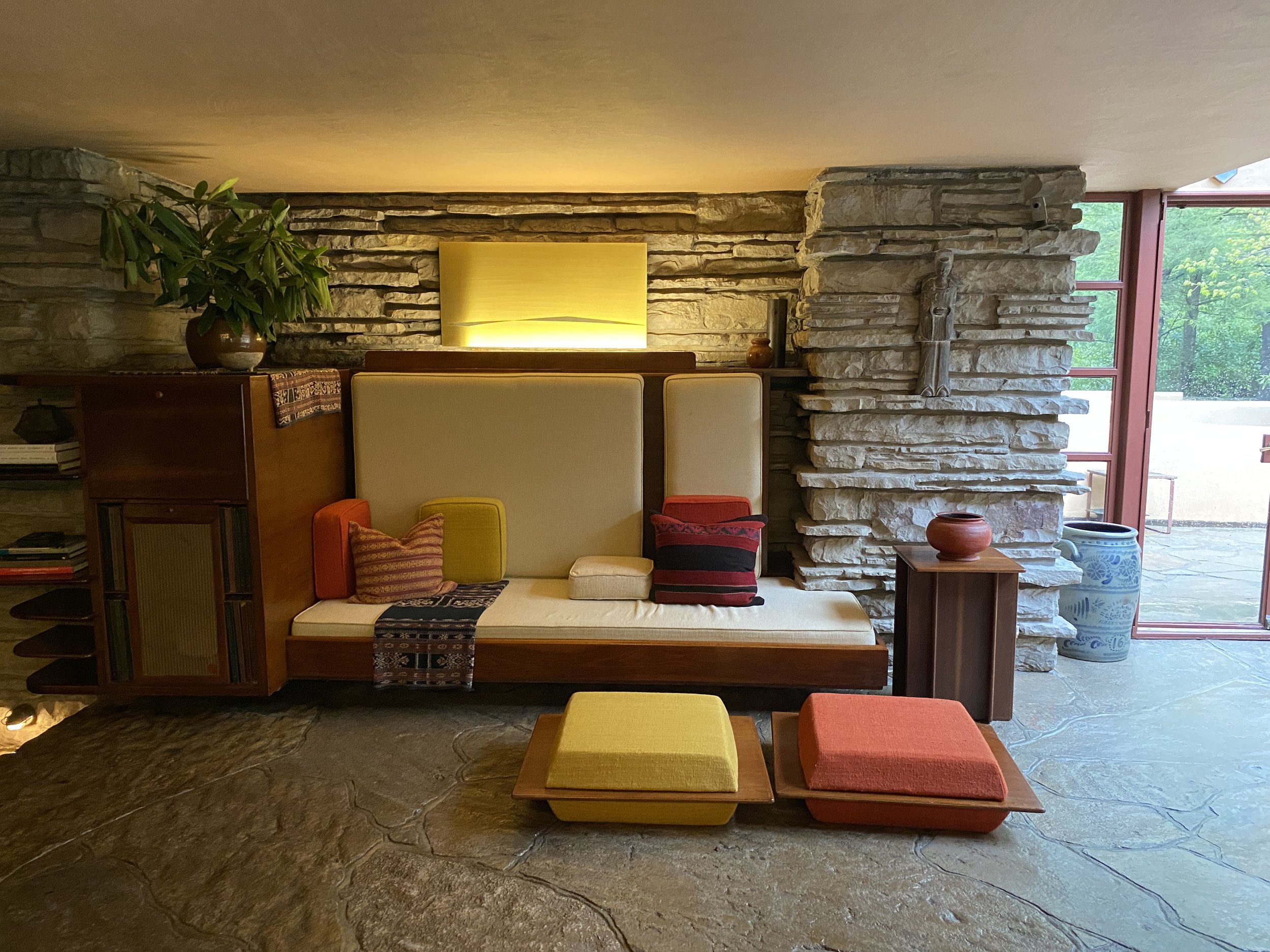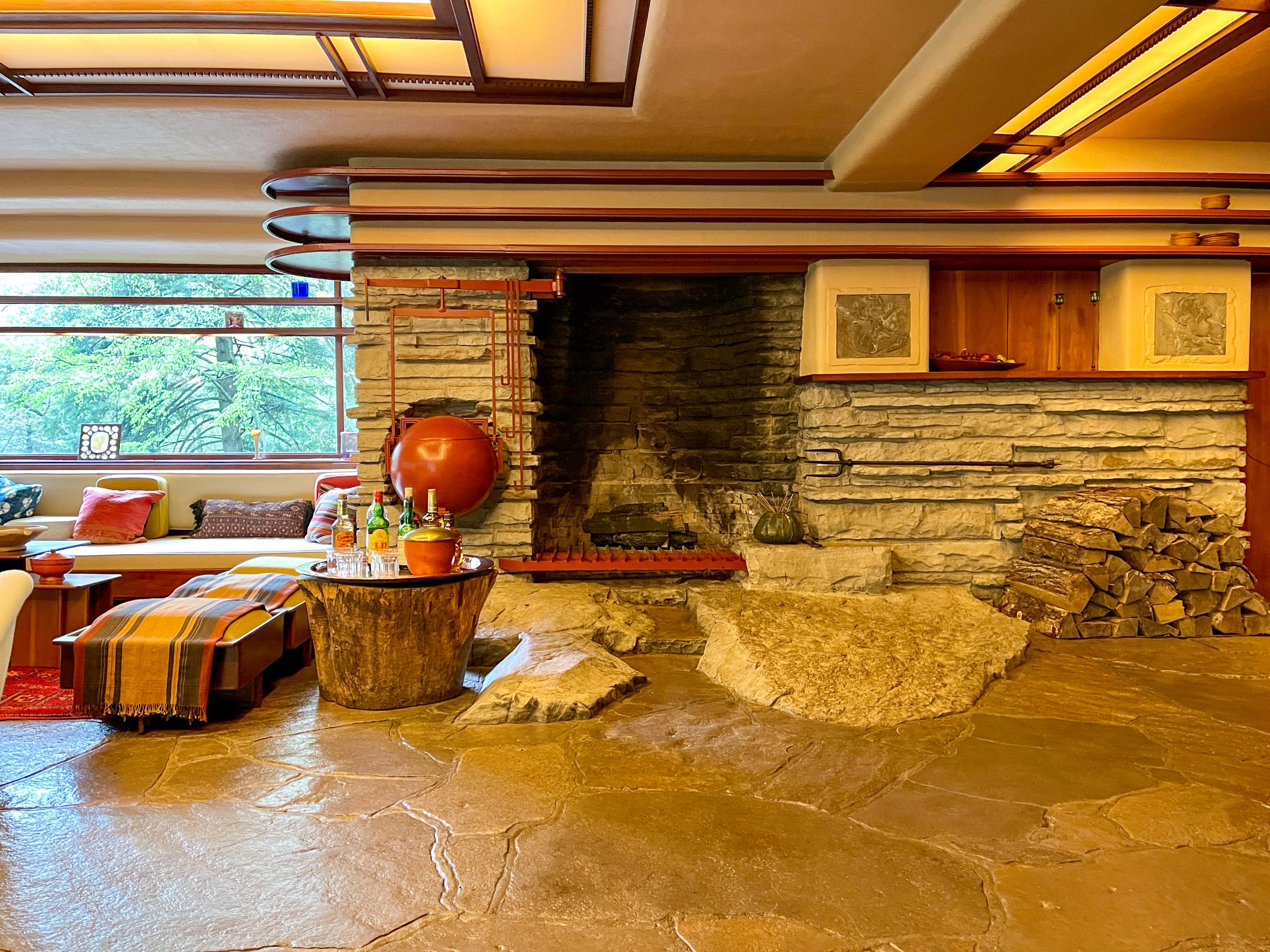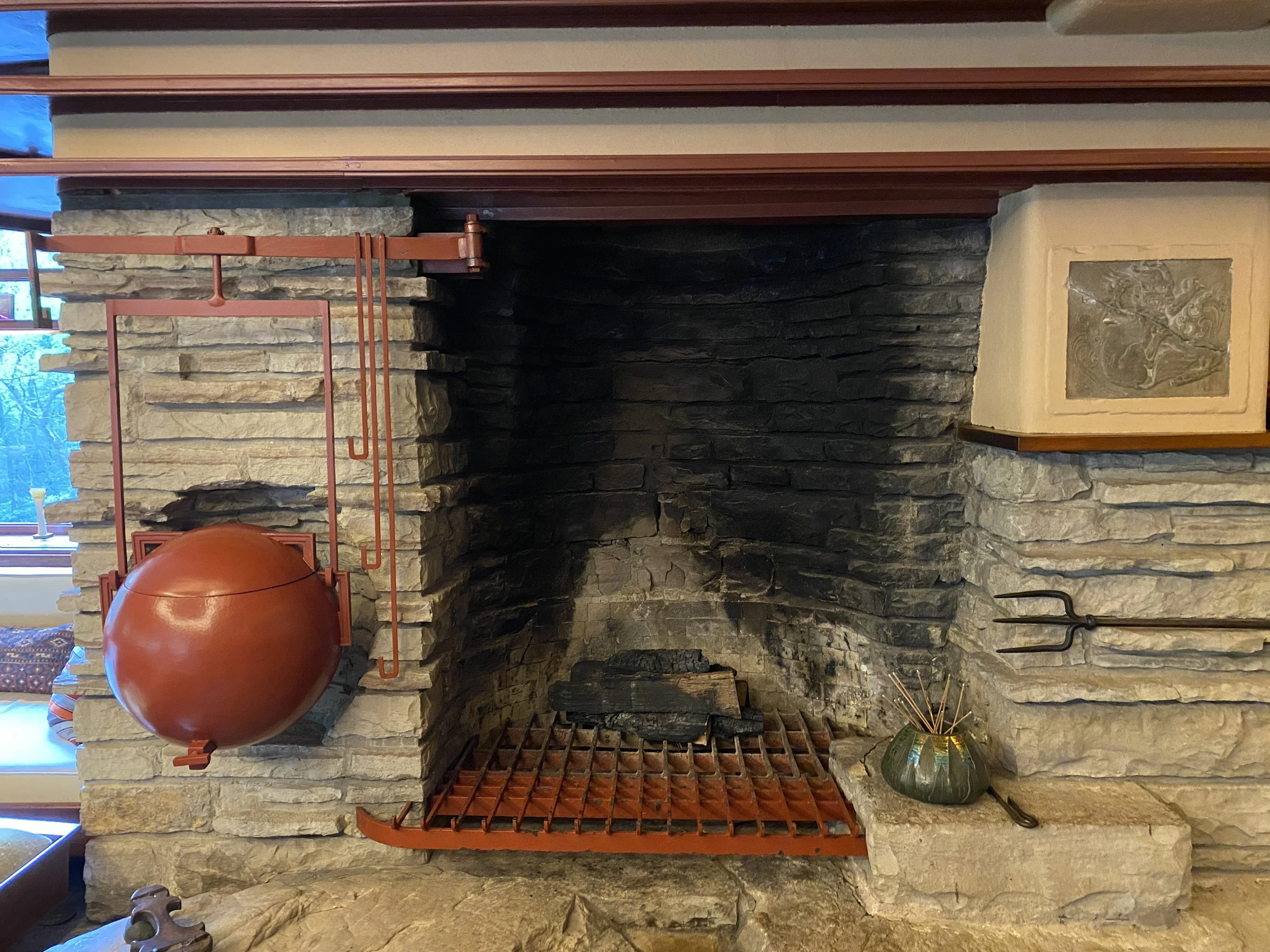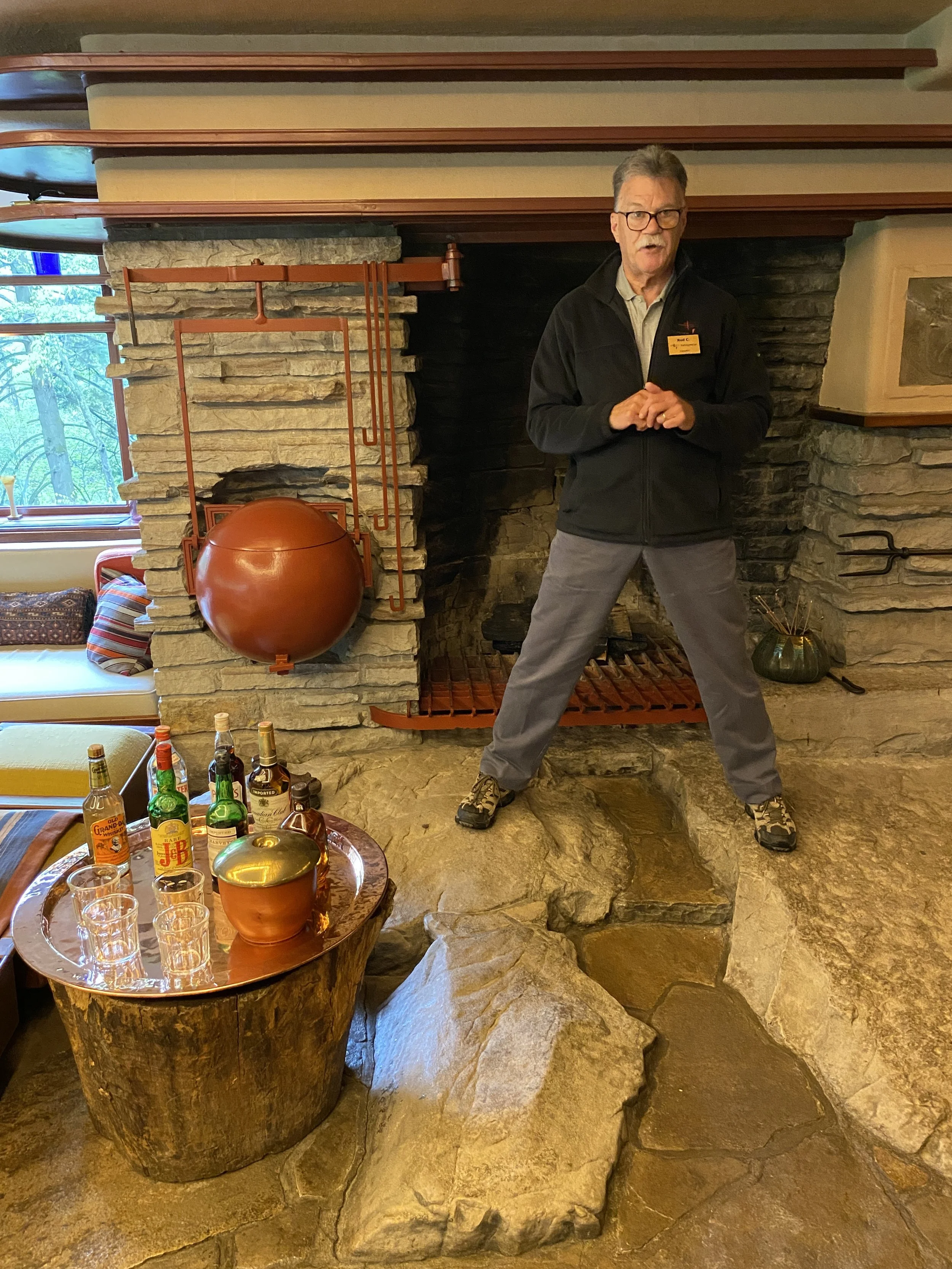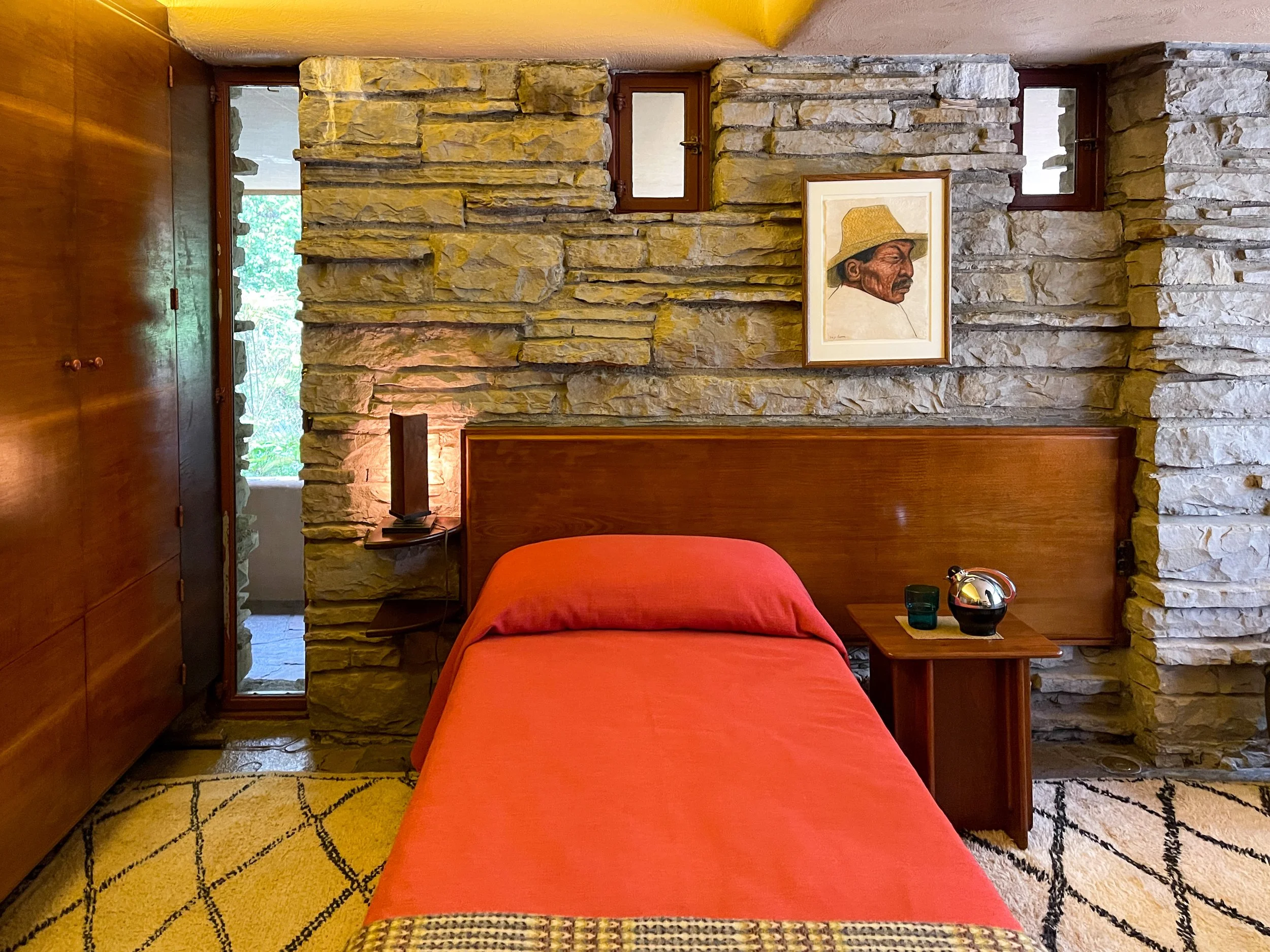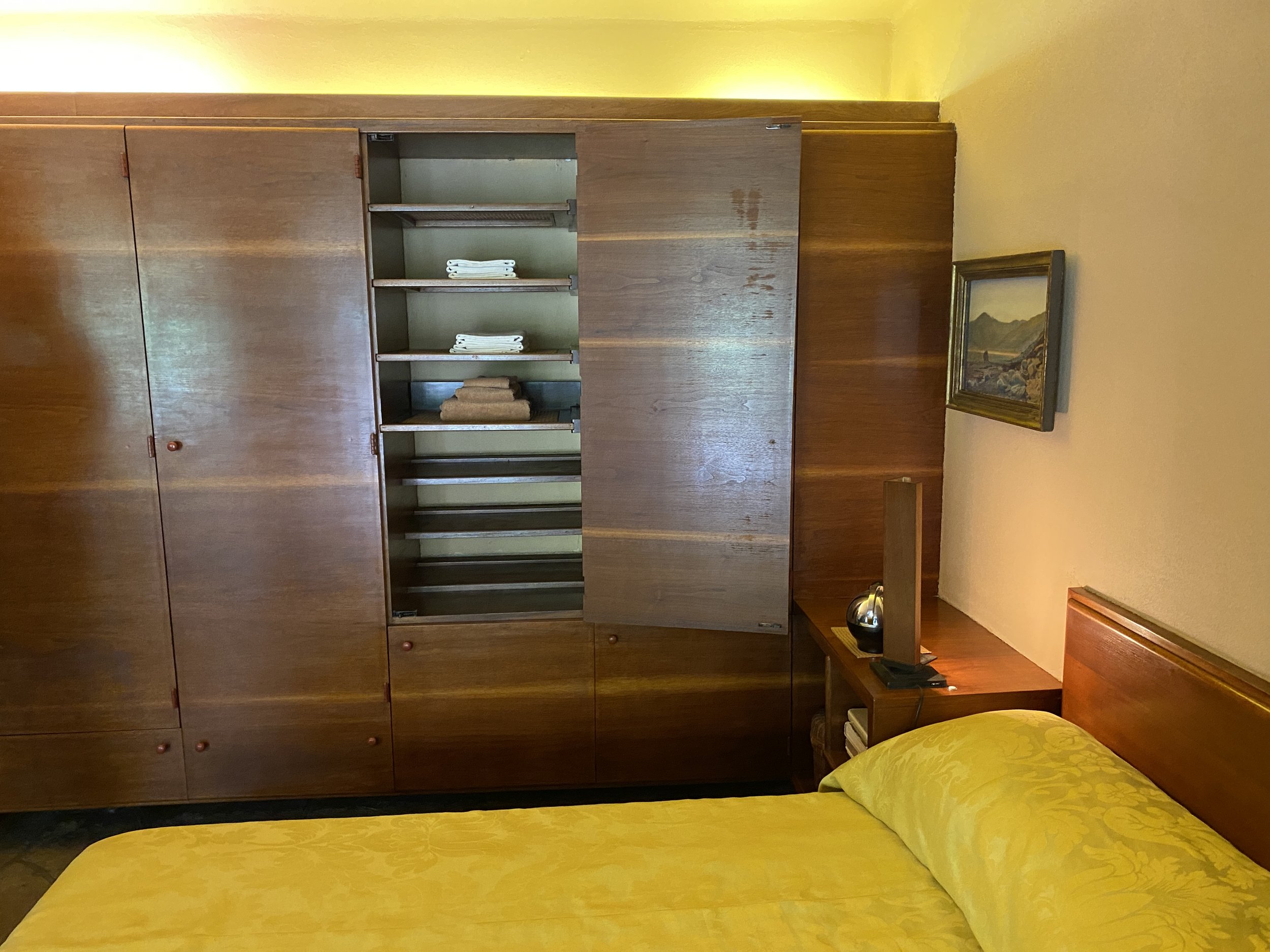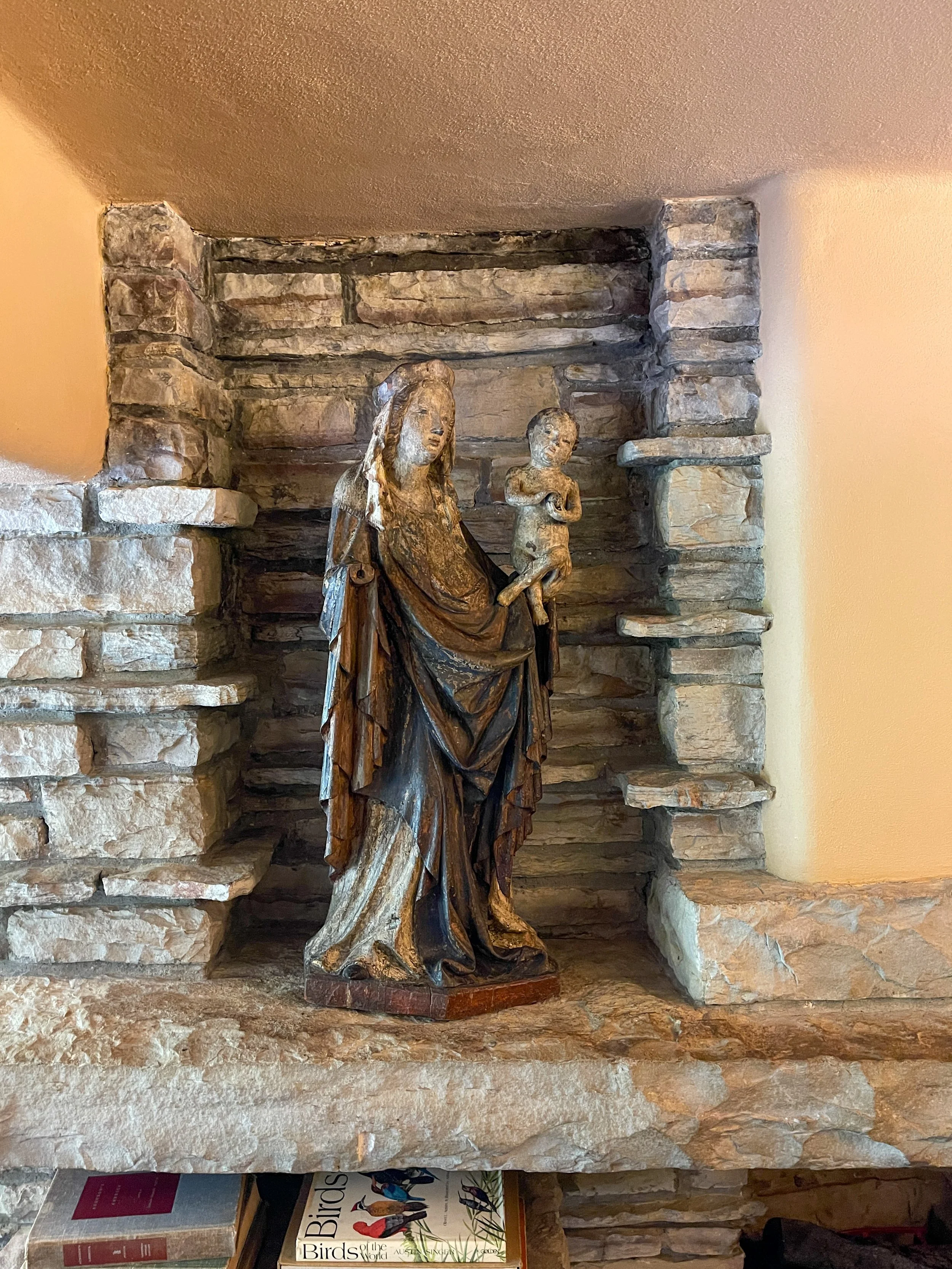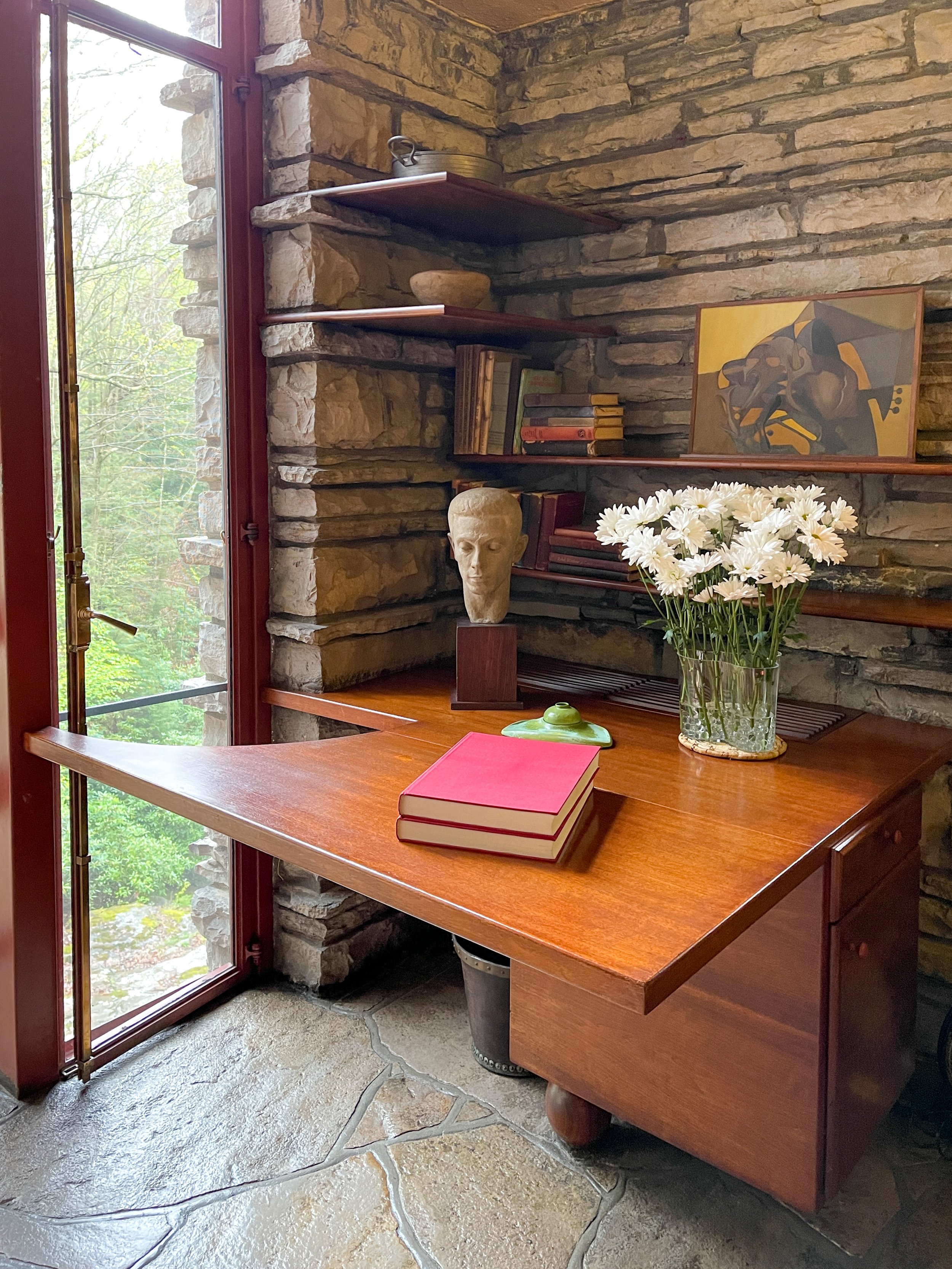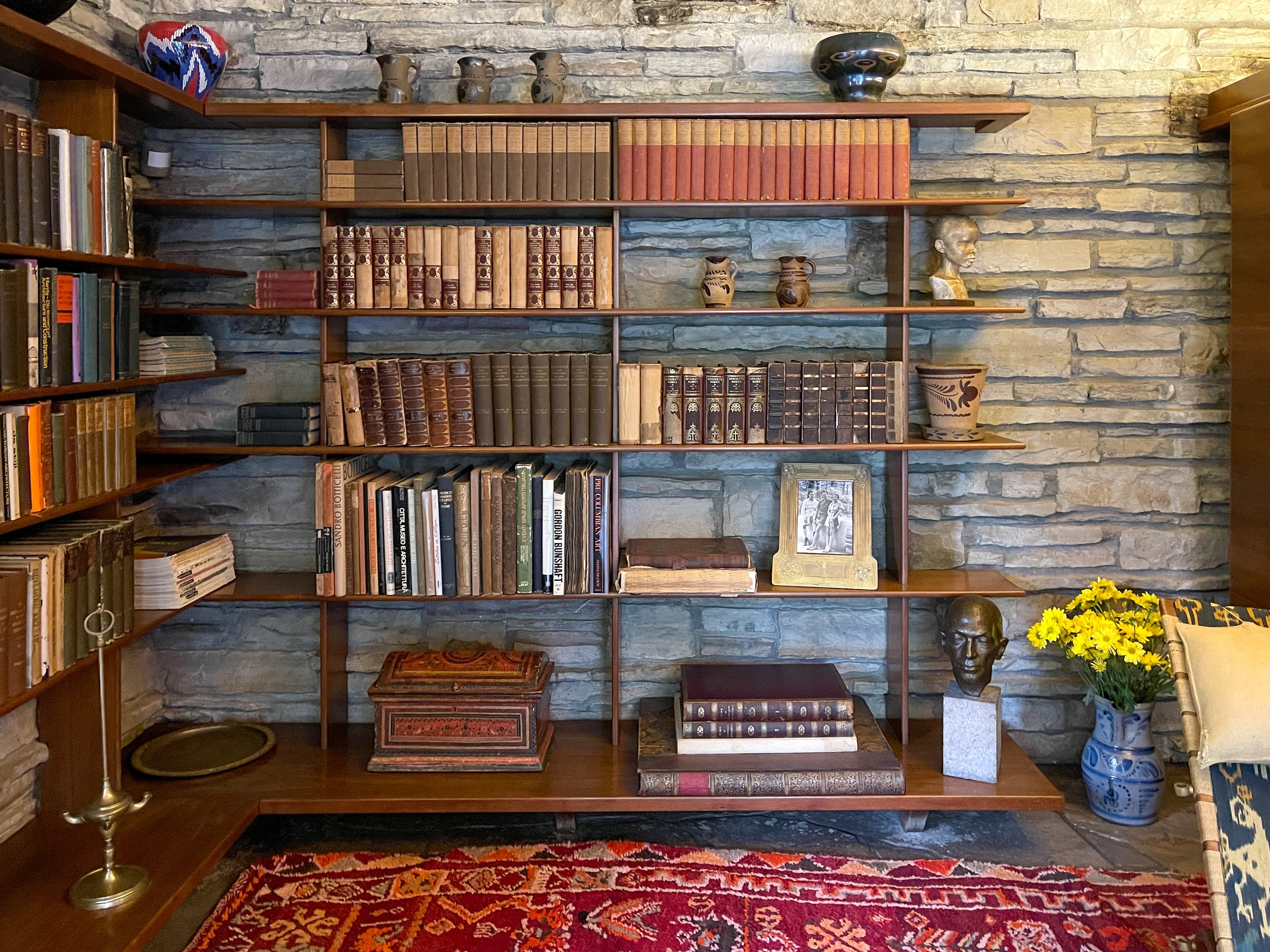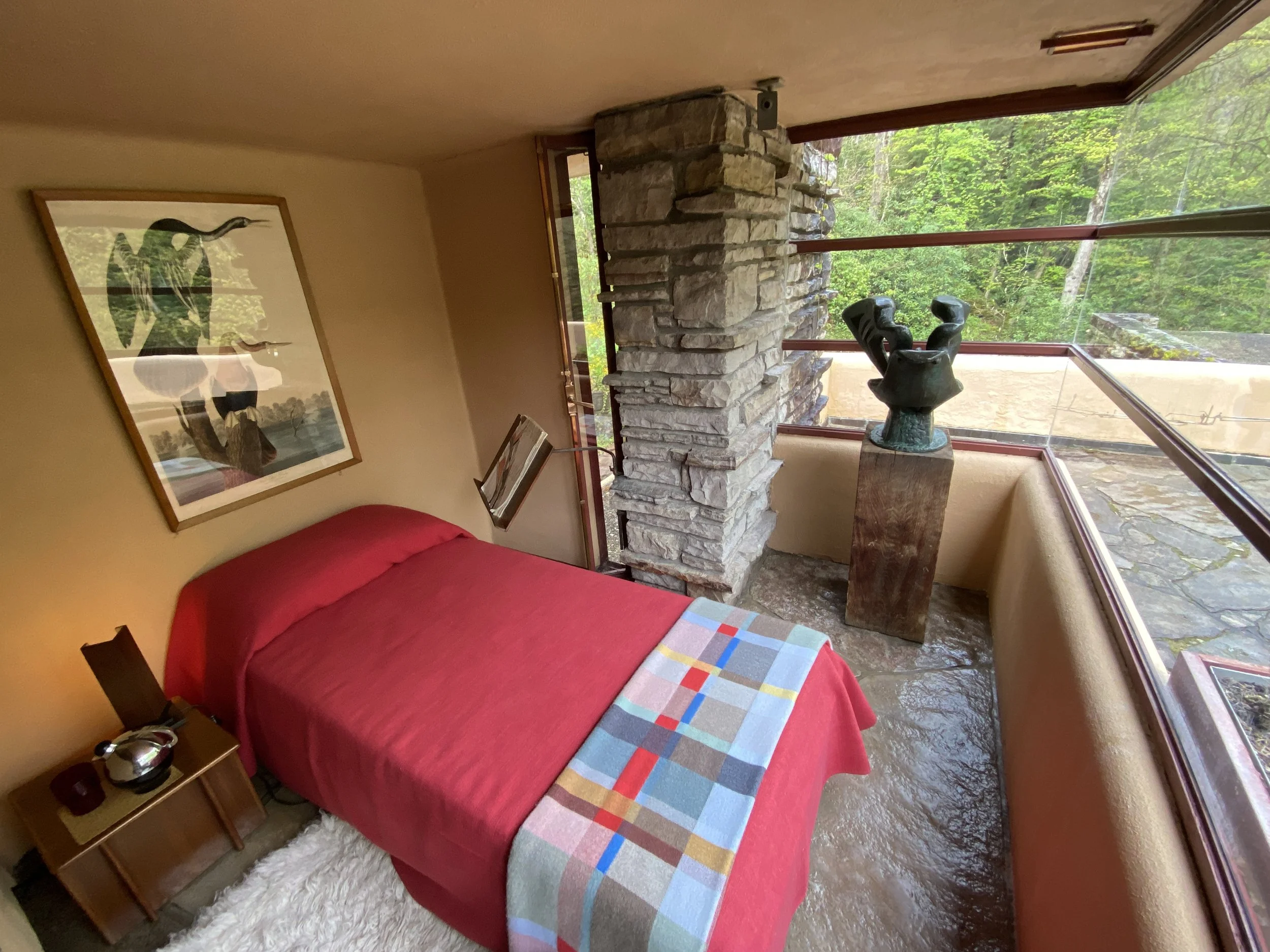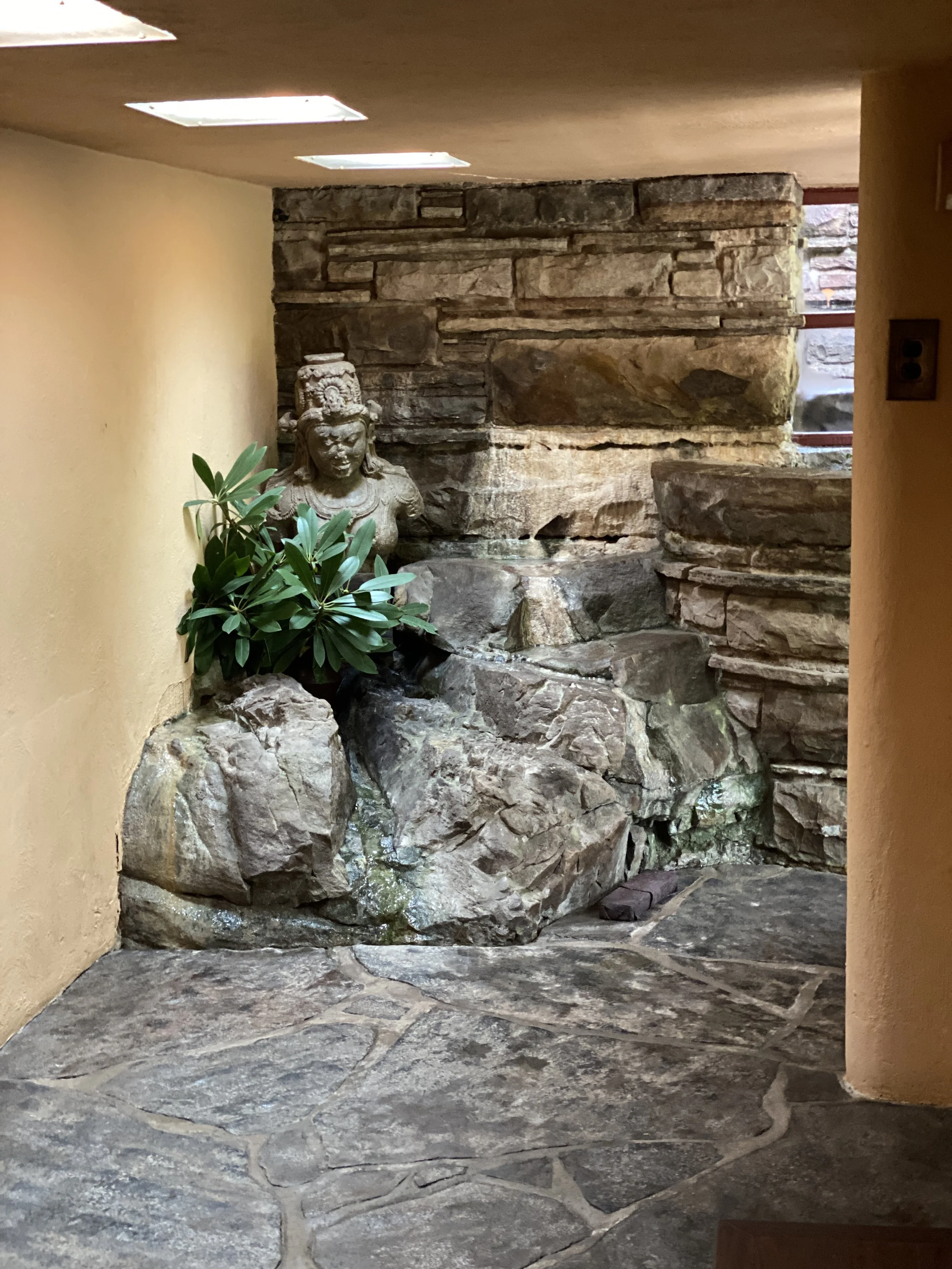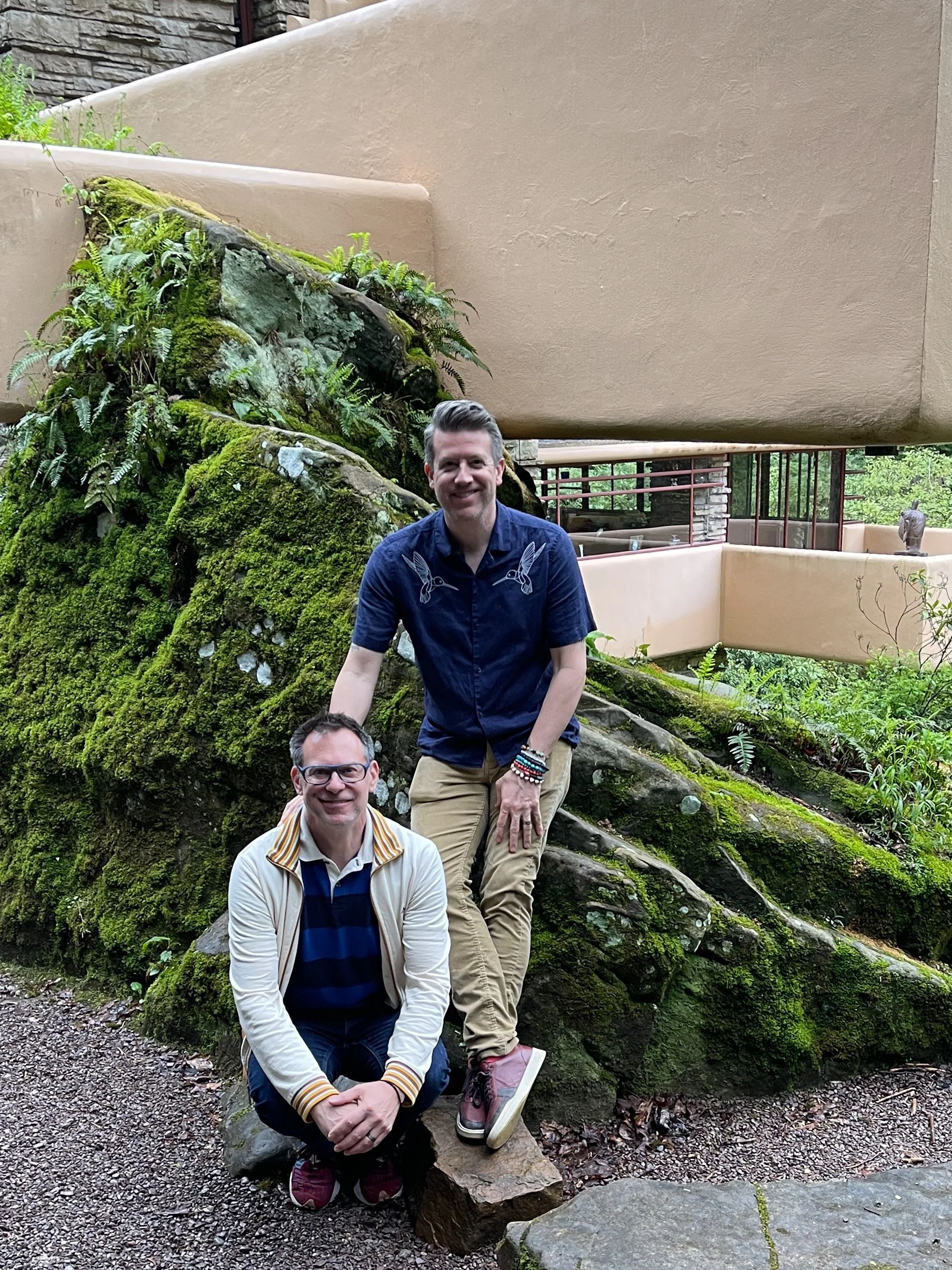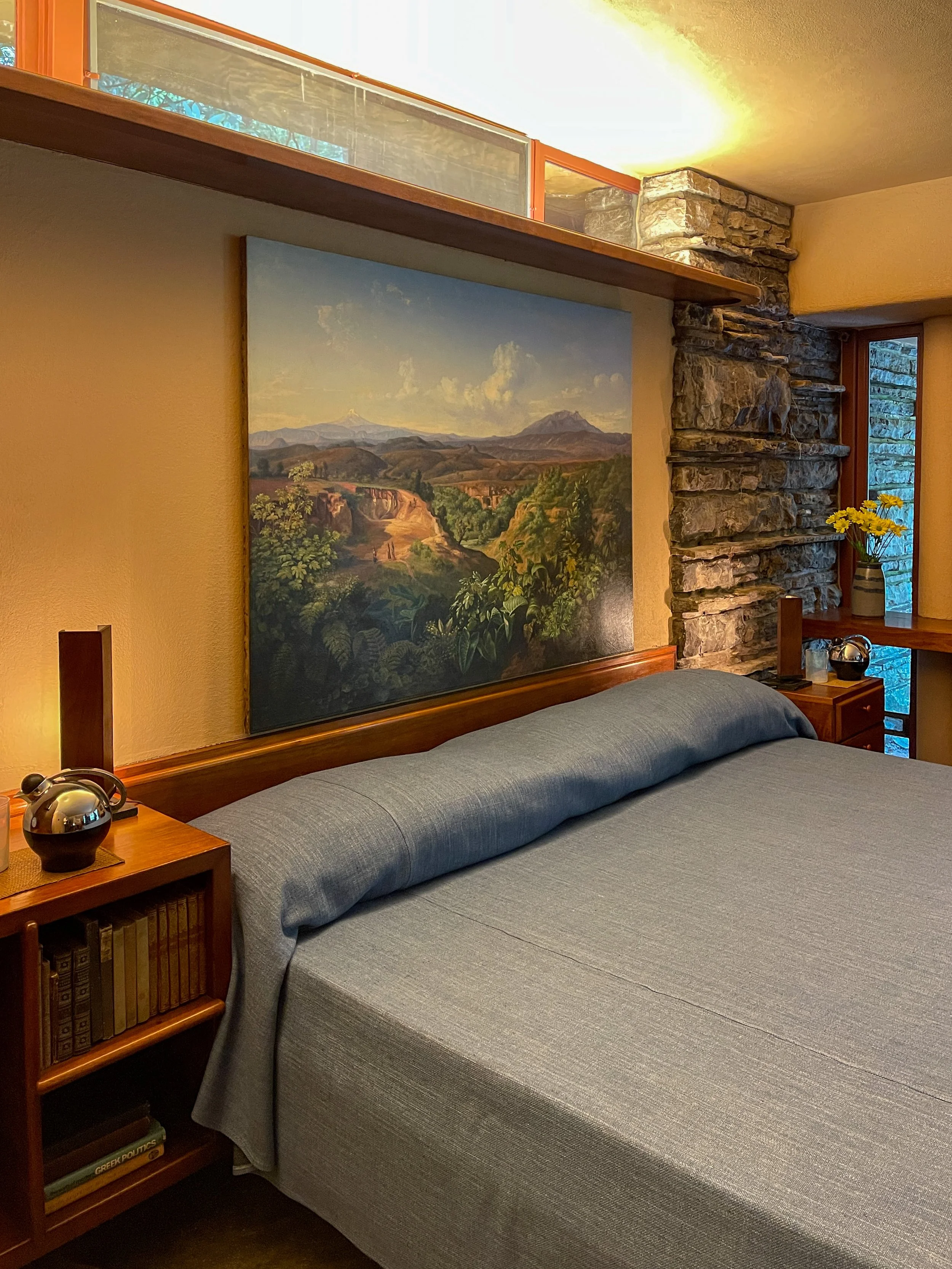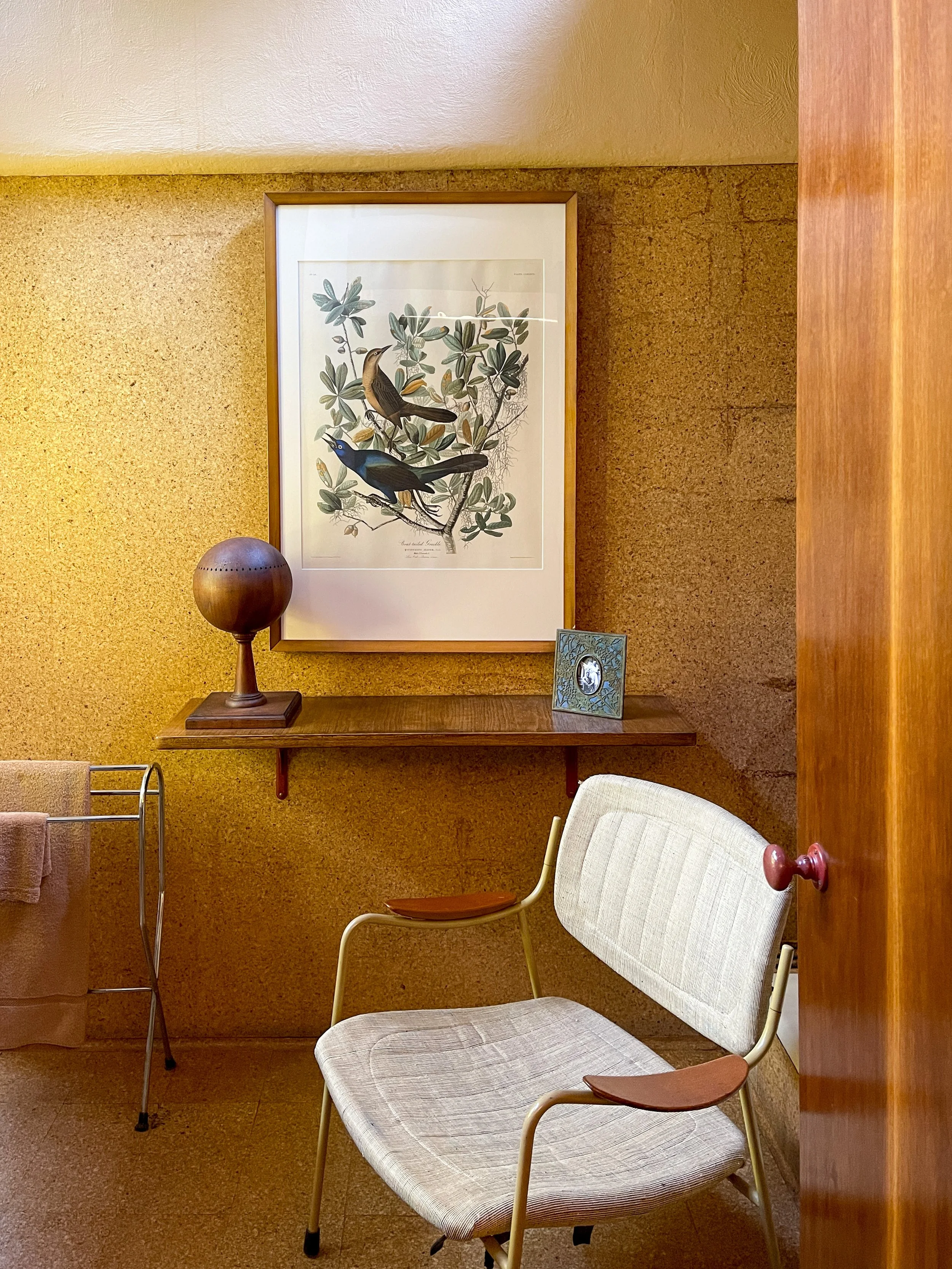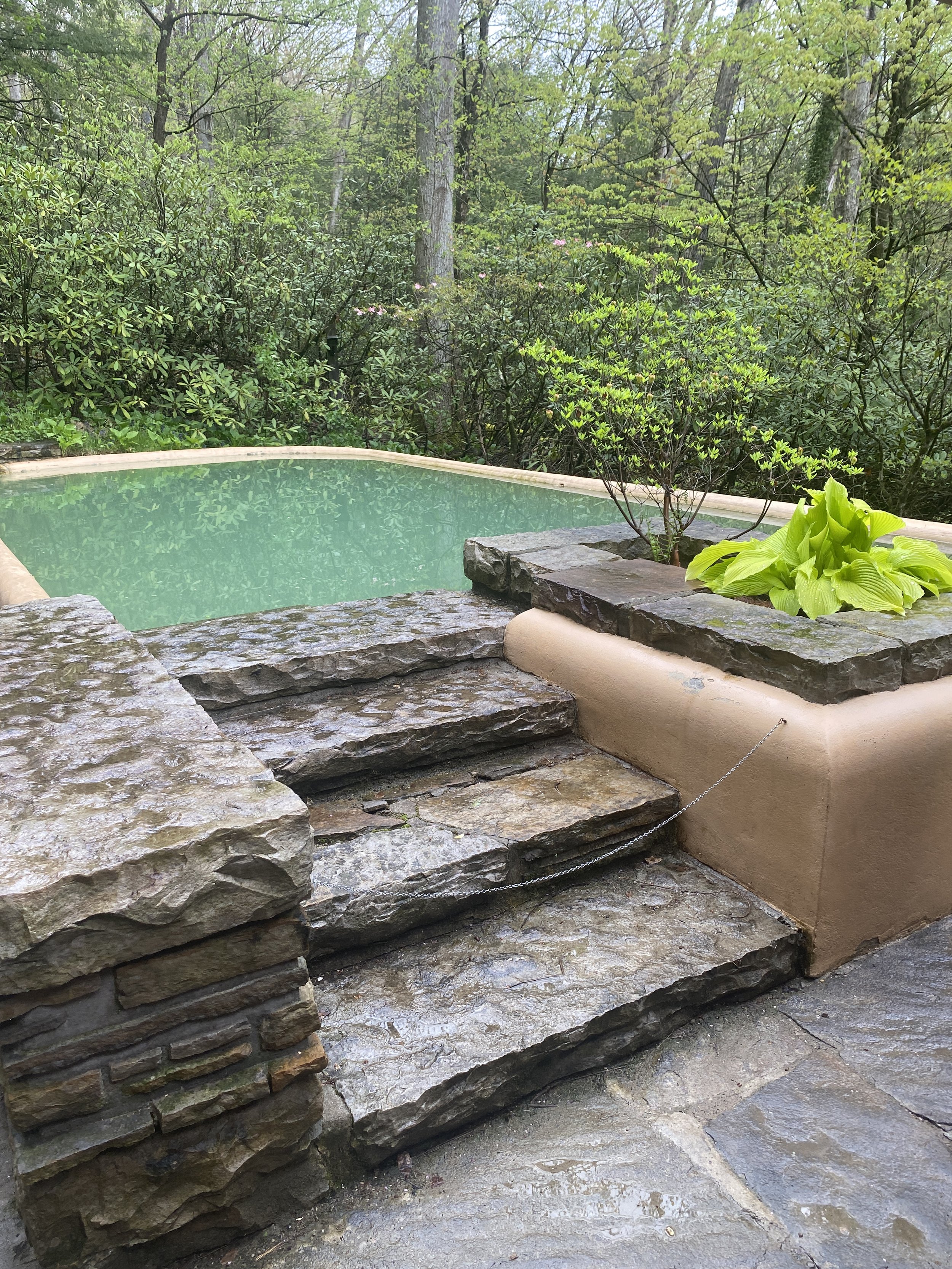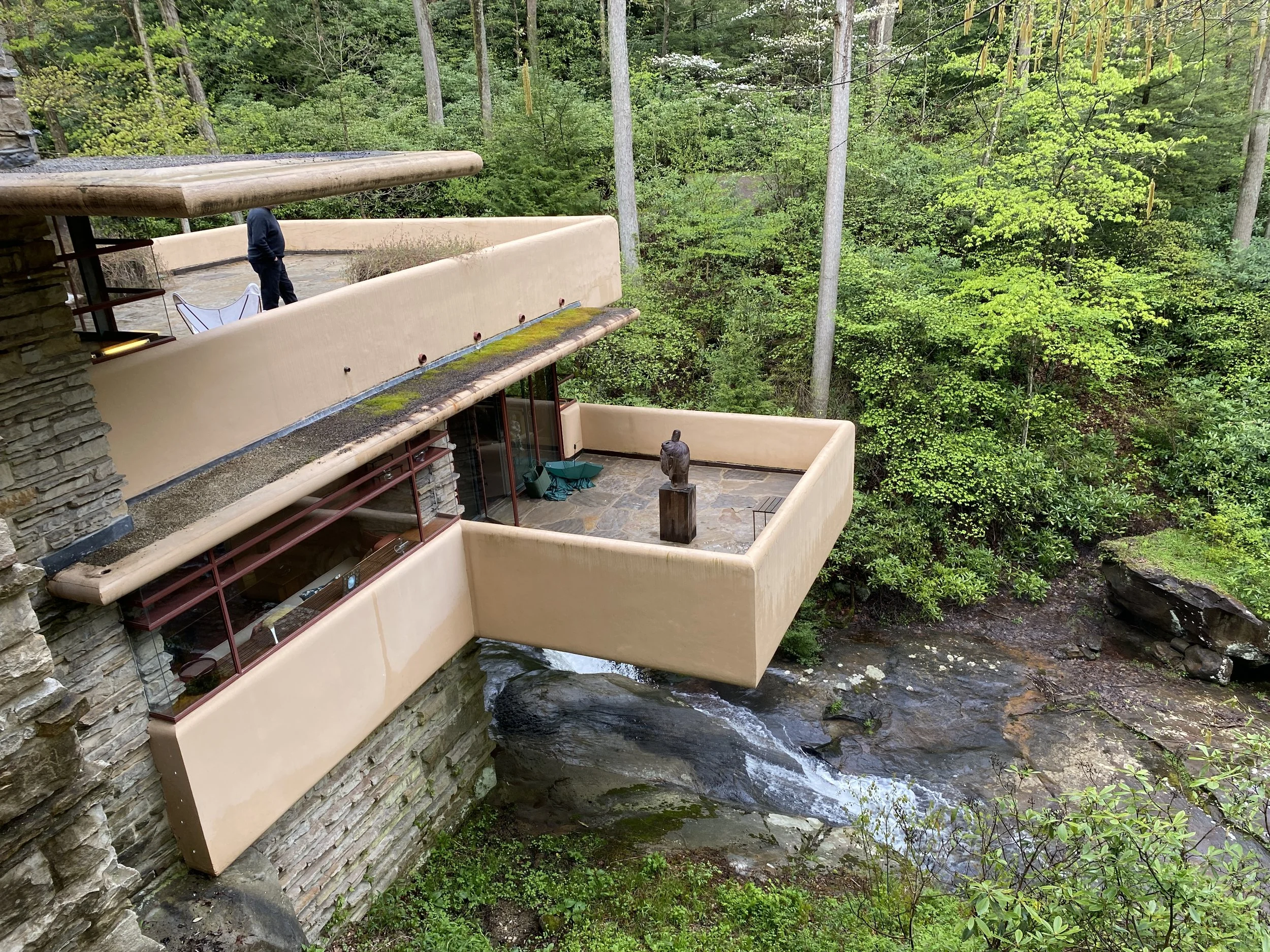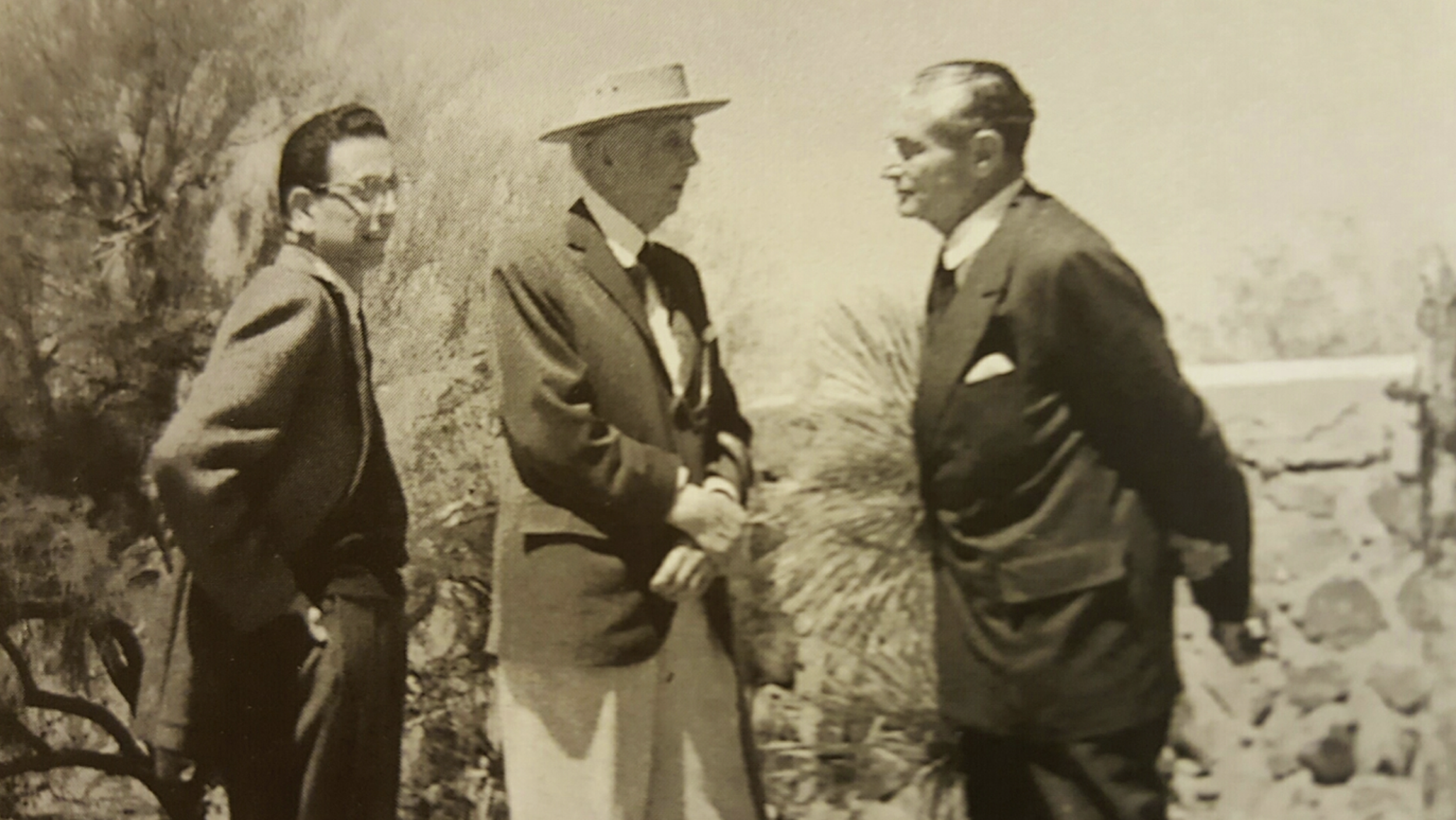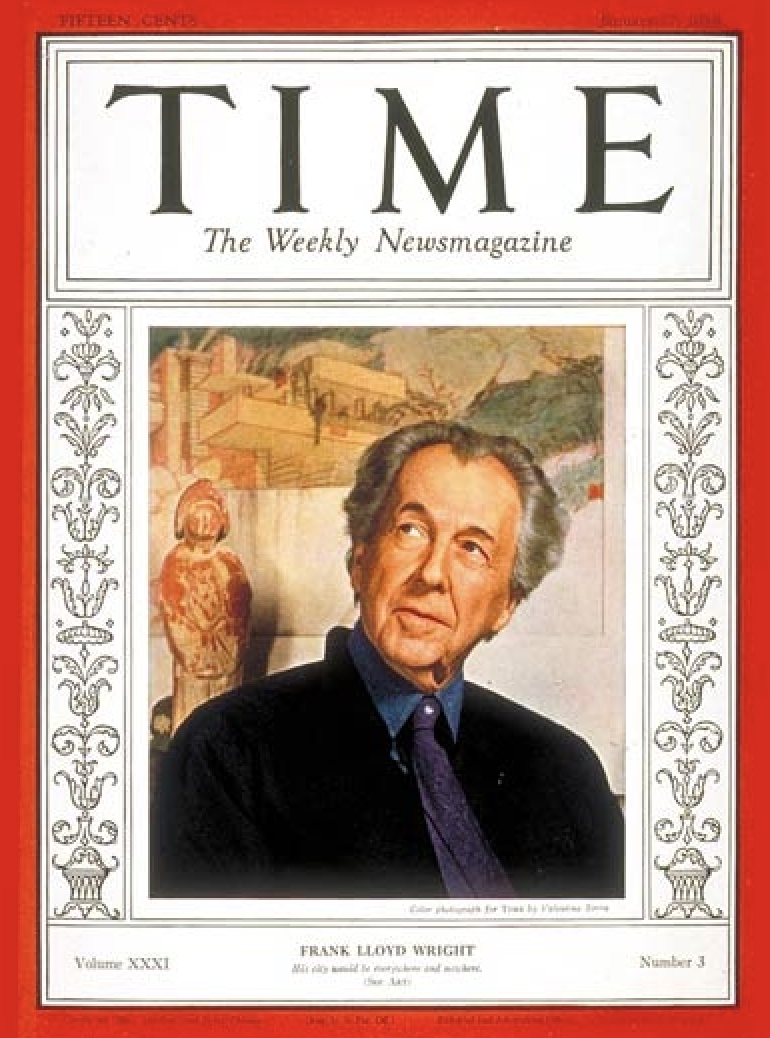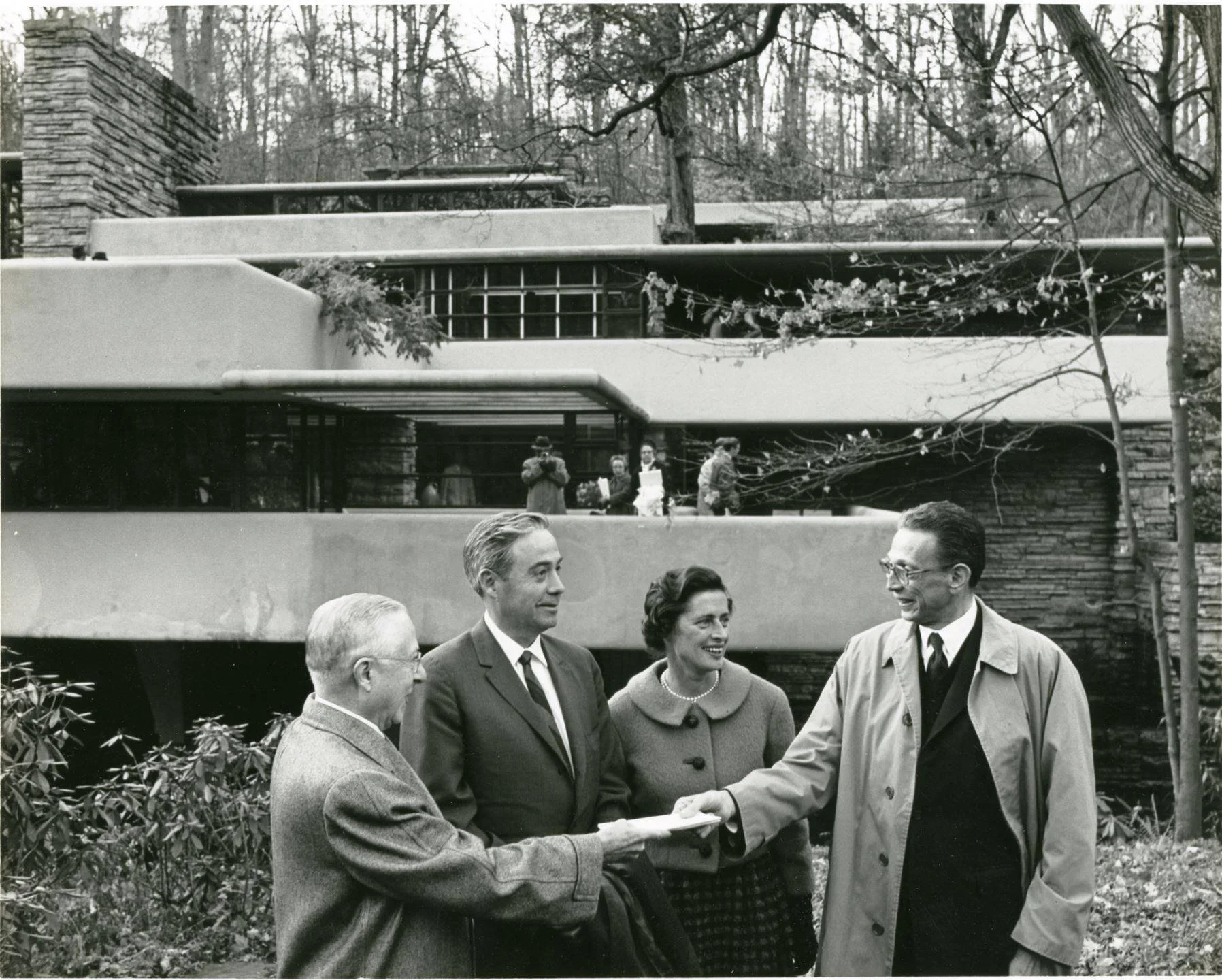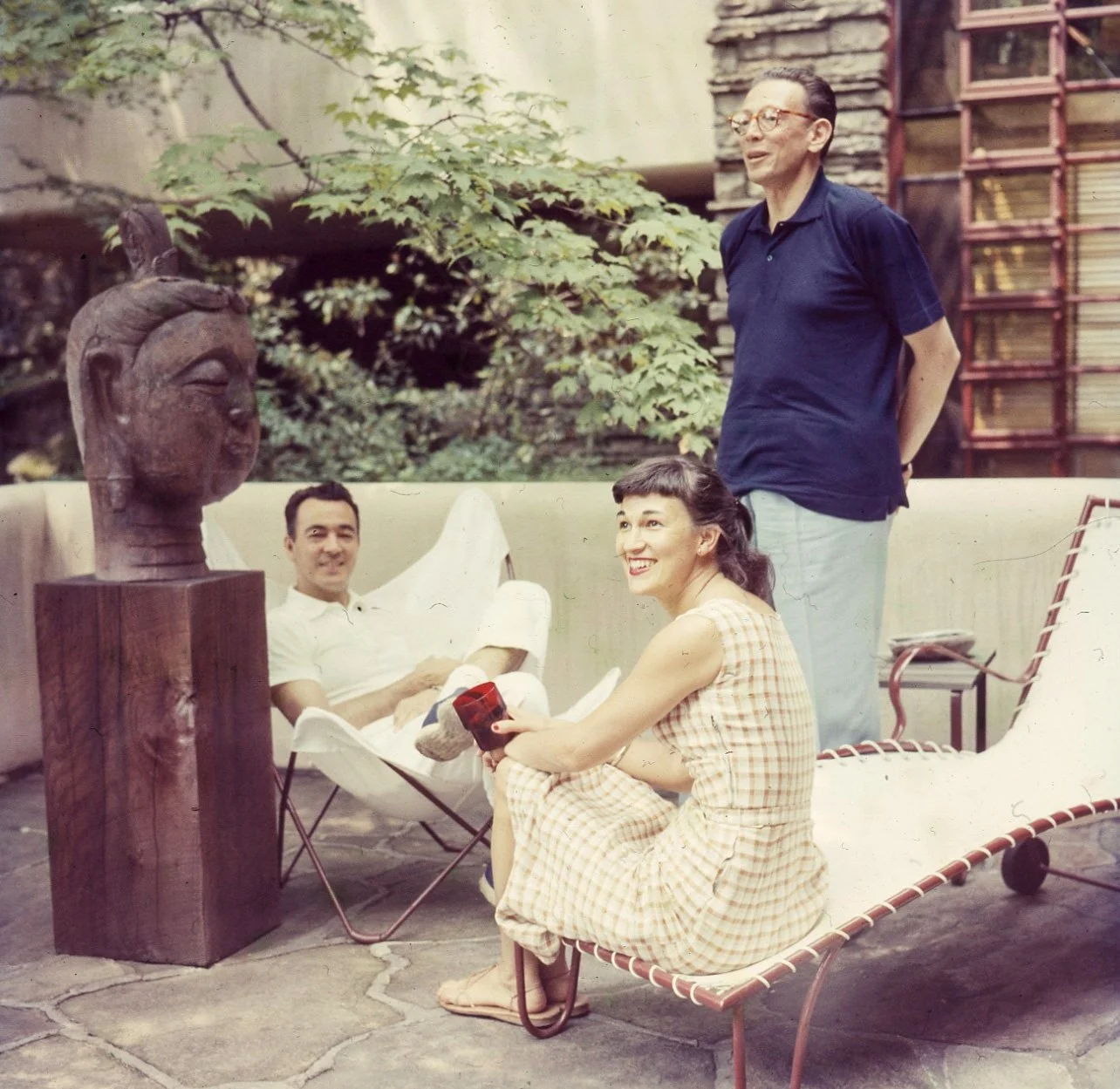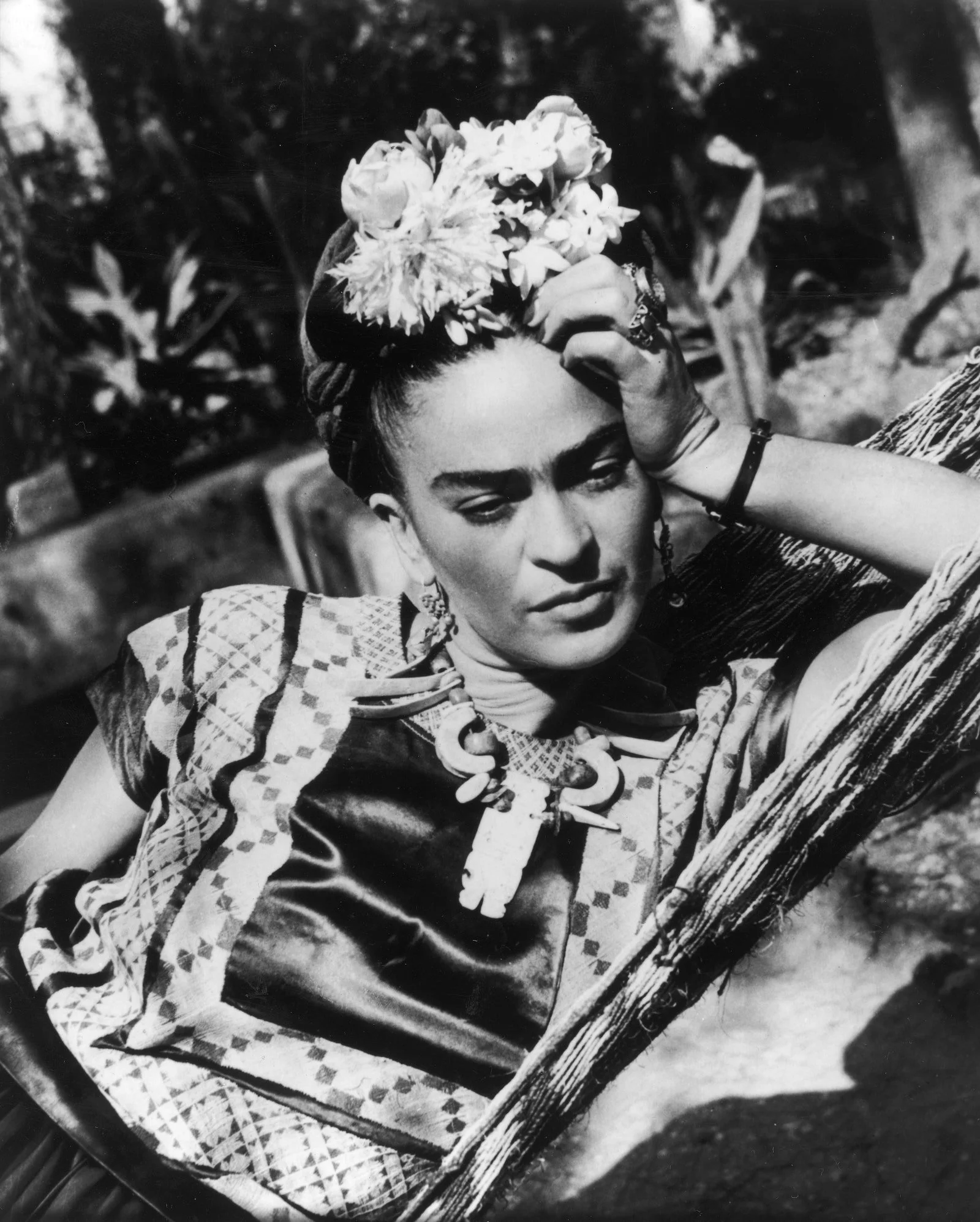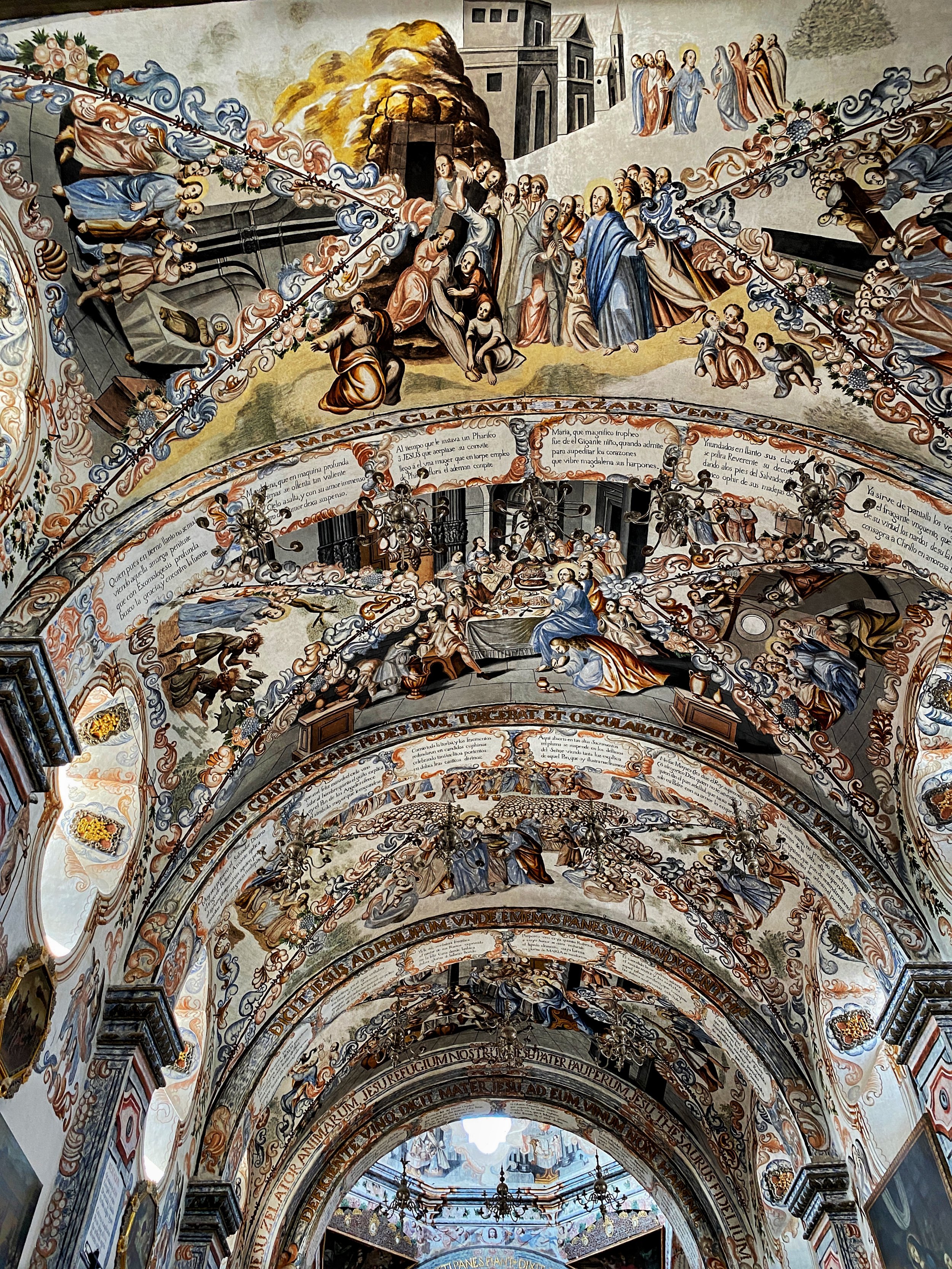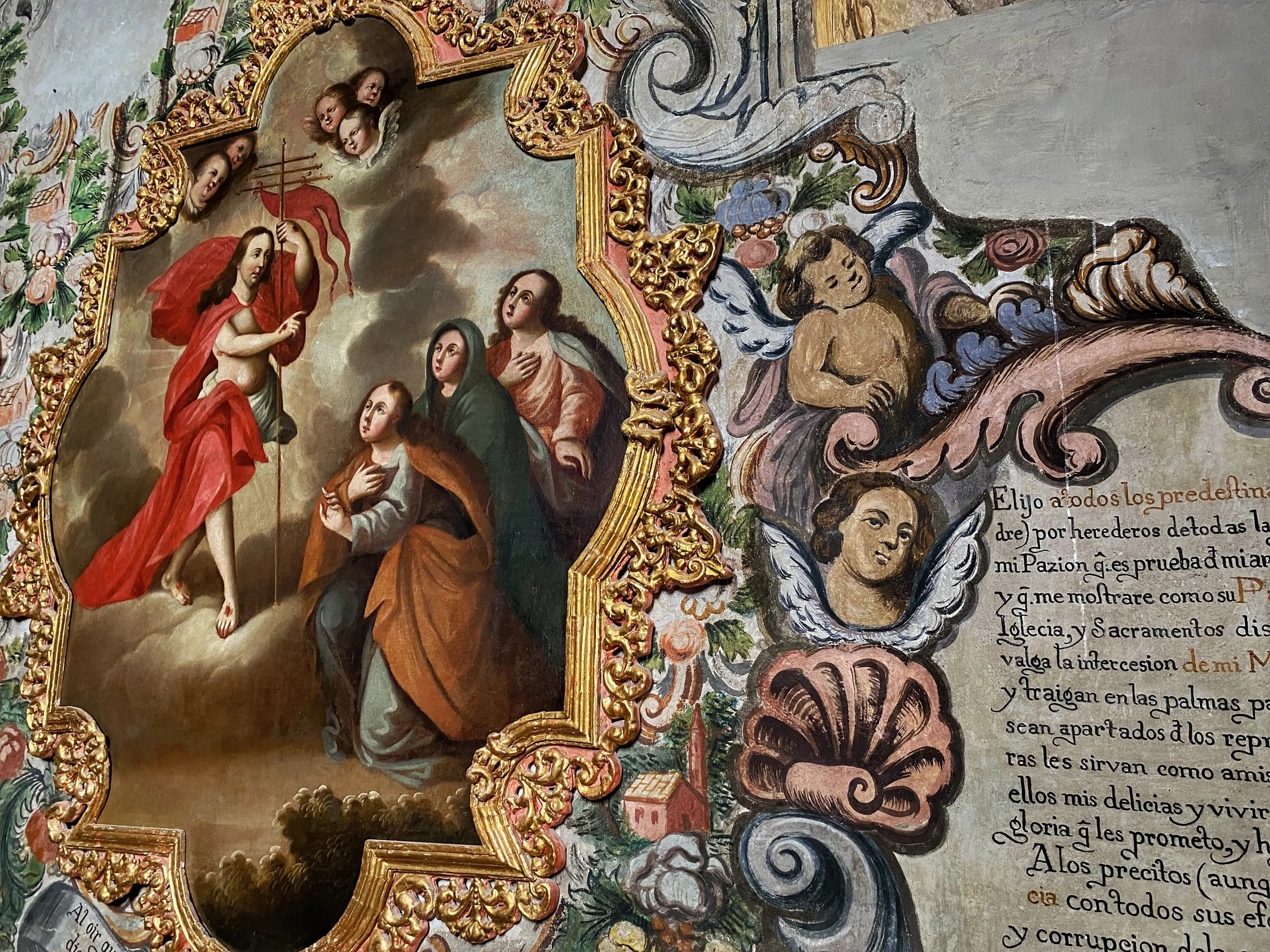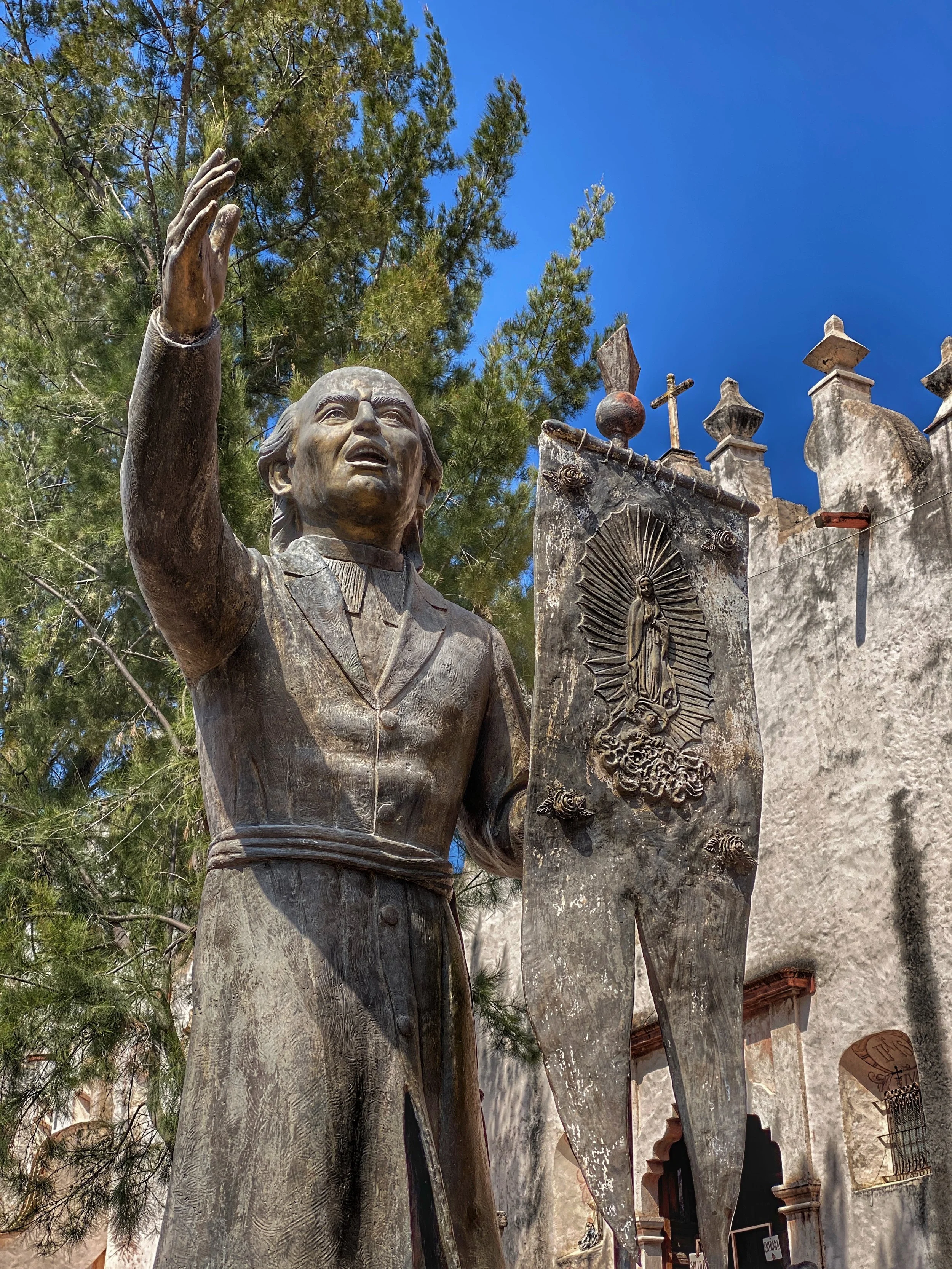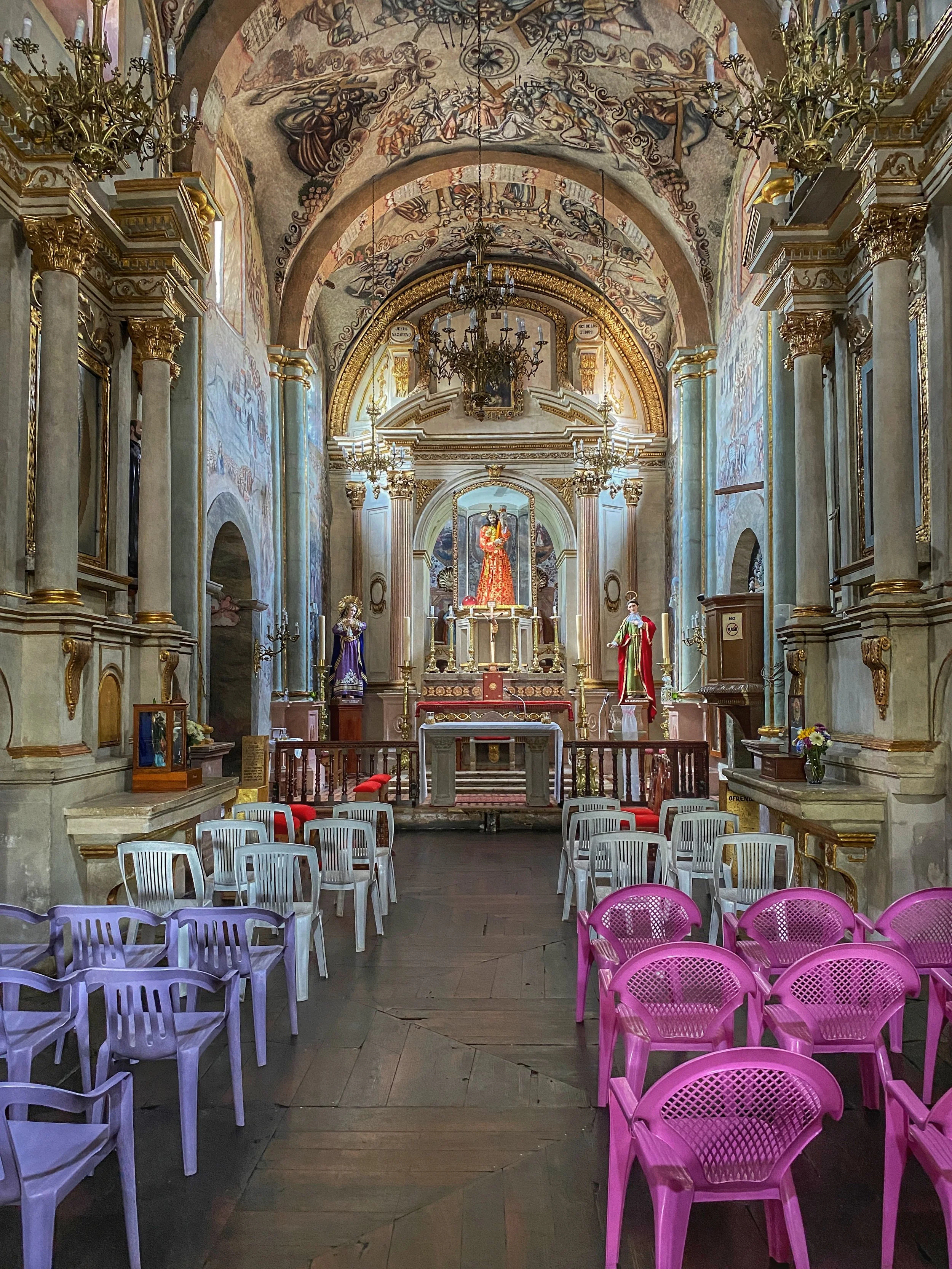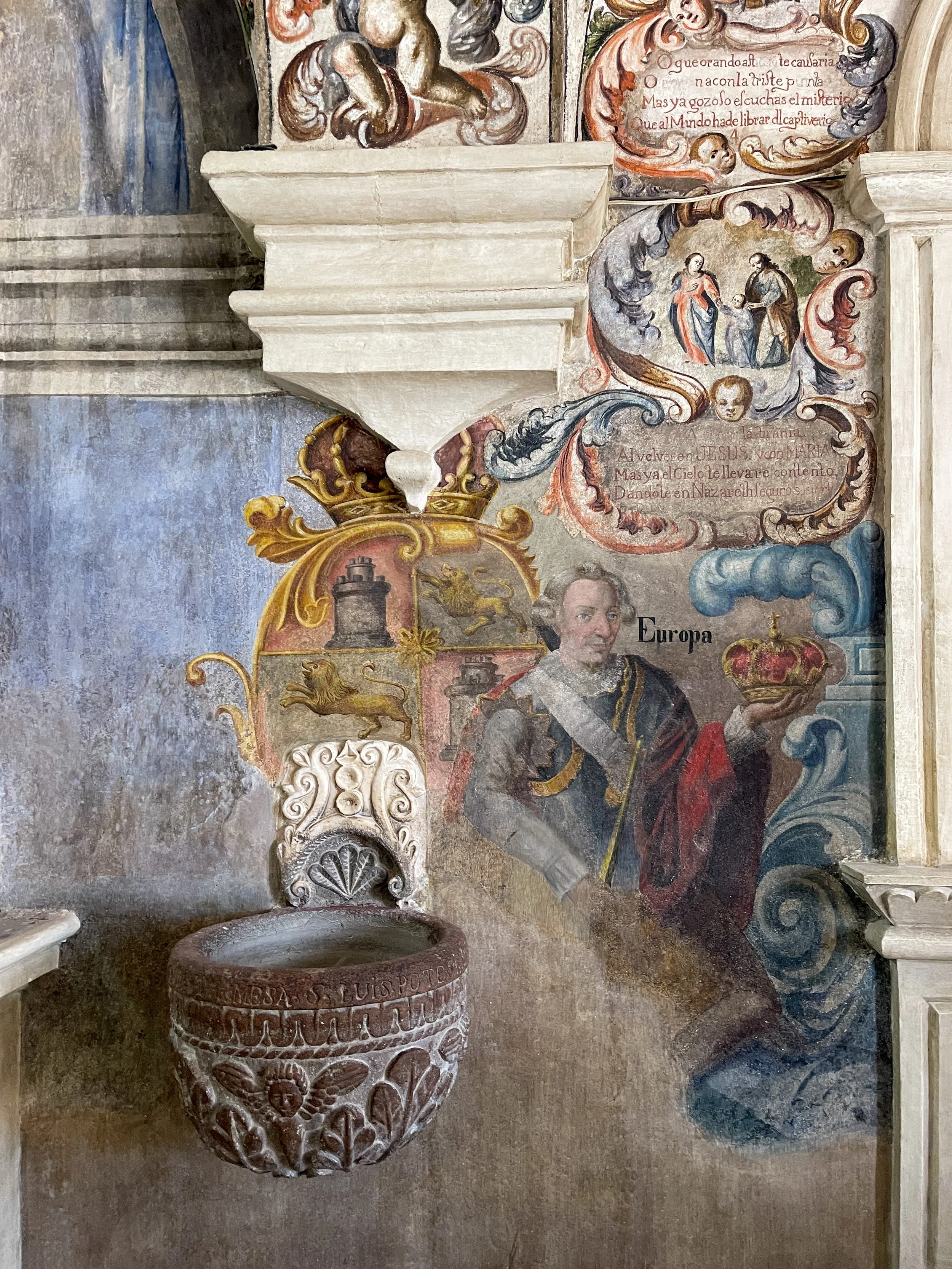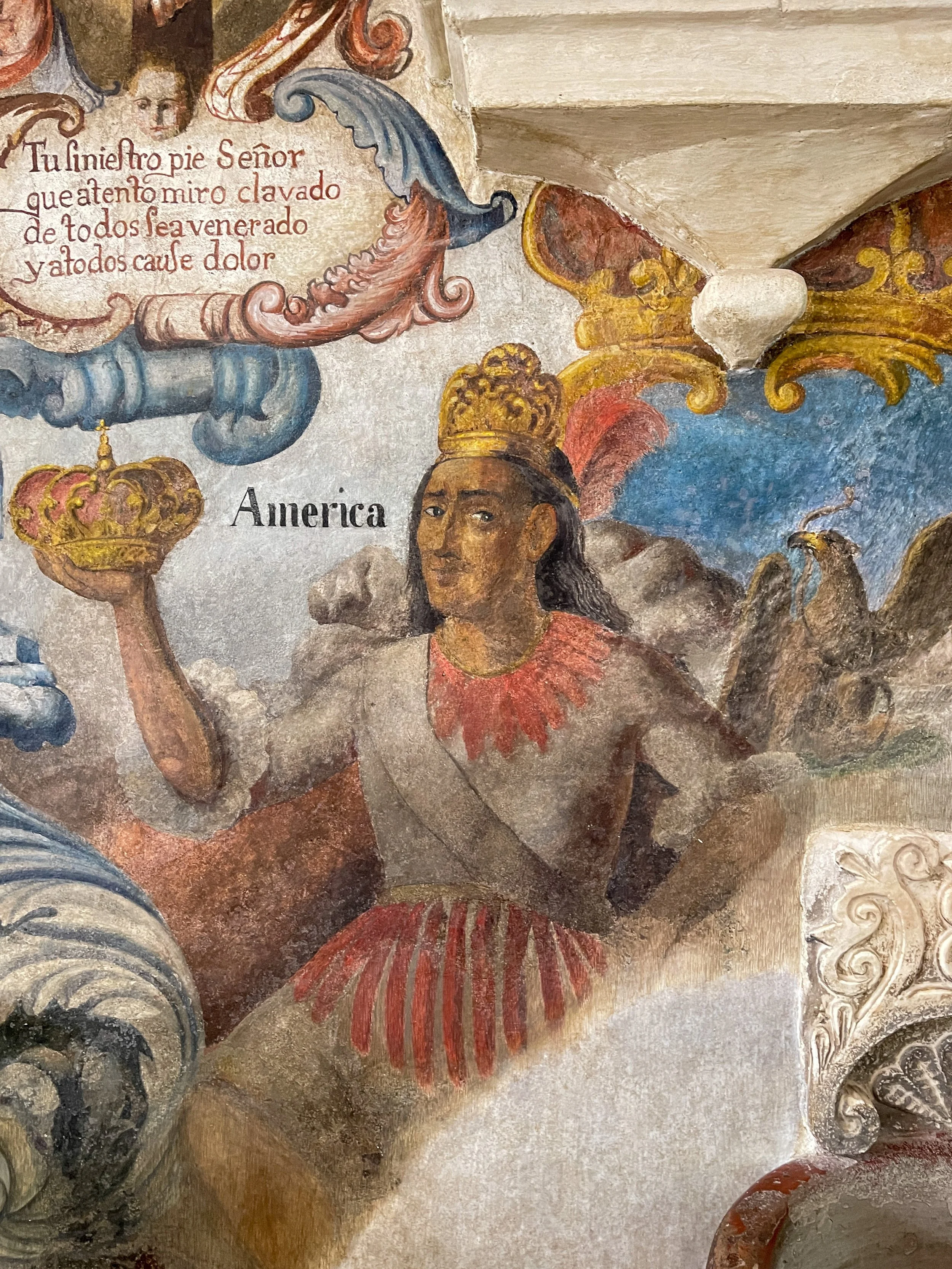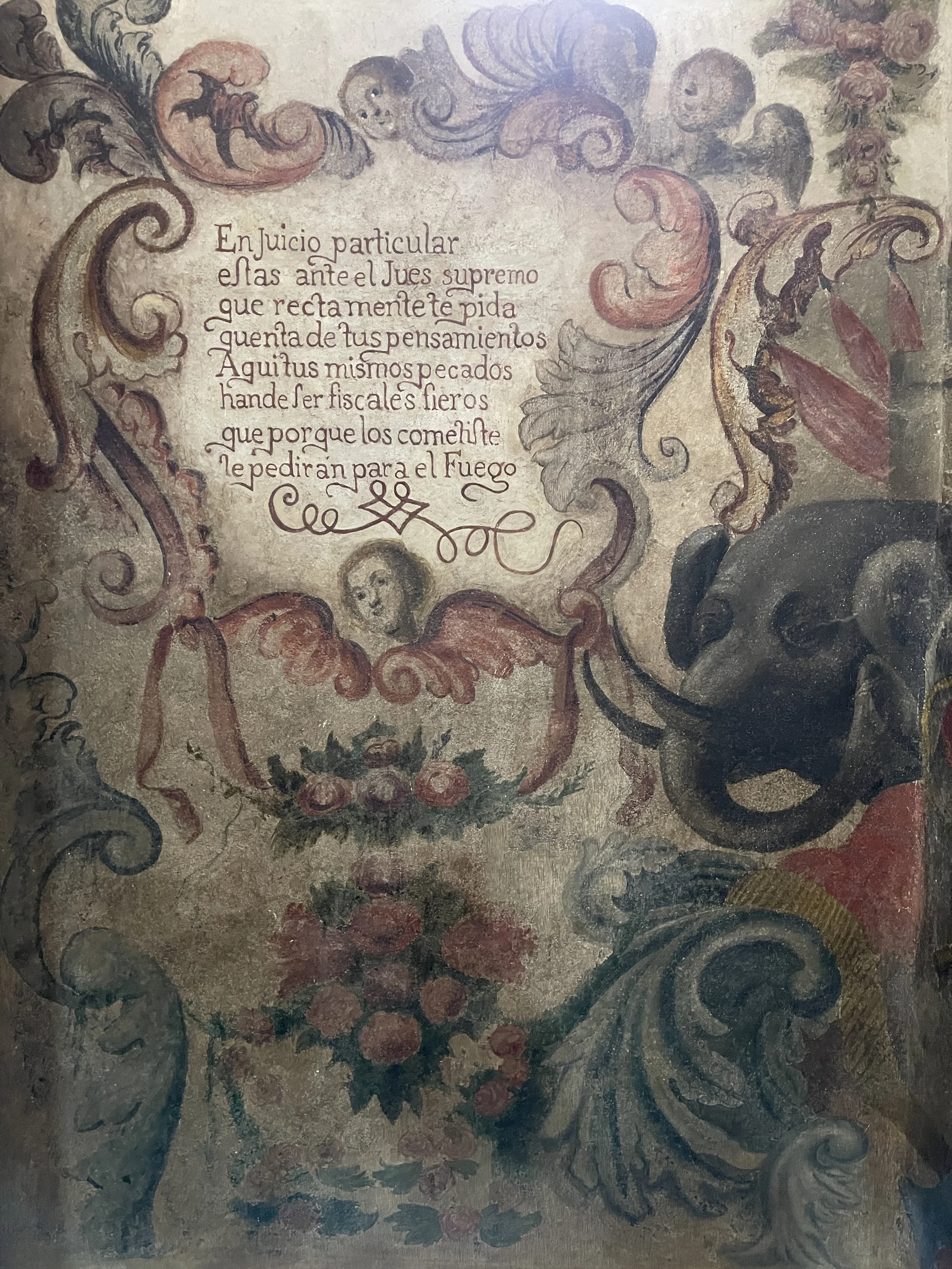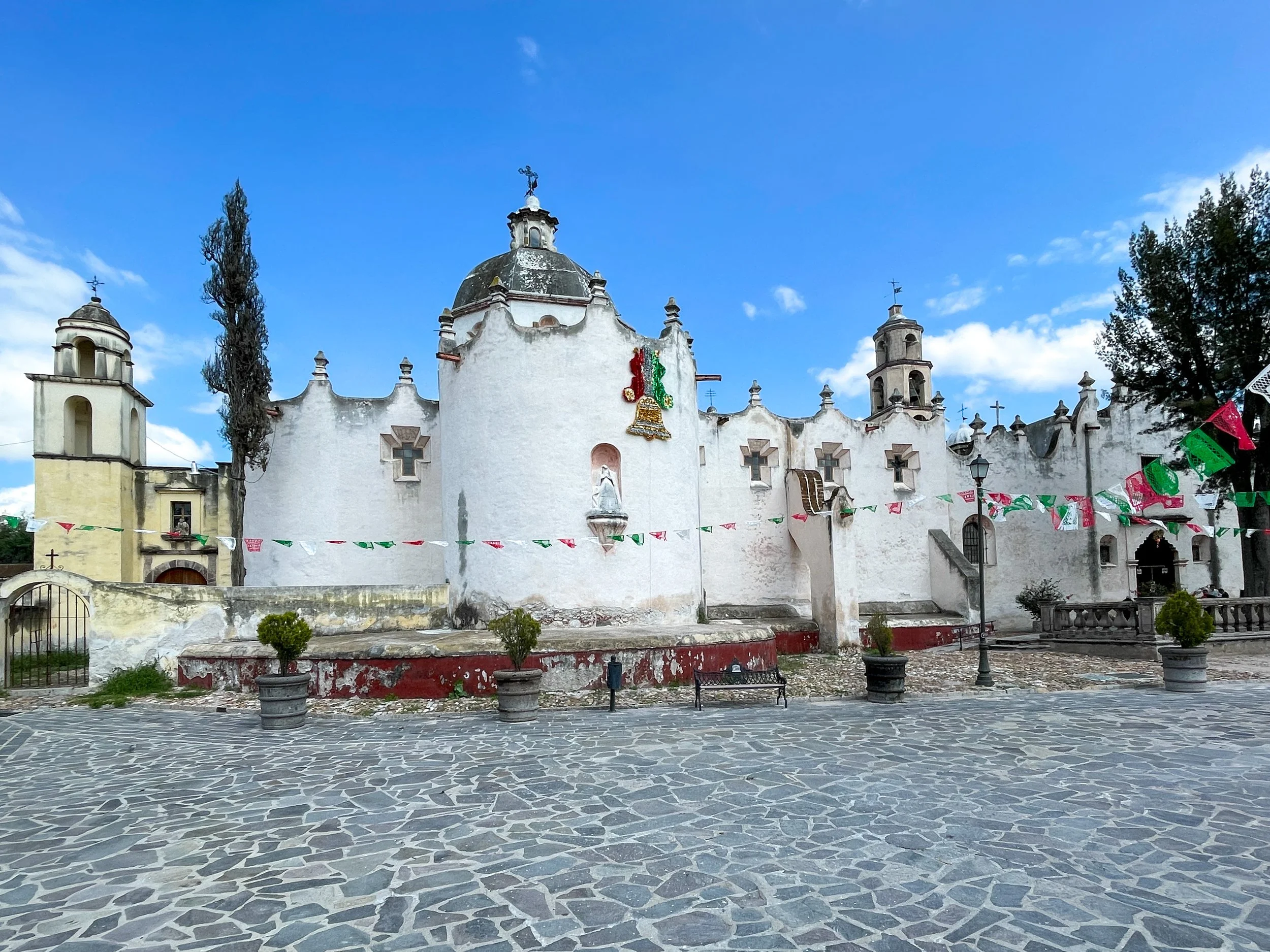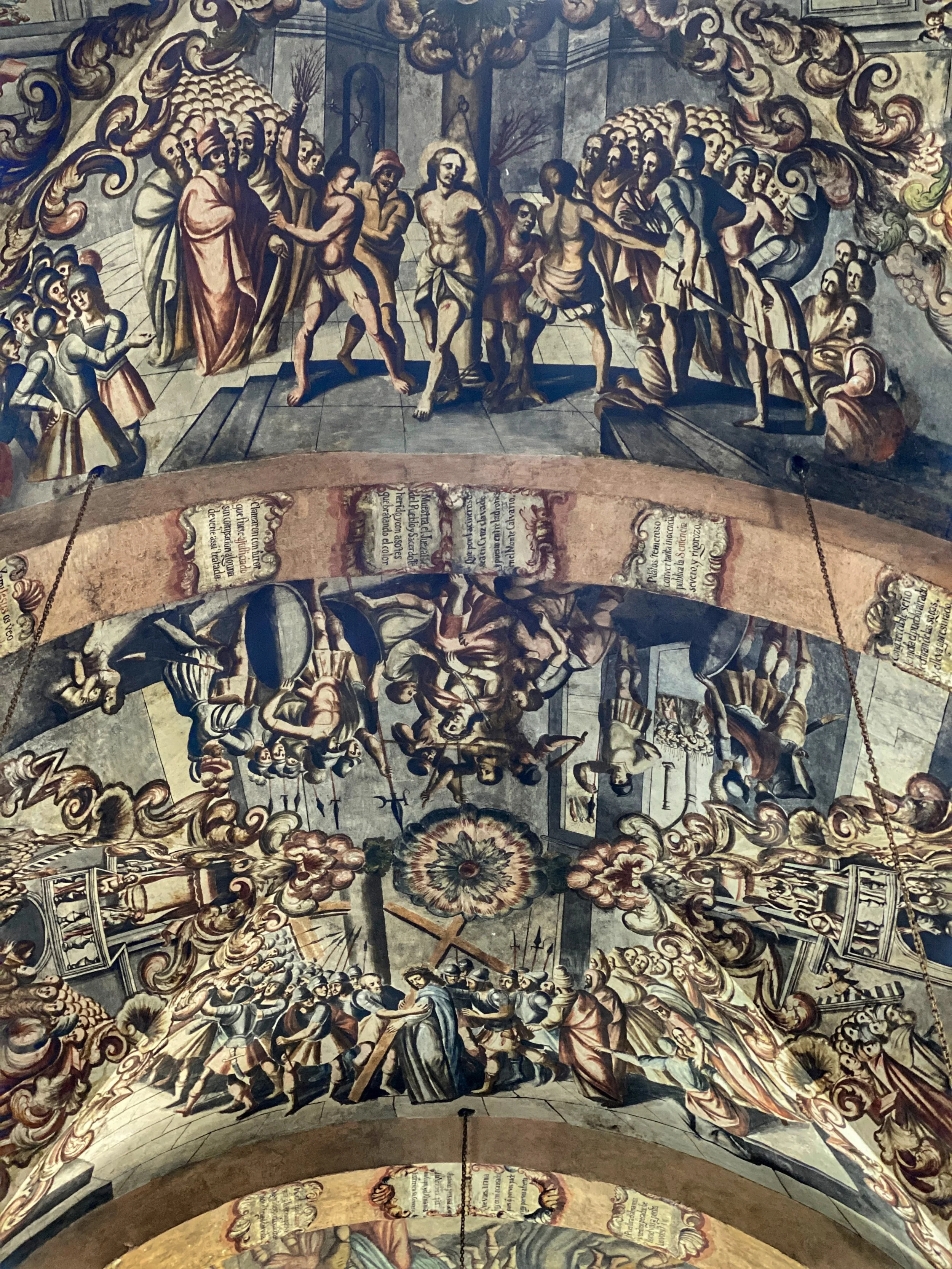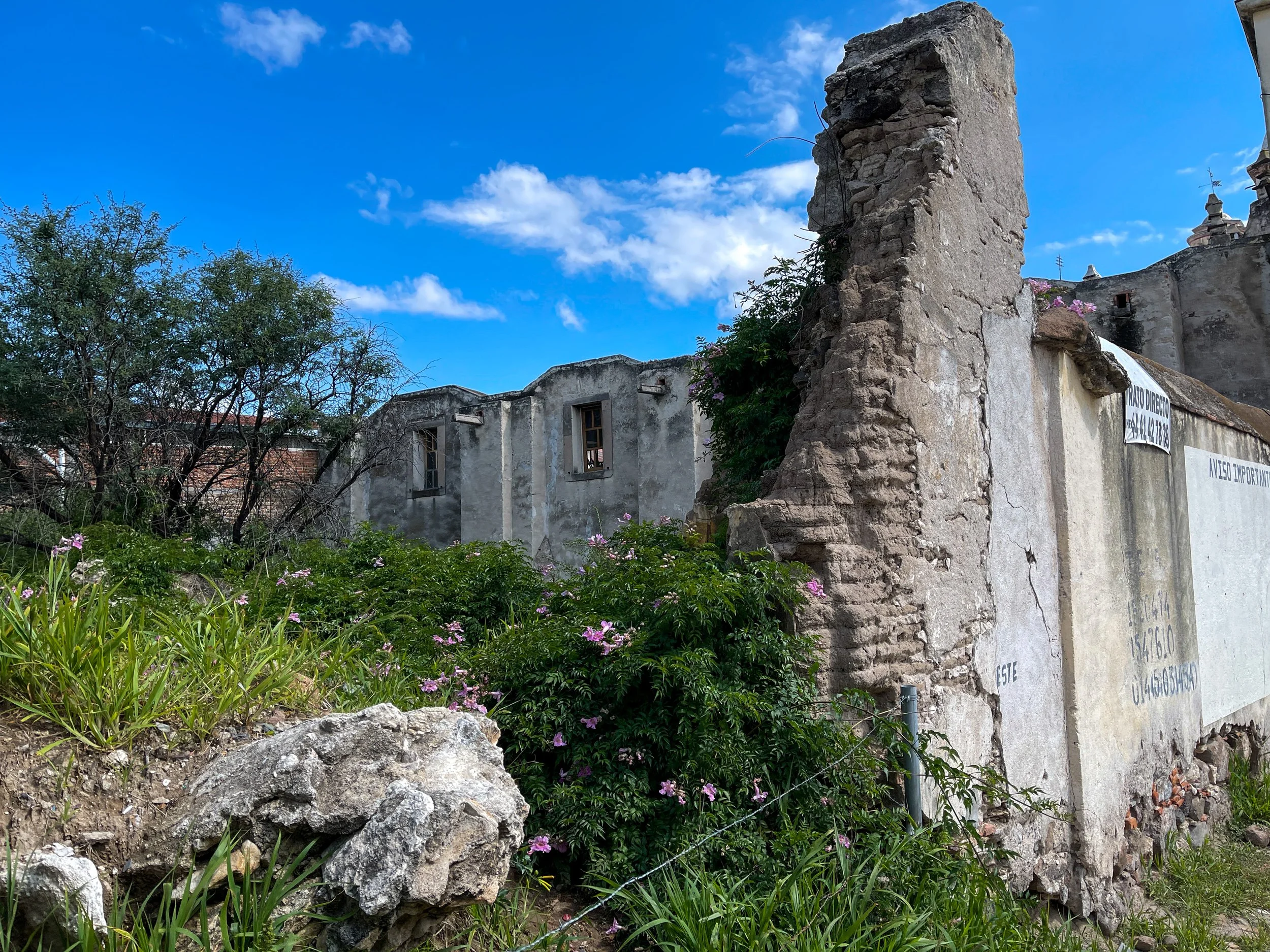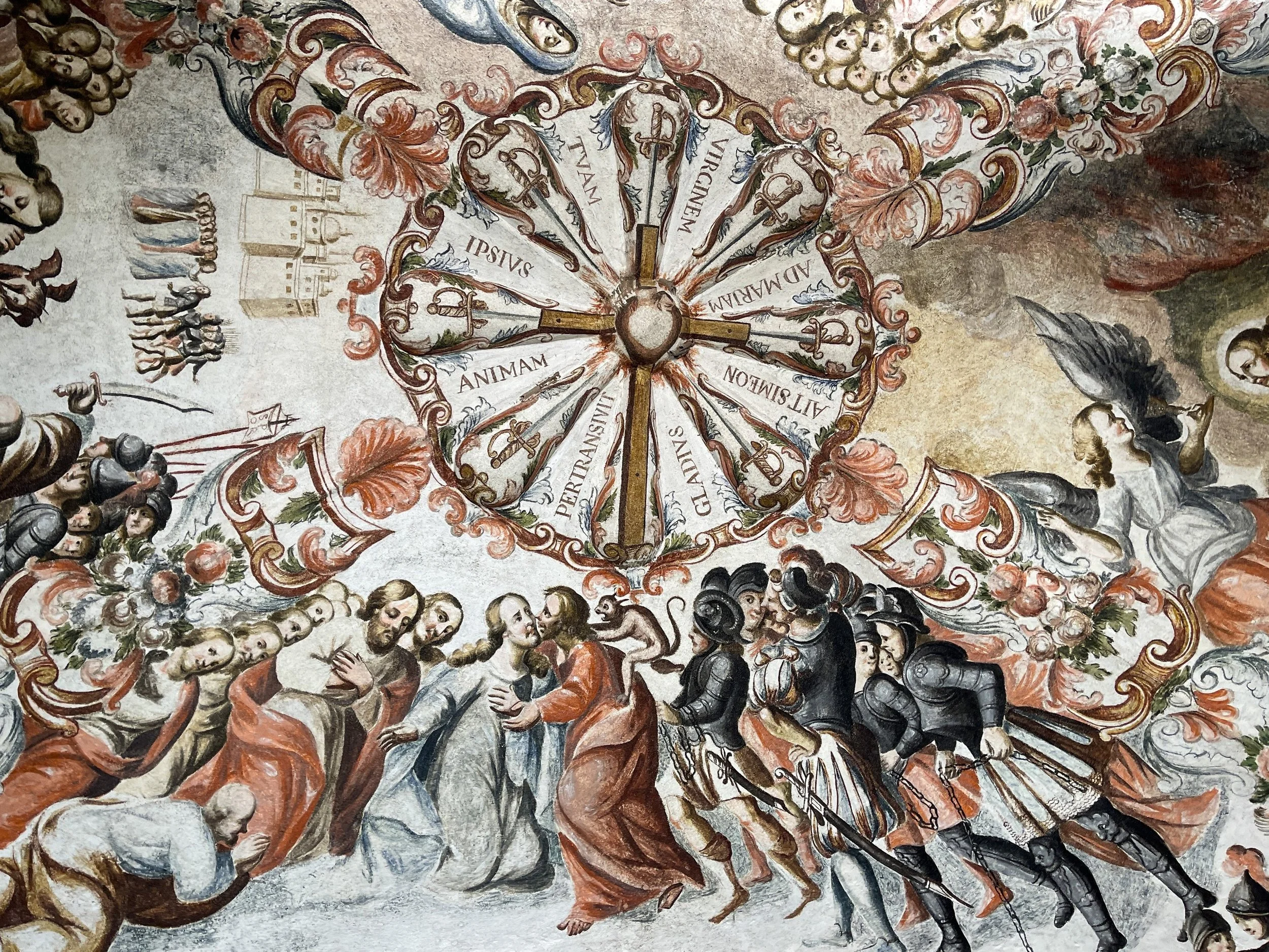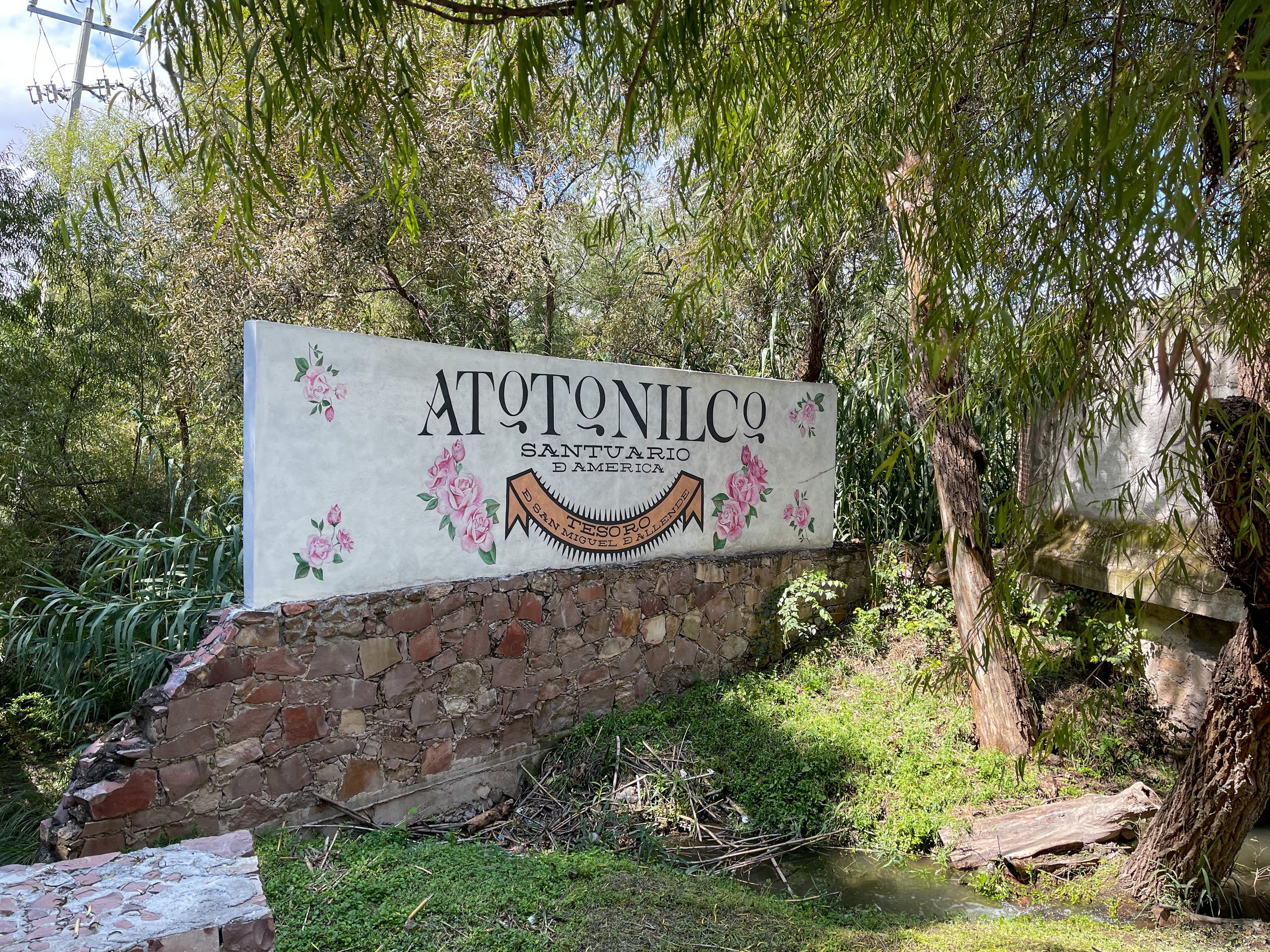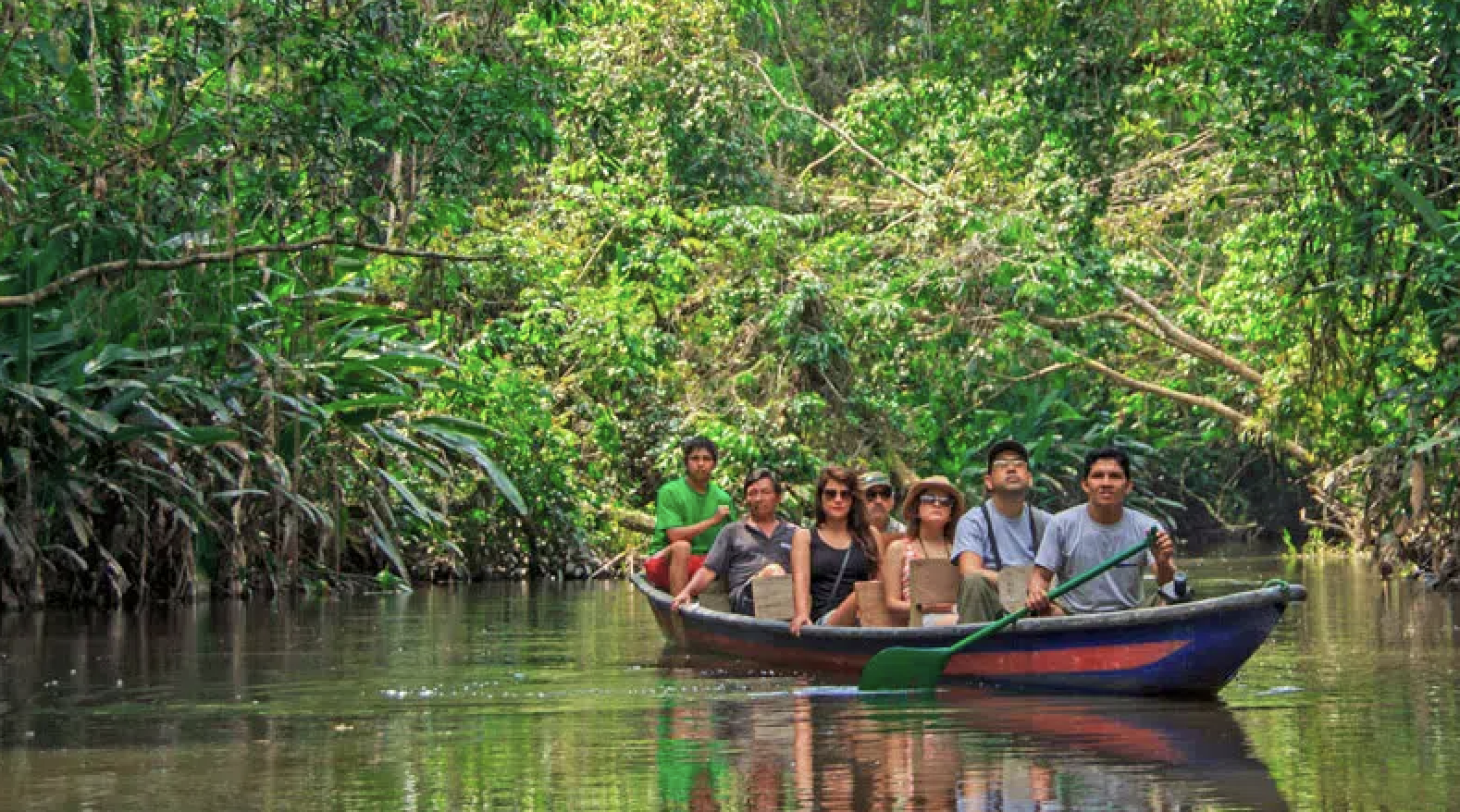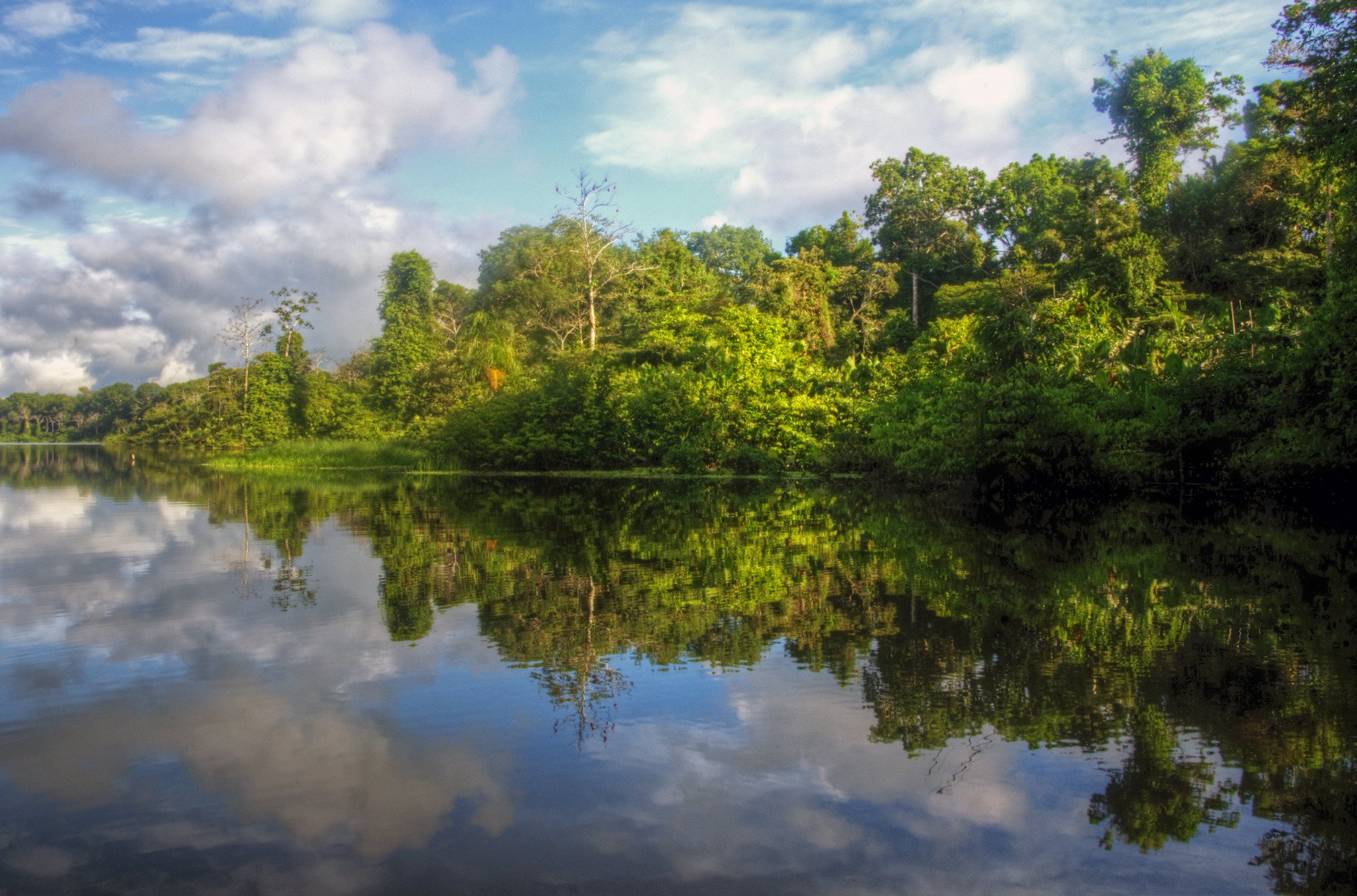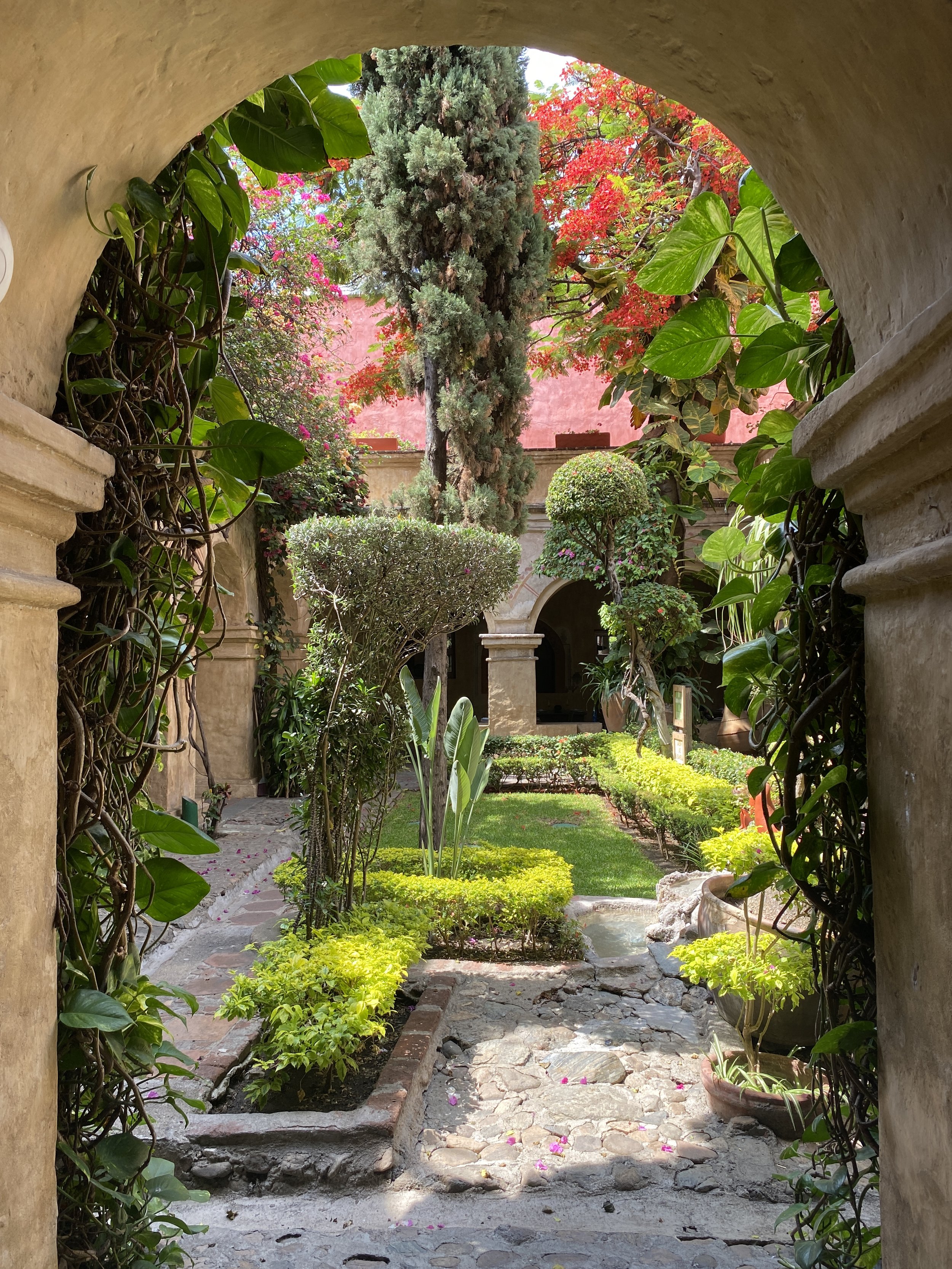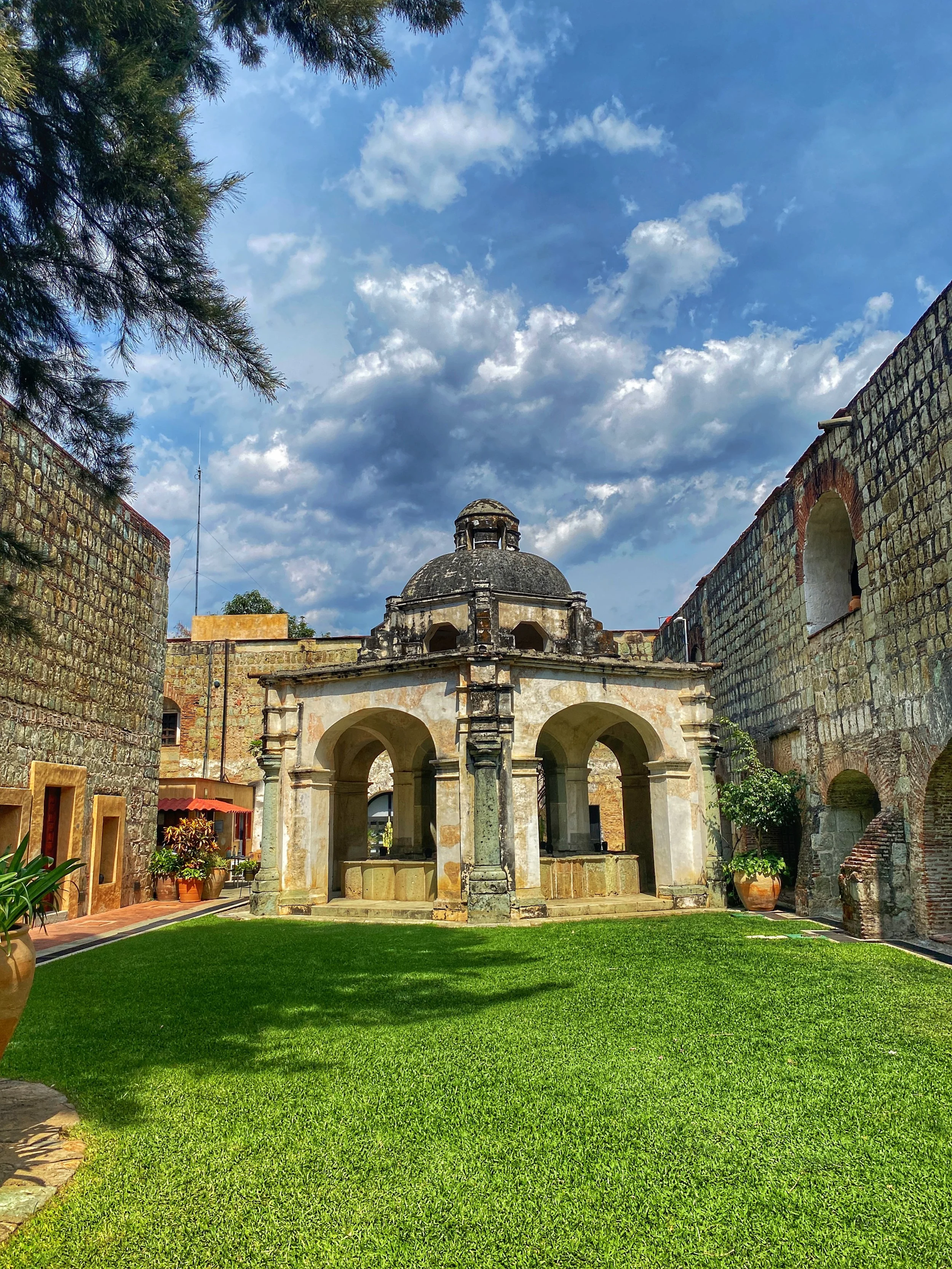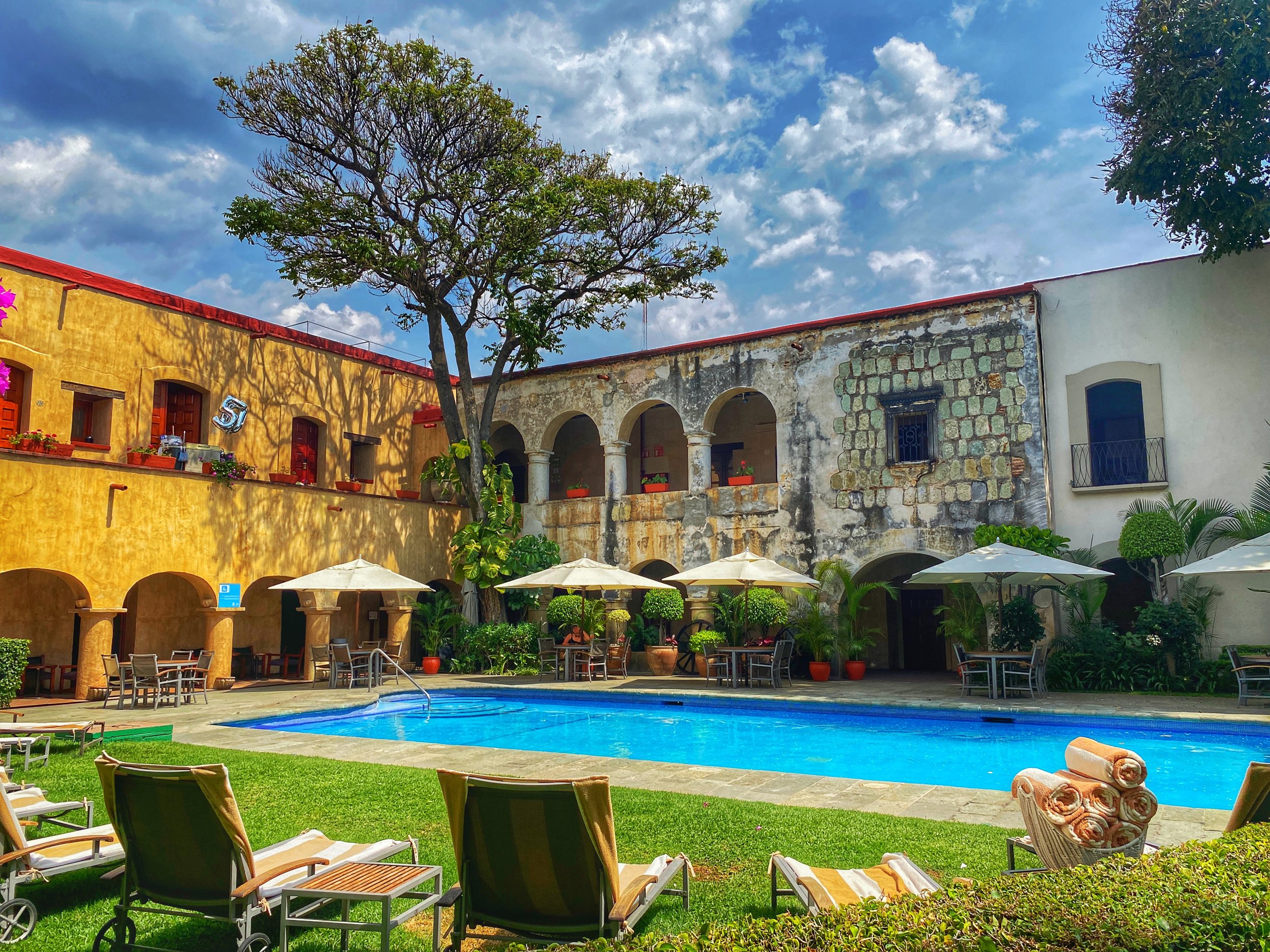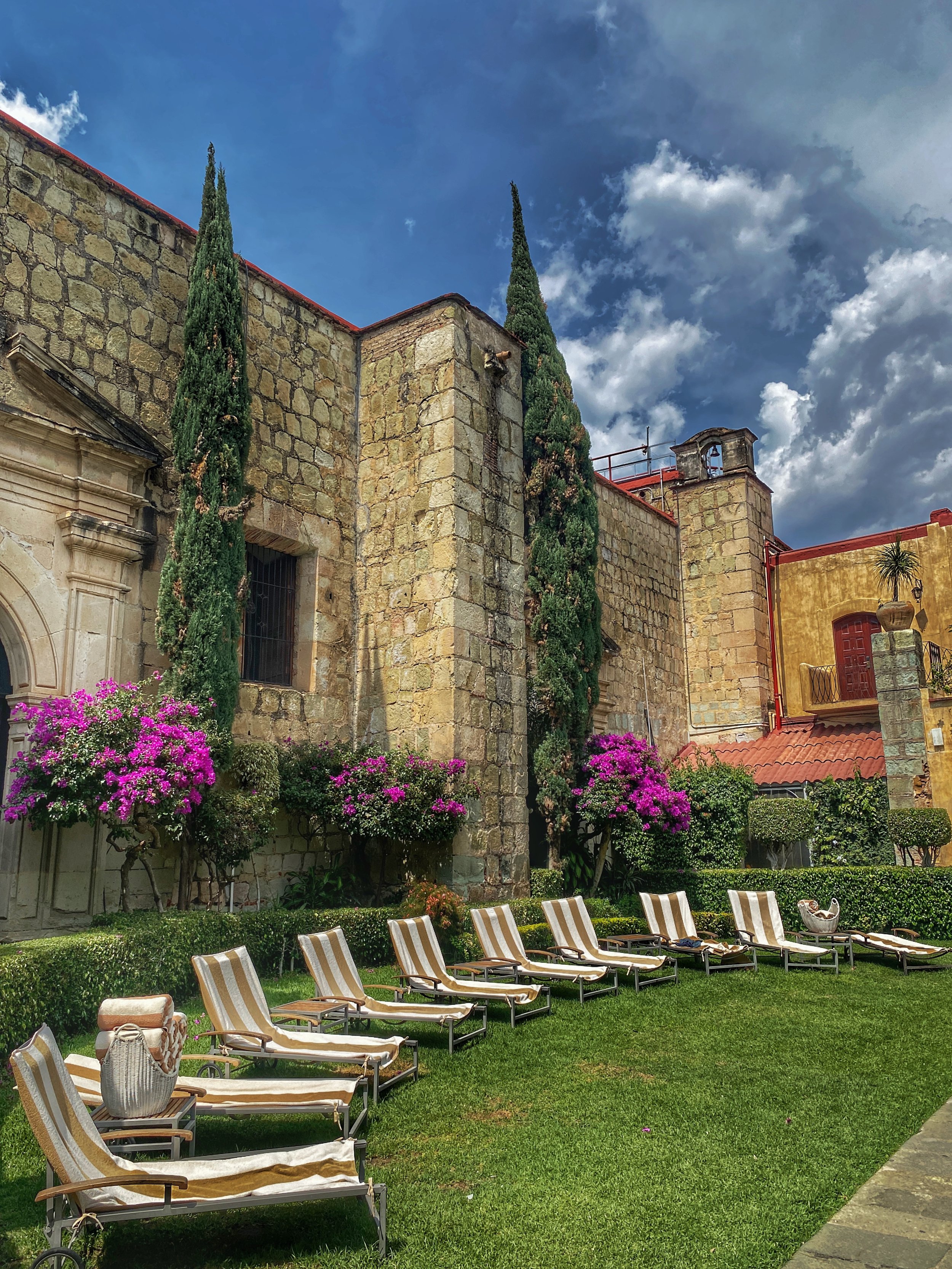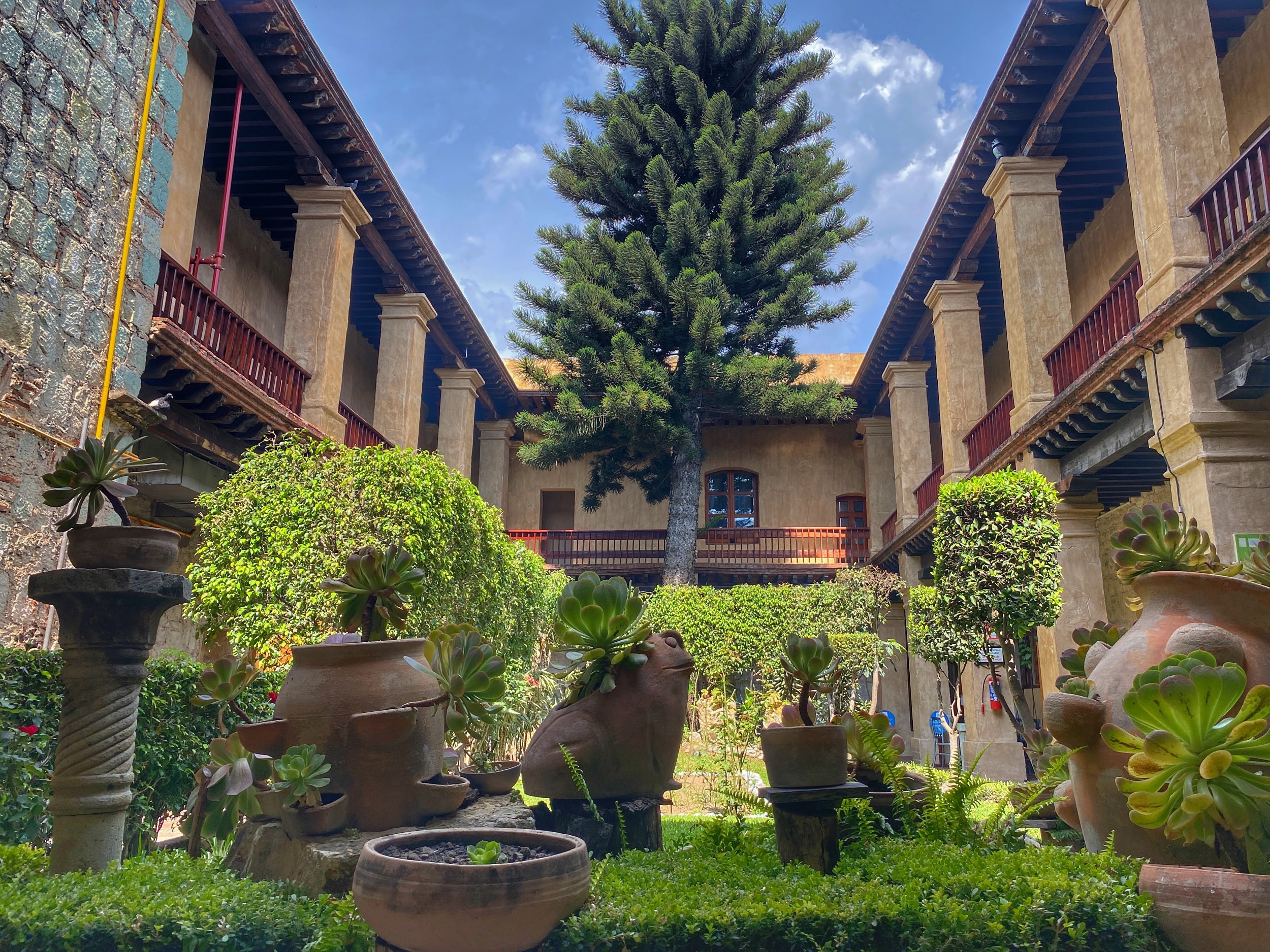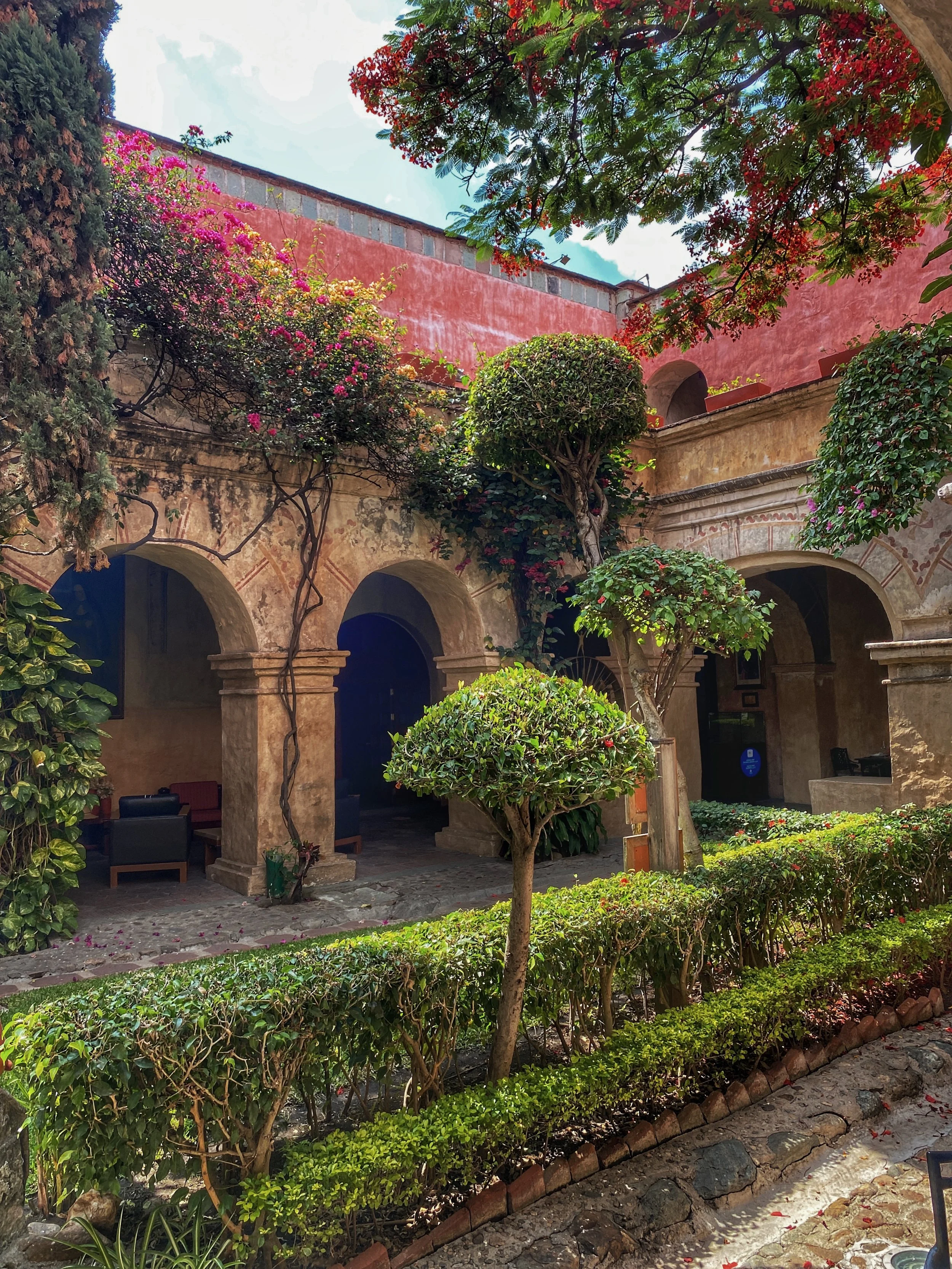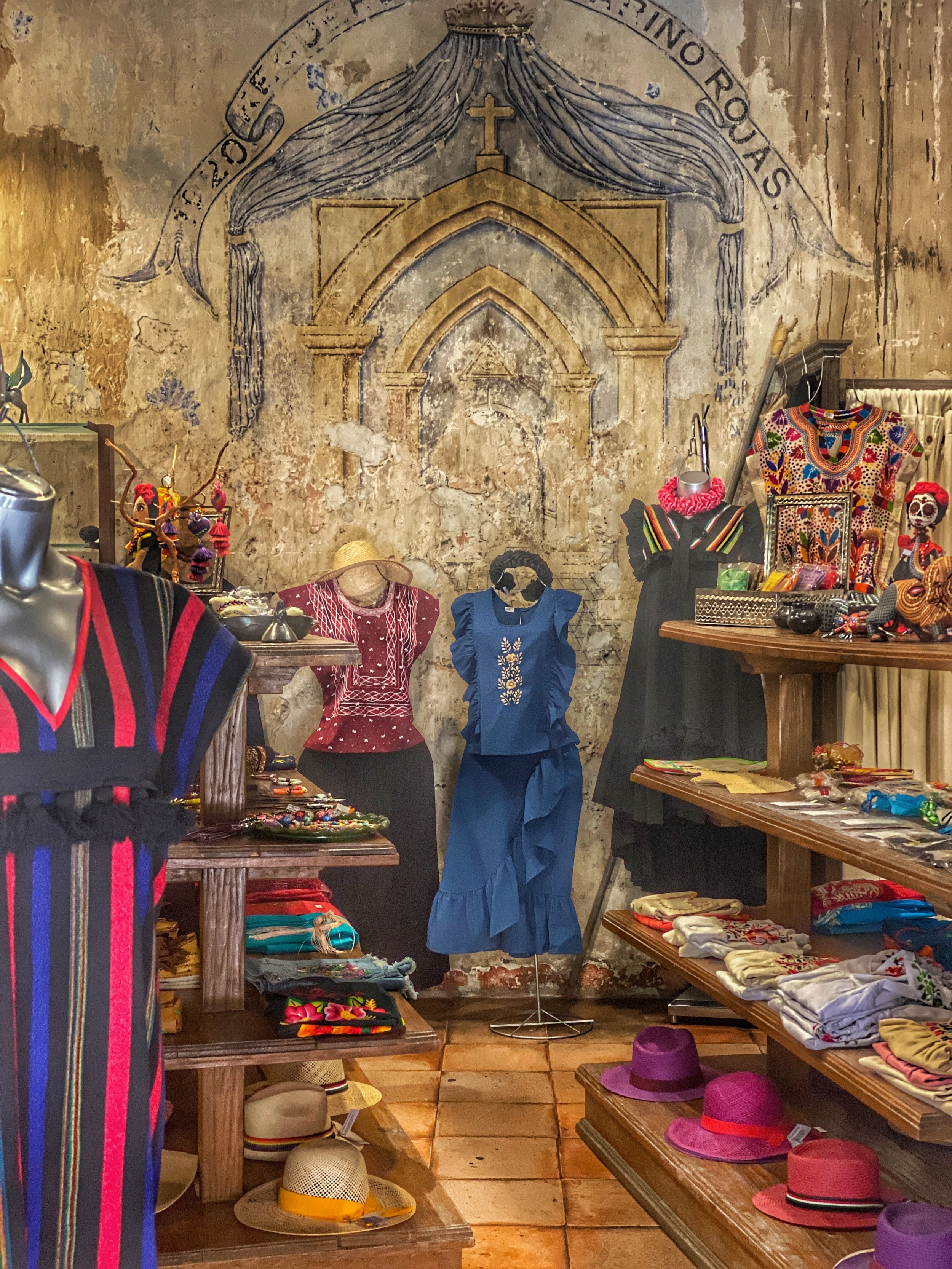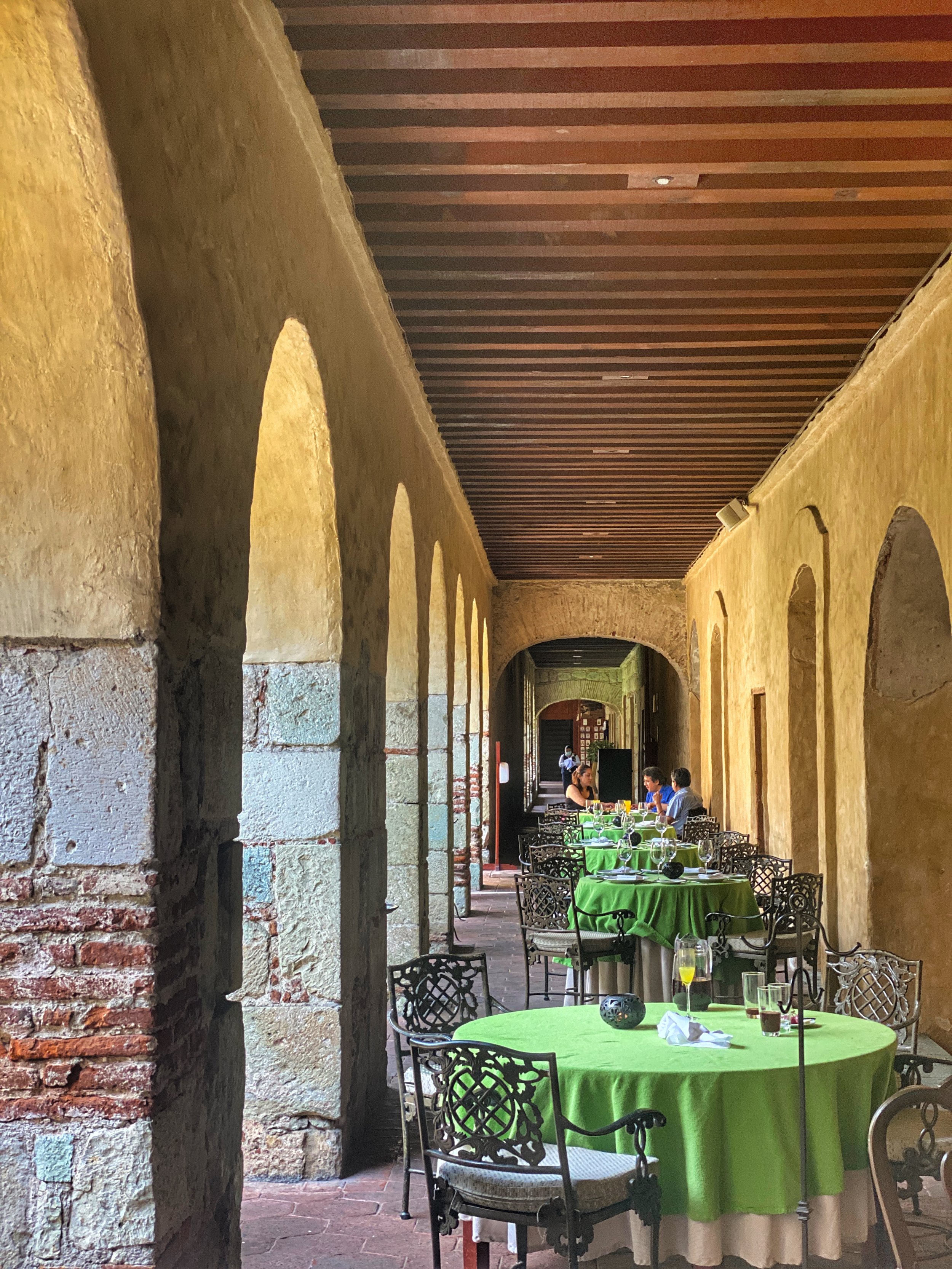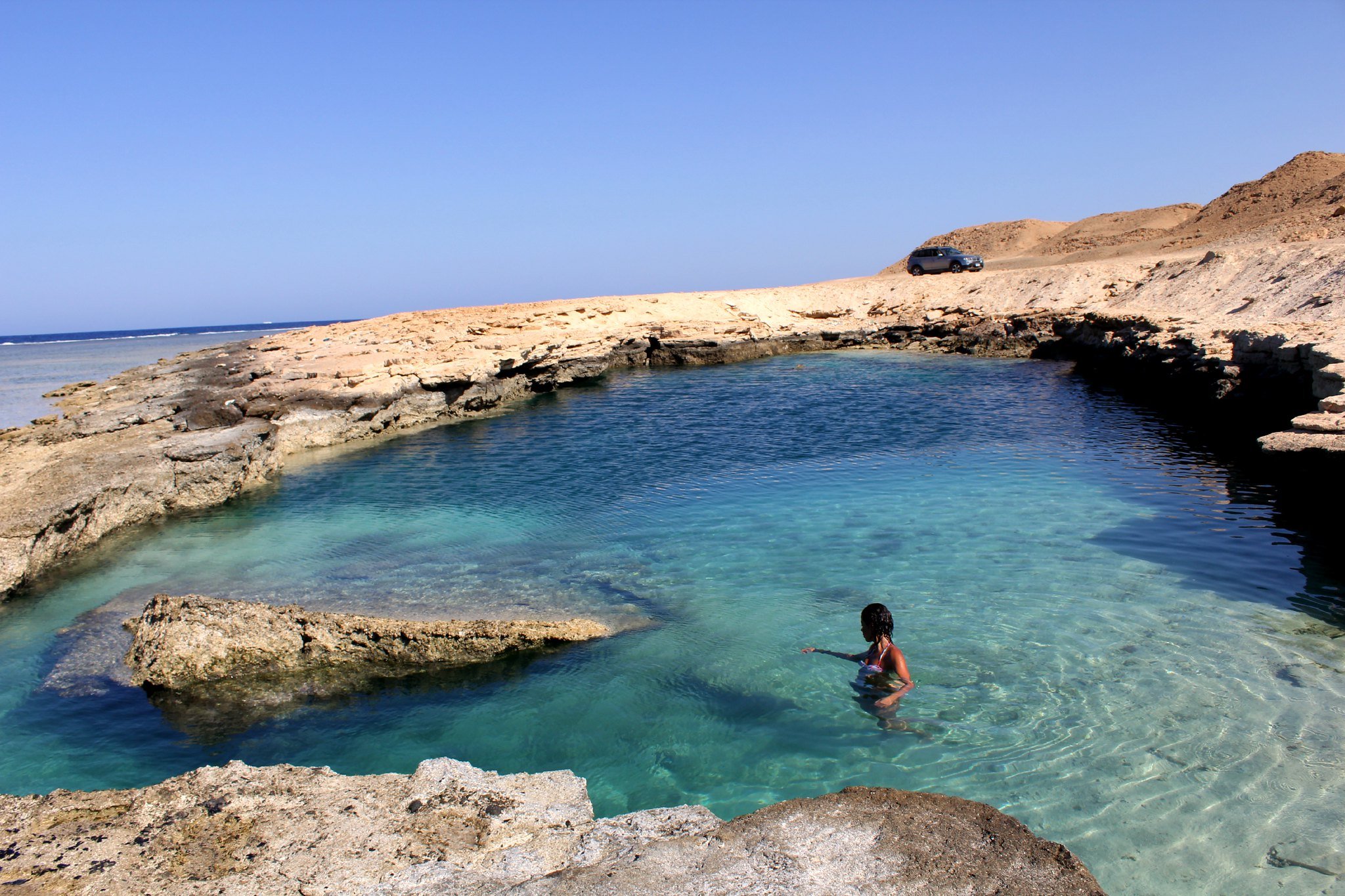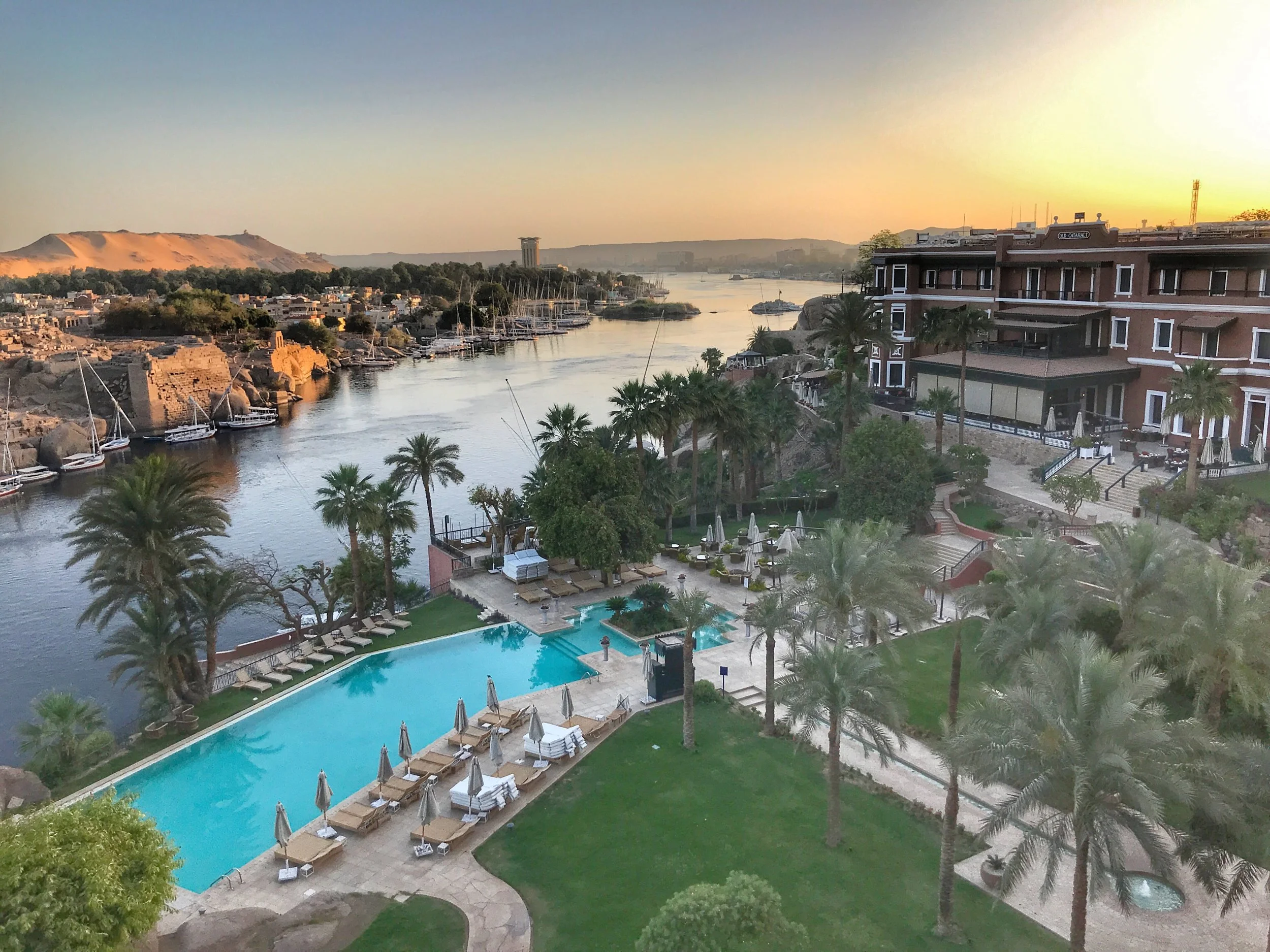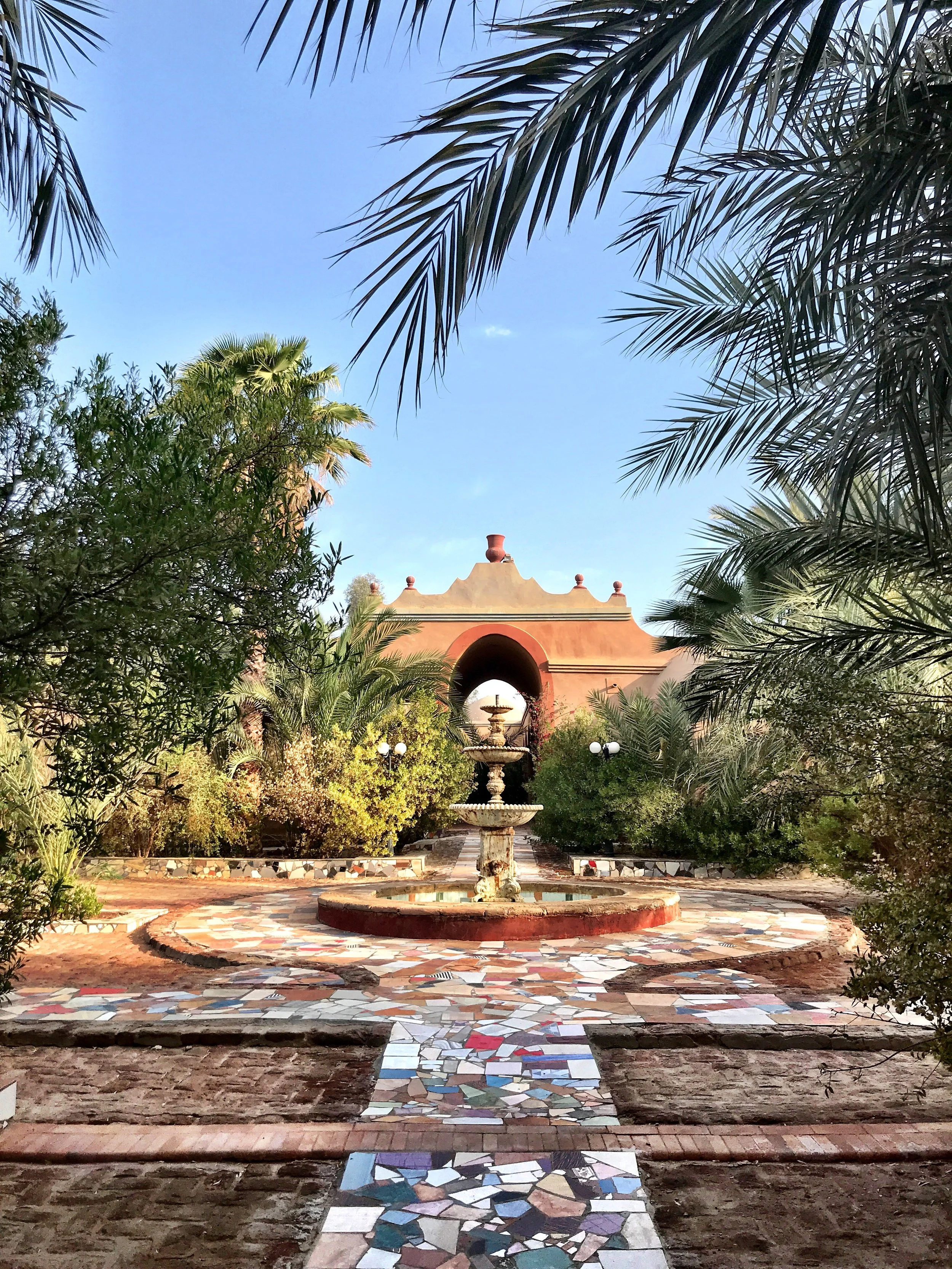A guide to exploring Saint-Émilion’s vineyards, village and tasting rooms — and how to pick a wine tour that matches your style.
If you’re heading to Bordeaux, you’re probably already dreaming of rolling vineyards, sleepy stone villages, and a wine glass that magically refills itself. But with so many Saint-Émilion wine tours on offer, picking the right one can feel like uncorking a bottle without a corkscrew — possible, but not exactly desirable.
Bordeaux Wine Pilgrim takes the guesswork out of it. Their tours are made for travellers who want clear explanations (not wine snob lectures), beautiful estates, and an easy, stress-free way to sip their way through France’s most legendary reds. And Saint-Émilion — all medieval lanes, limestone caves and Merlot-rich soils — is the crown jewel.
Why Choose Bordeaux Wine Pilgrim
Some wine tours throw you into a bus with 40 strangers and hope you can hear the guide over the hum of the air conditioning. This is not that.
Bordeaux Wine Pilgrim’s tours are led by trained guides who know their Médoc from their Merlot — and can explain it without making you regret not studying oenology in college. They’re ranked number 1 for Saint Emilion wine tours. Every experience is curated to be informative, relaxed and approachable, whether you’re a seasoned sipper or still learning to say “Saint-Émilion” without panicking. (For the record, it’s essentially: “San Eh-mee-lee-on.”)
Expect confirmed château visits, smooth logistics, comfortable transport, and itineraries that leave room to breathe (and browse and taste).
Group or Private Saint-Émilion Wine Tours
Small-group tours
Perfect for solo travellers, couples or anyone who loves meeting fellow wine pilgrims along the way. These tours follow a route with estates chosen for great storytelling, strong wines and photogenic views. Think: effortless, sociable and ideal for a first visit.
Private tours
More flexibility, more control, and more time to linger wherever your heart (or palate) desires. Want to focus on small family-run estates? Prefer grand château architecture? Need extra time for photos or for climbing the village’s bell tower? Private tours make that easy.
Both formats include pre-booked tastings so you won’t be stuck knocking on winery doors like a character in a French fairy tale.
Confirmed Château Visits
In Saint-Émilion, château access is everything. Many estates require advance bookings — sometimes weeks ahead — and Bordeaux Wine Pilgrim handles all of it. You’ll visit respected producers, from family-owned estates tucked into the limestone to classified growths with centuries of history.
Some appointments are tasting-only; others include in-depth technical tours through vineyards, cellars and barrel rooms. Either way, you get reliable access, without the headache of arranging it yourself.
Transport and Comfort
Saint-Émilion is about 45 minutes from Bordeaux, but figuring out transit — especially if you’re already deep into wine mode — can be a buzzkill.
Bordeaux Wine Pilgrim includes transport from Bordeaux or Saint-Émilion in air-conditioned vans with clear meeting points and a schedule that doesn’t feel rushed.
If you prefer something more active, they also offer e-bike tours, which are as dreamy as they sound: gentle hills, quiet country roads, and vineyard views gliding past at exactly the right speed.
Wine Expertise and Storytelling
A great wine guide doesn’t just pour; they tell the story behind the pour.
Bordeaux Wine Pilgrim’s guides break down the essentials: grape varieties, how Saint-Émilion’s limestone affects flavor, why the classification system matters, and what makes each estate distinct. Tastings are presented step-by-step so even beginners feel confident identifying aromas beyond “red wine” and “more red wine.”
The Experience in the Village
Saint-Émilion itself is a UNESCO fever dream — steep cobblestones, honey-colored stone, and vineyard views that look straight out of a wine label.
Bordeaux Wine Pilgrim gives you time to wander: explore the medieval lanes, visit the monolithic church (carved entirely out of rock), hunt for macarons from the village’s historic bakers, or sip a coffee on a terrace overlooking the vines. A well-planned tour should always include these options, and theirs does.
FAQs About Choosing a Saint-Émilion Wine Tour With Bordeaux Wine Pilgrim
How long are the tours?
Half-day tours run about four hours with one or two estates. Full-day tours last seven to eight hours with multiple tastings and time in the village.
Are the tours suitable for beginners?
Absolutely. Guides explain everything in approachable, straightforward language — no jargon, no intimidation.
Can I request specific châteaux?
Yes, for private tours. Small-group tours follow a set itinerary with confirmed visits.
Do I need to organize my own transport?
No. Transport is included from Bordeaux or Saint-Émilion, depending on the tour.
When is the best time to visit?
Spring and autumn offer perfect vineyard scenery. Summer is lively and sunny; winter brings quieter roads and more château availability.
Is lunch included?
Some full-day tours include a restaurant stop or free time for lunch in the village. Certain itineraries offer picnic options, too.
Are the tours family-friendly?
Yes — especially private tours. Some estates even offer grape juice tastings for younger travellers.
If you want a Saint-Émilion wine tour that blends beautiful landscapes, real expertise and a level of organisation that lets you simply enjoy the day, Bordeaux Wine Pilgrim is a solid pick — whether you’re there for the wine, the history or just the chance to live your best “I’m in France drinking Merlot at 2 p.m.” life. –Sophia Martin


